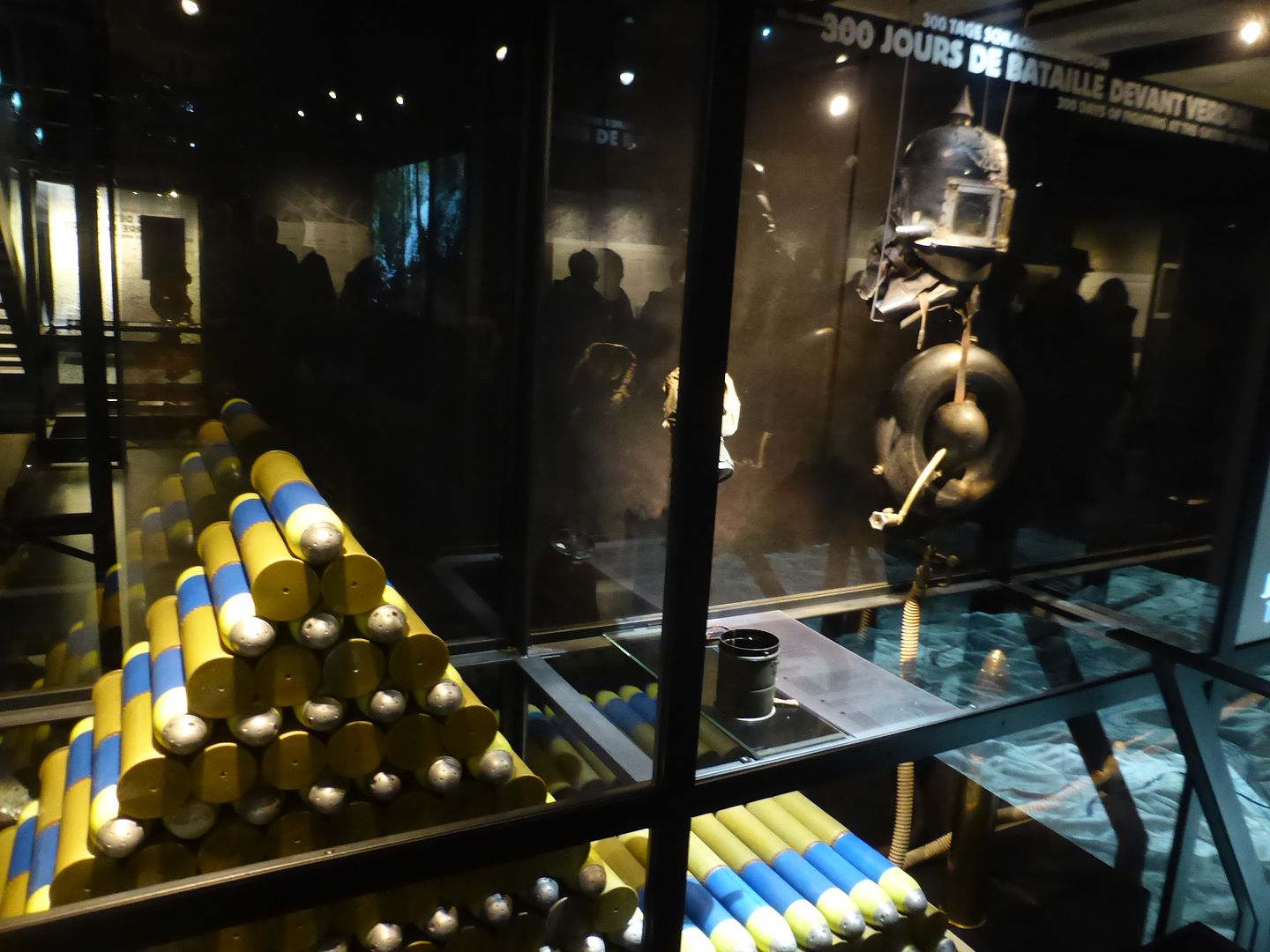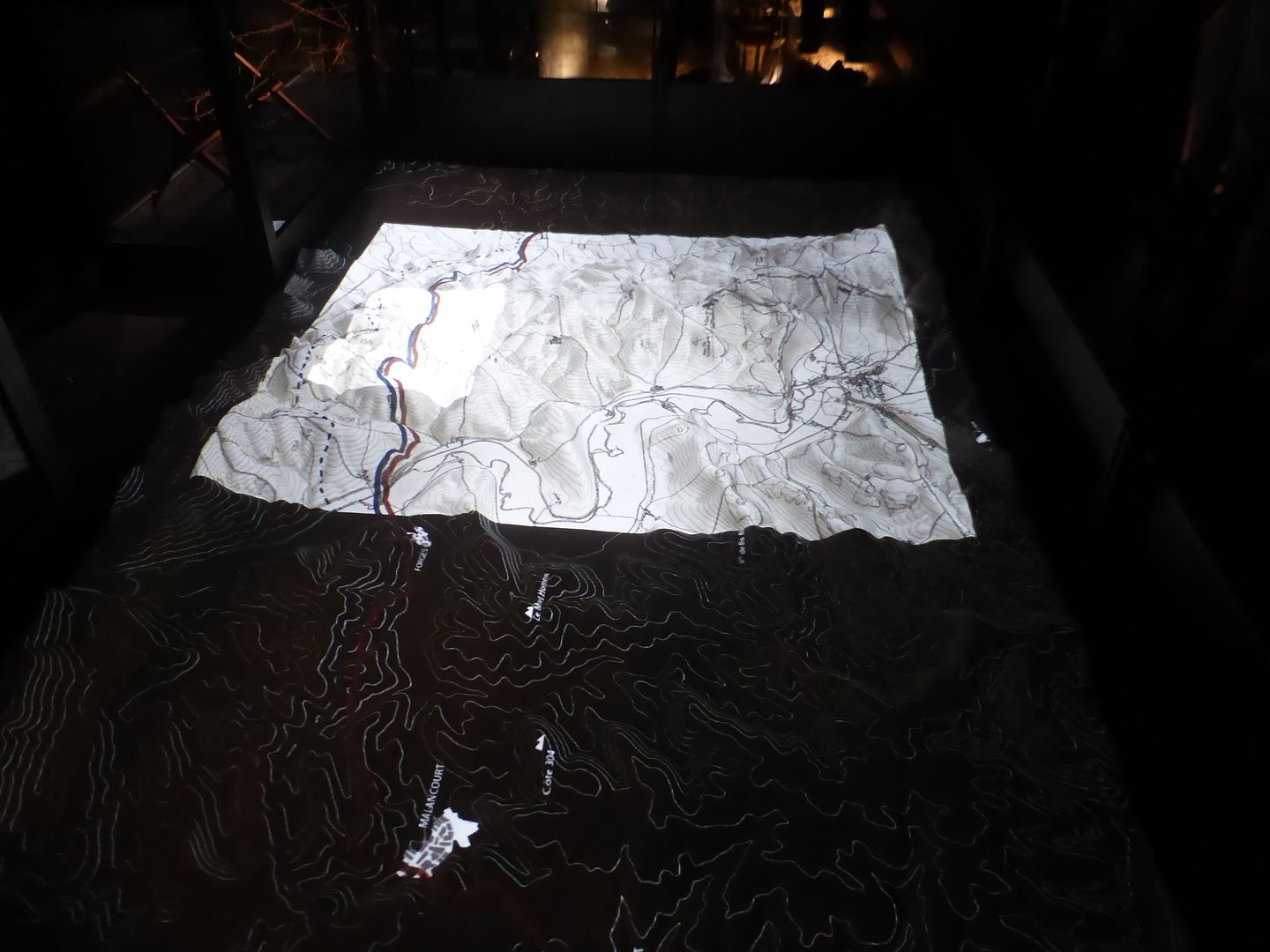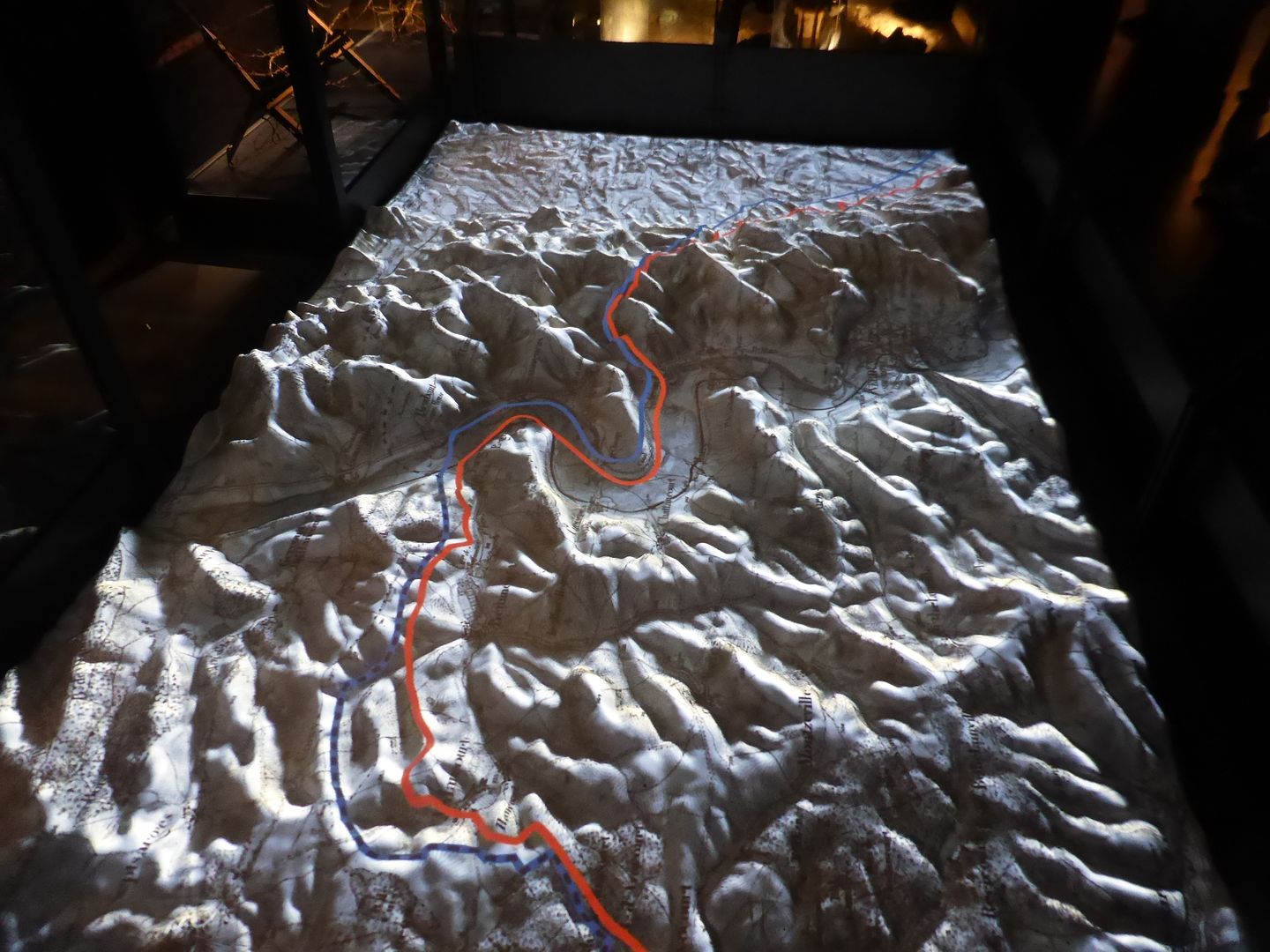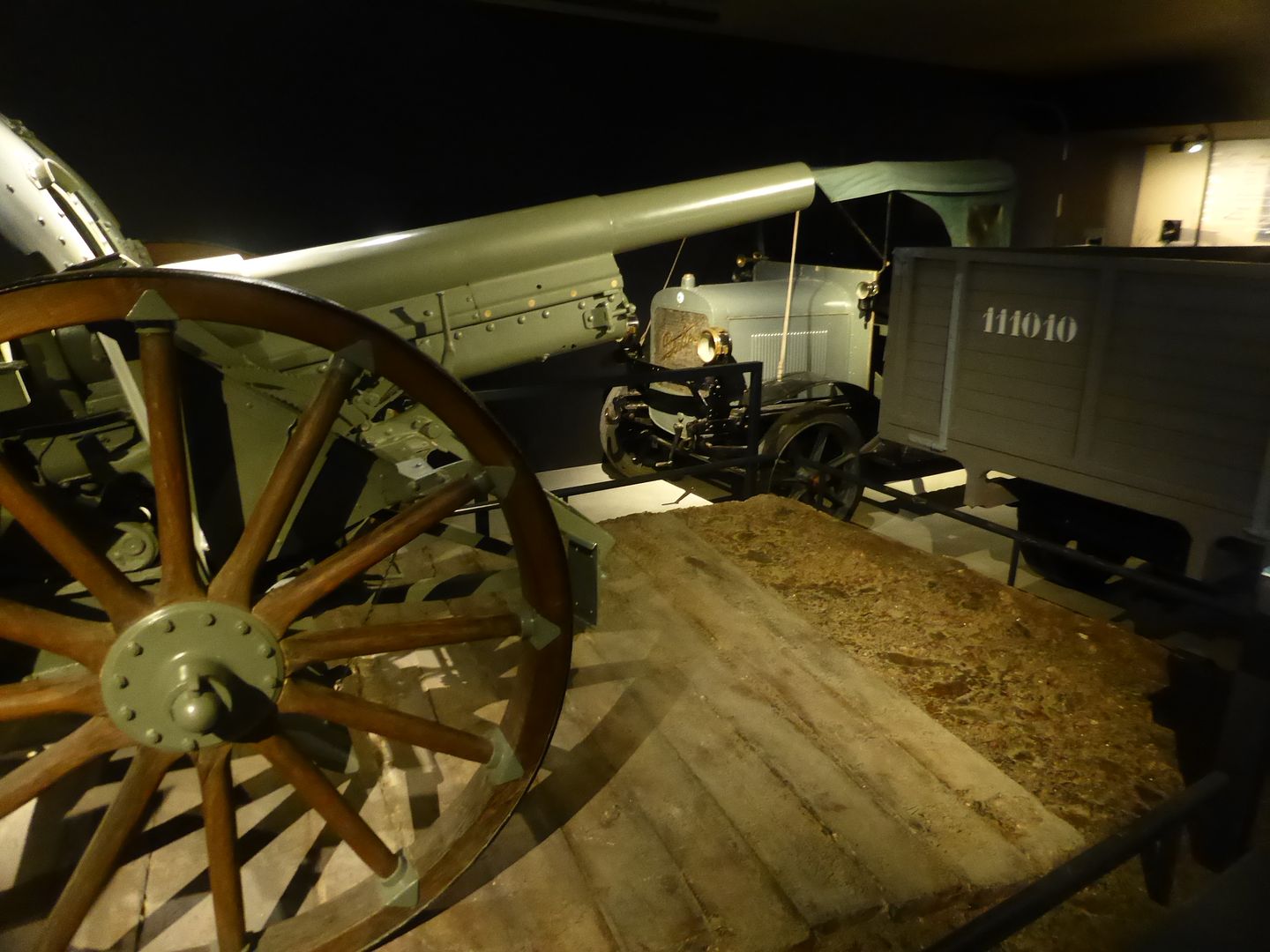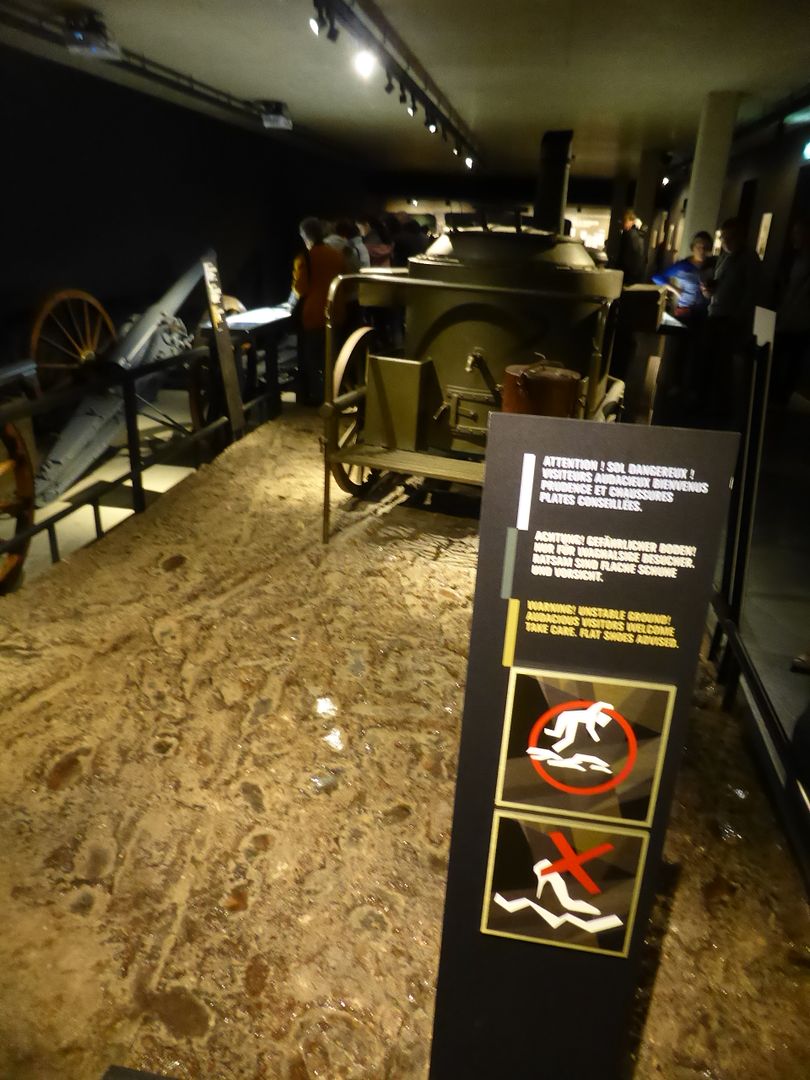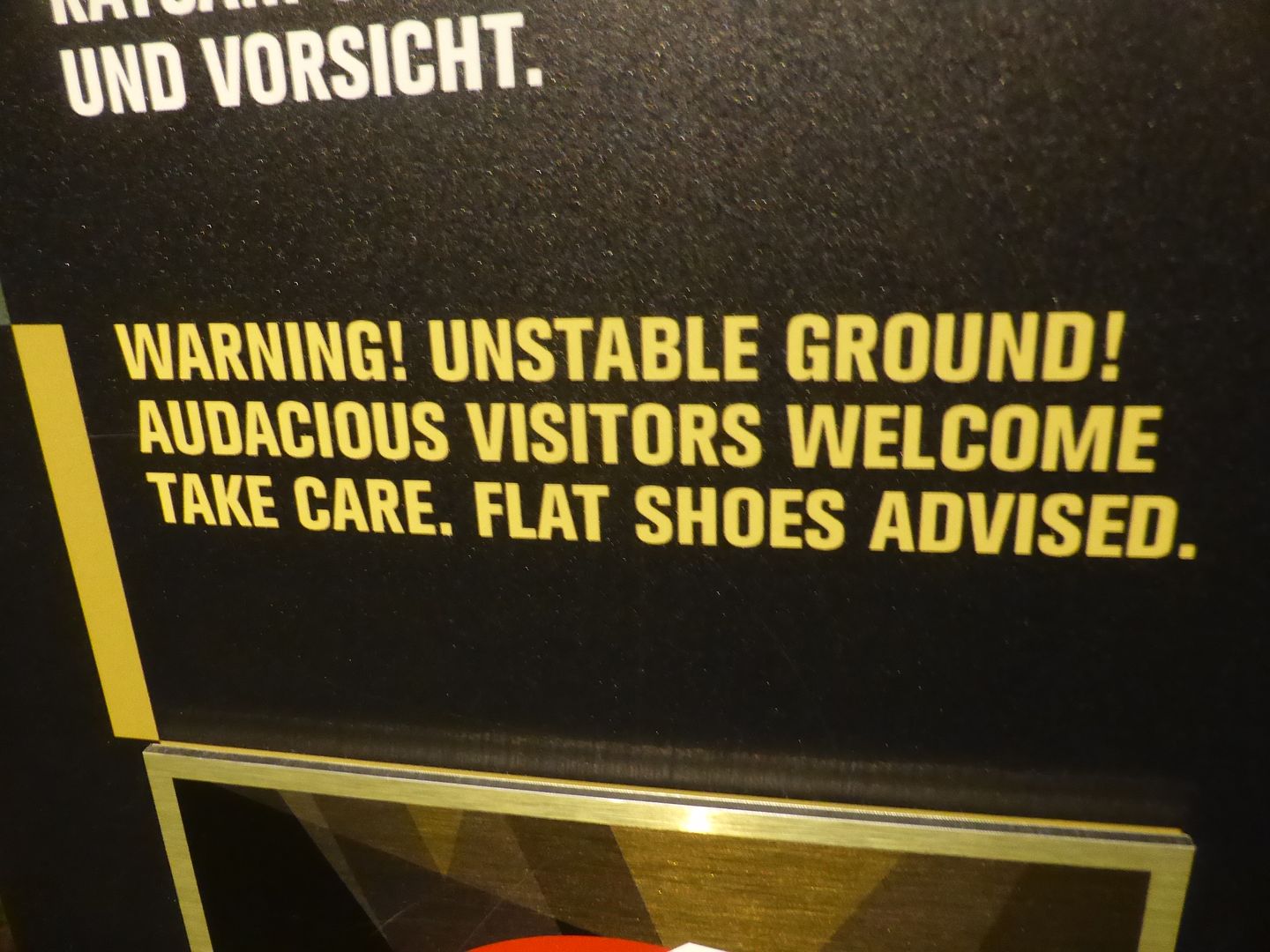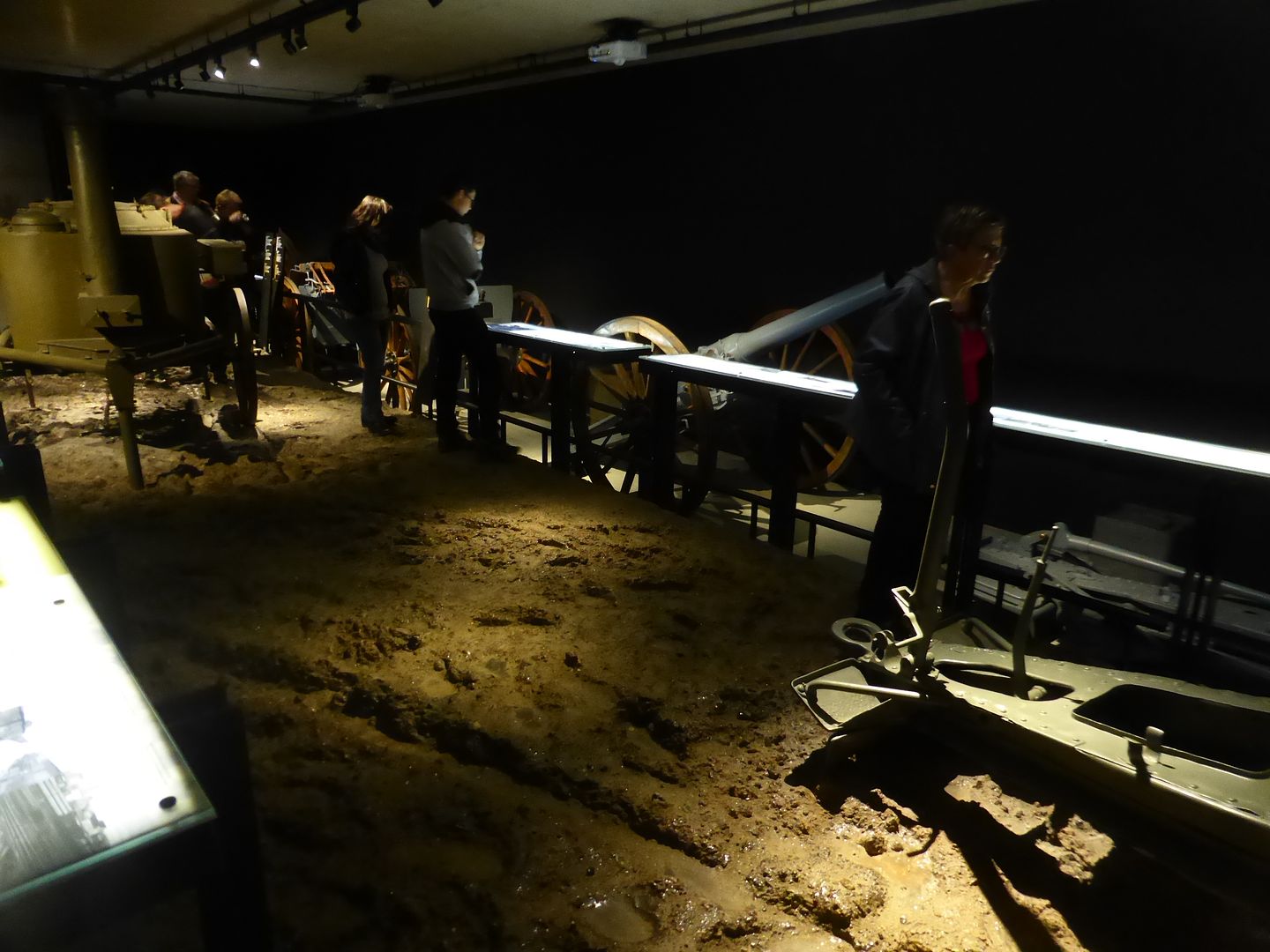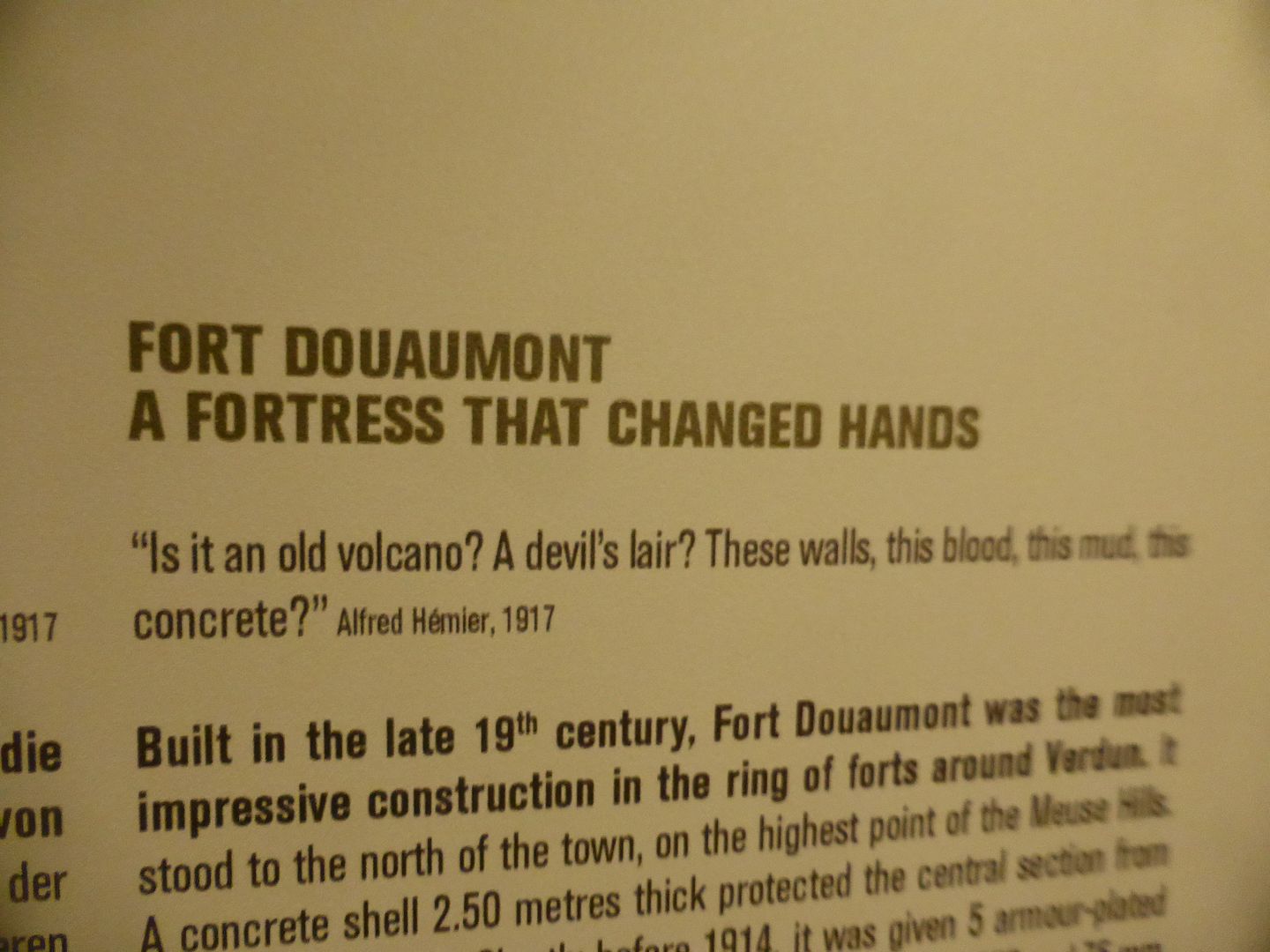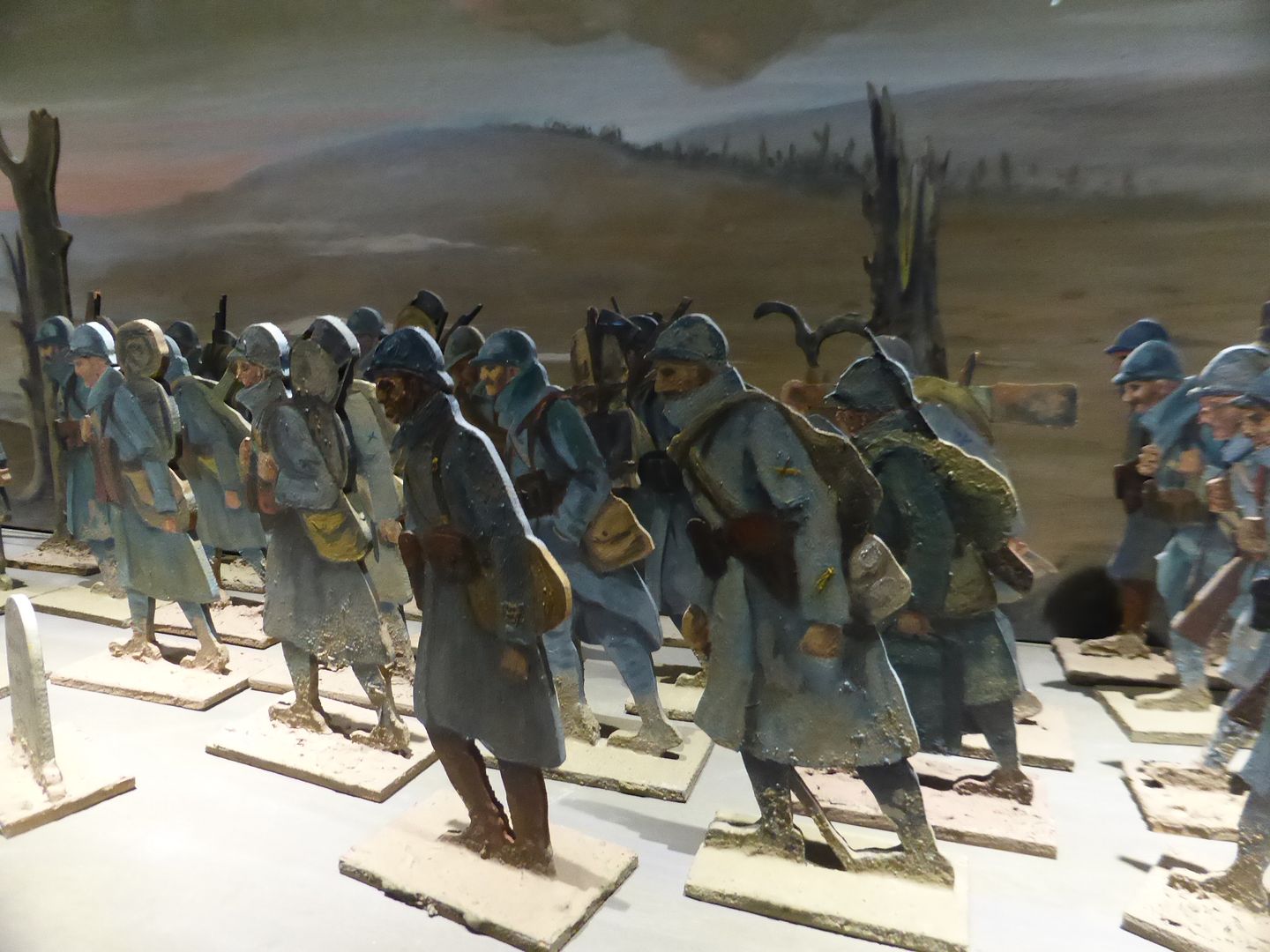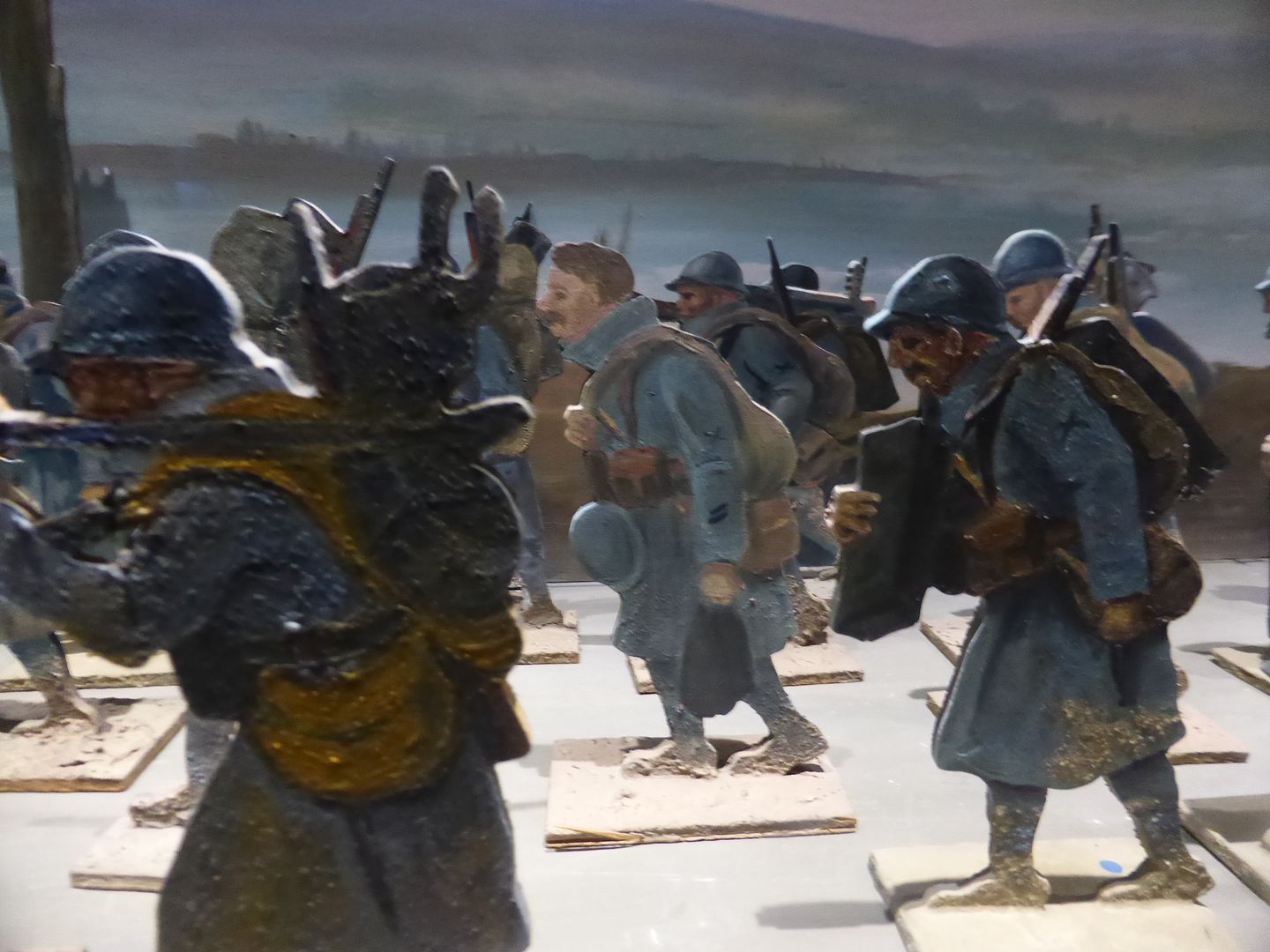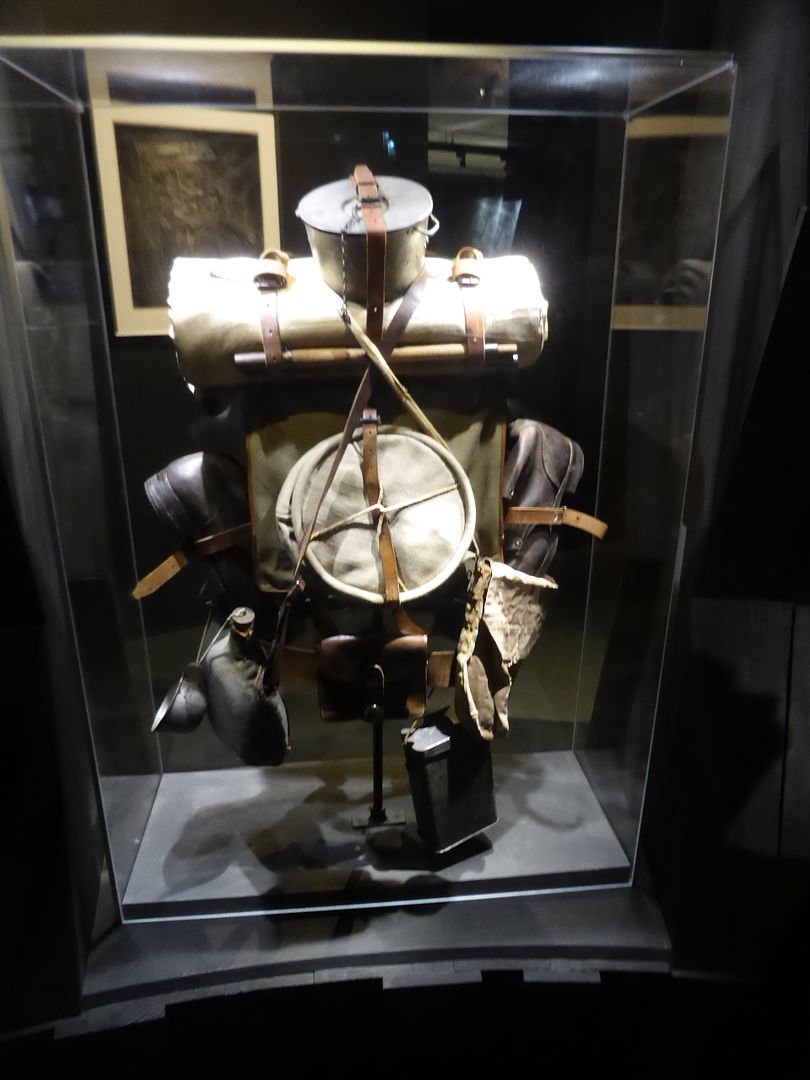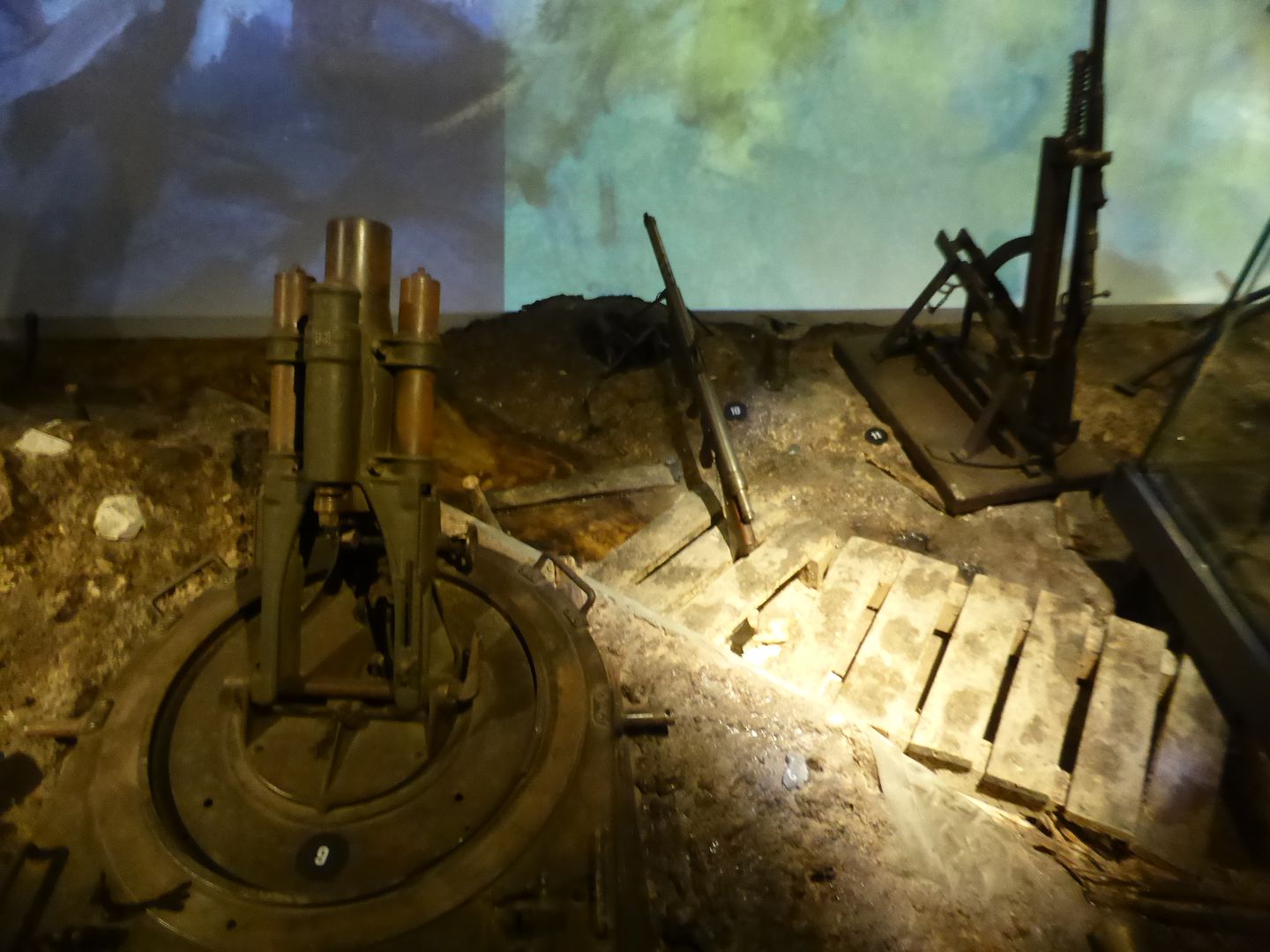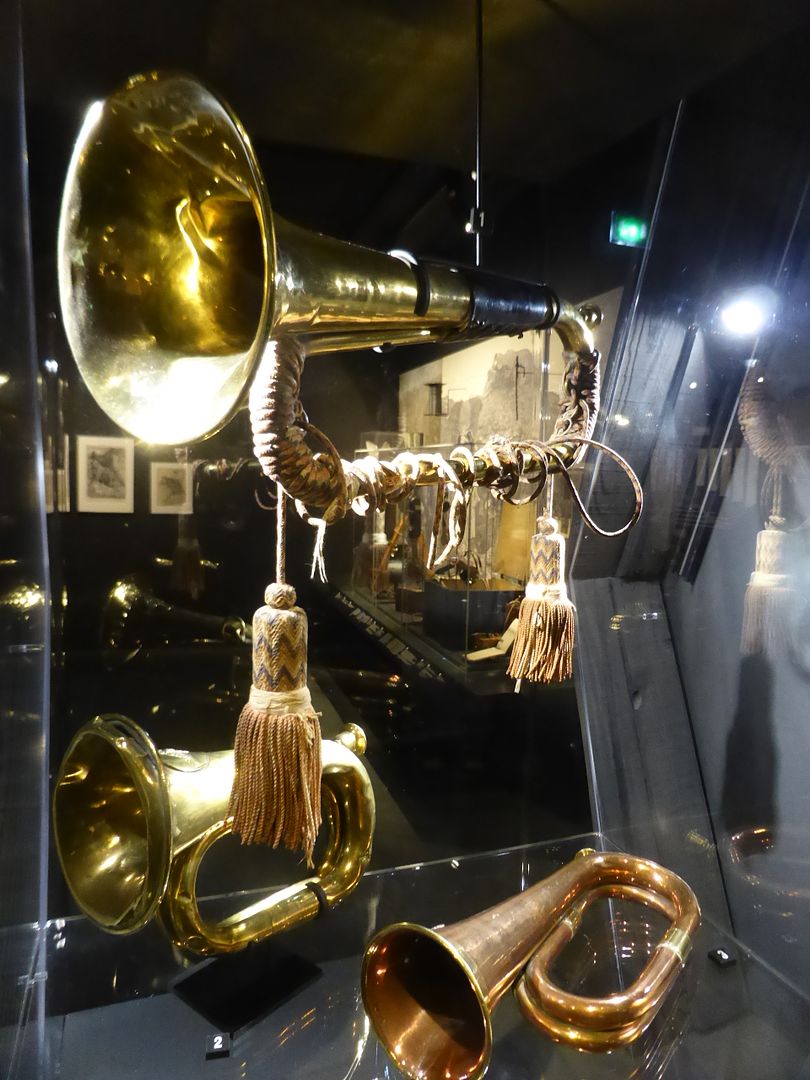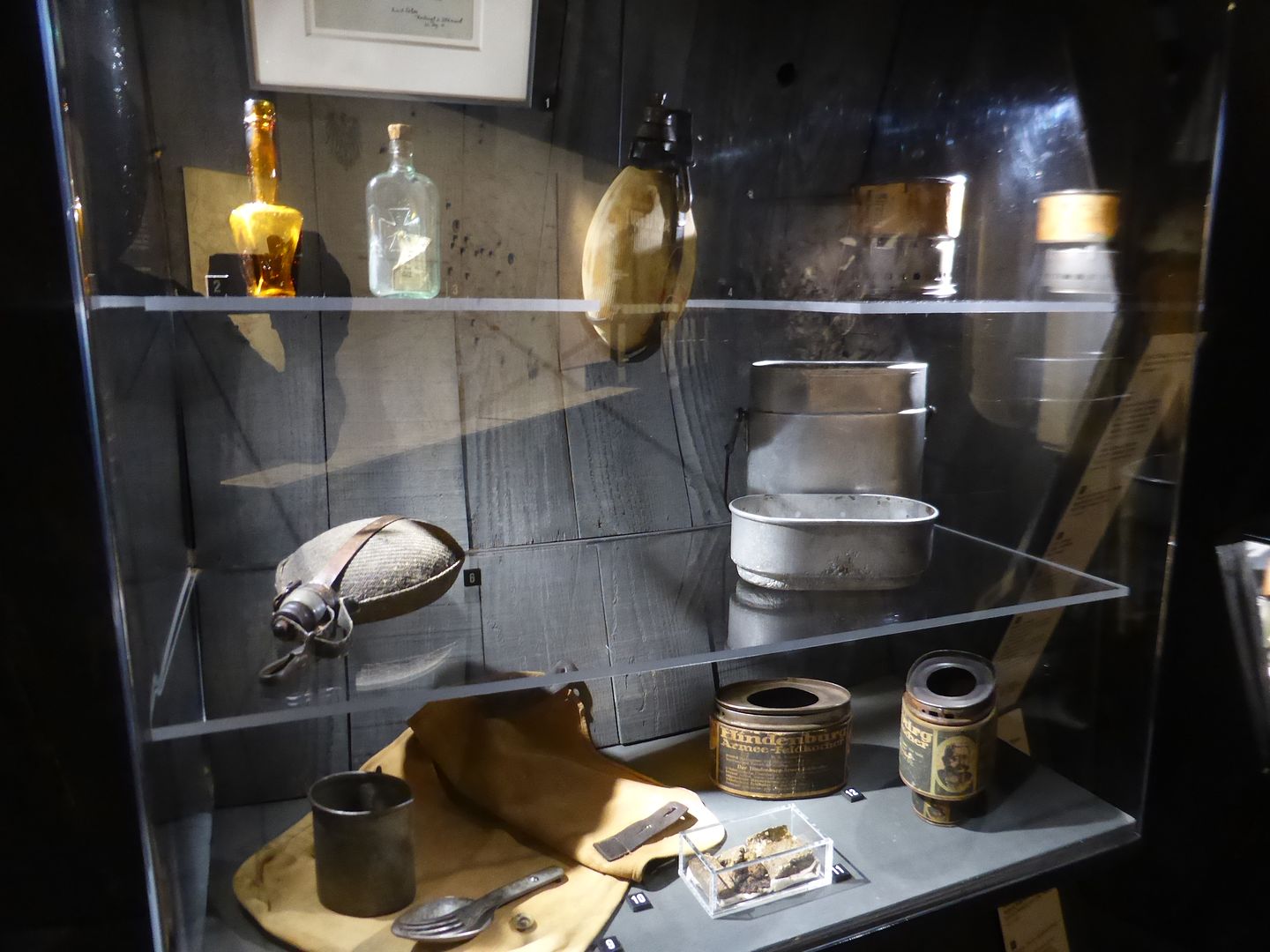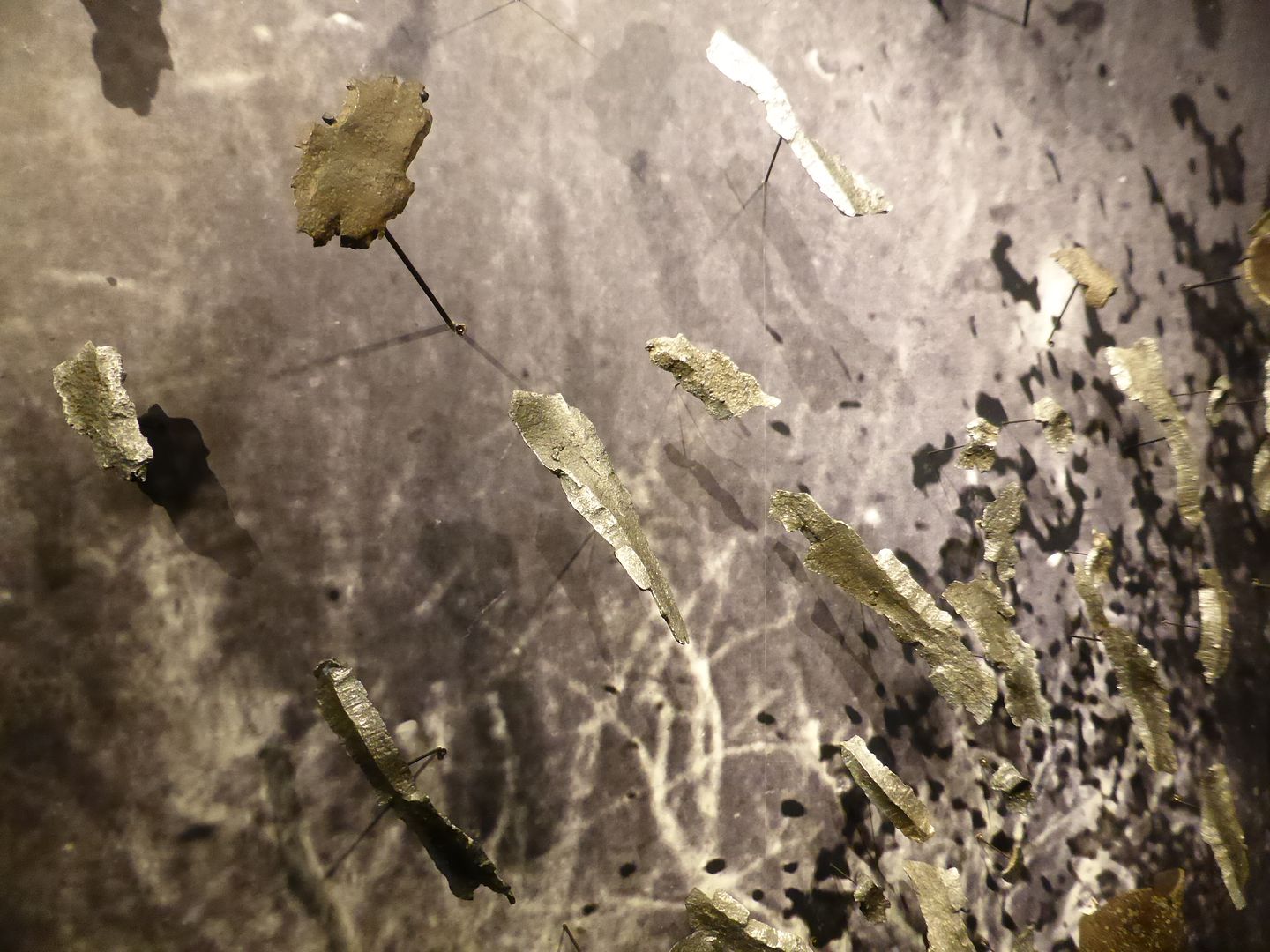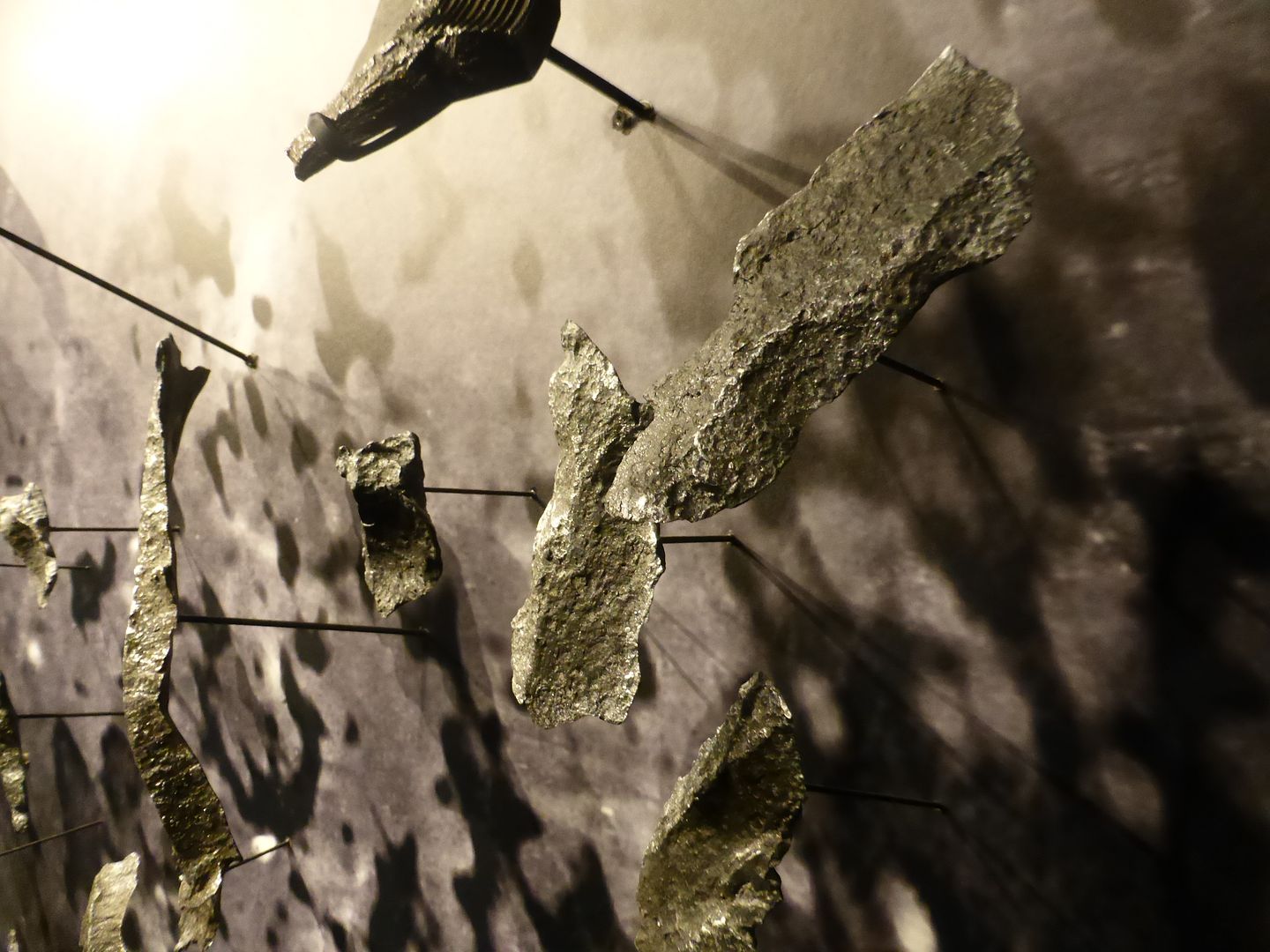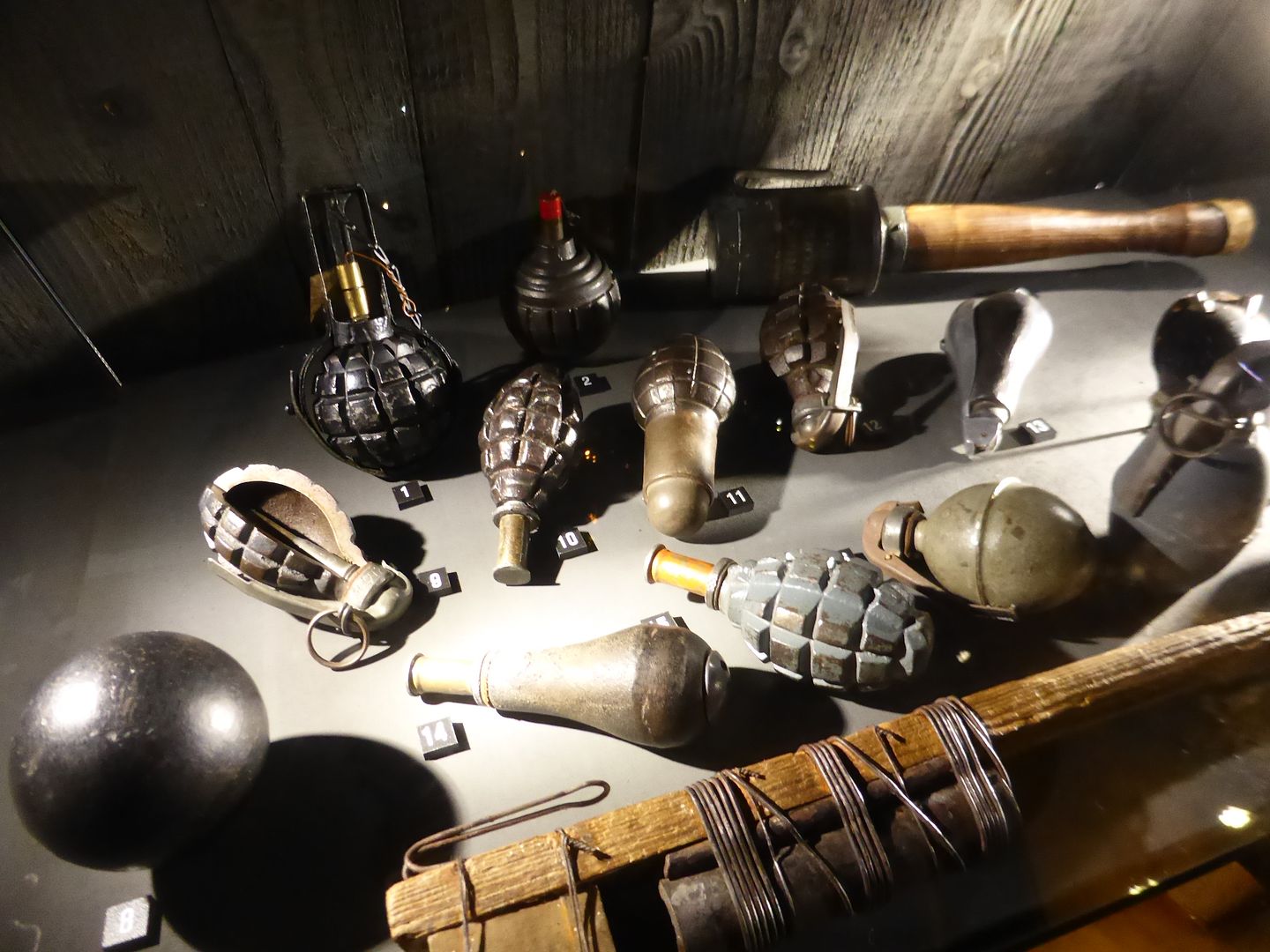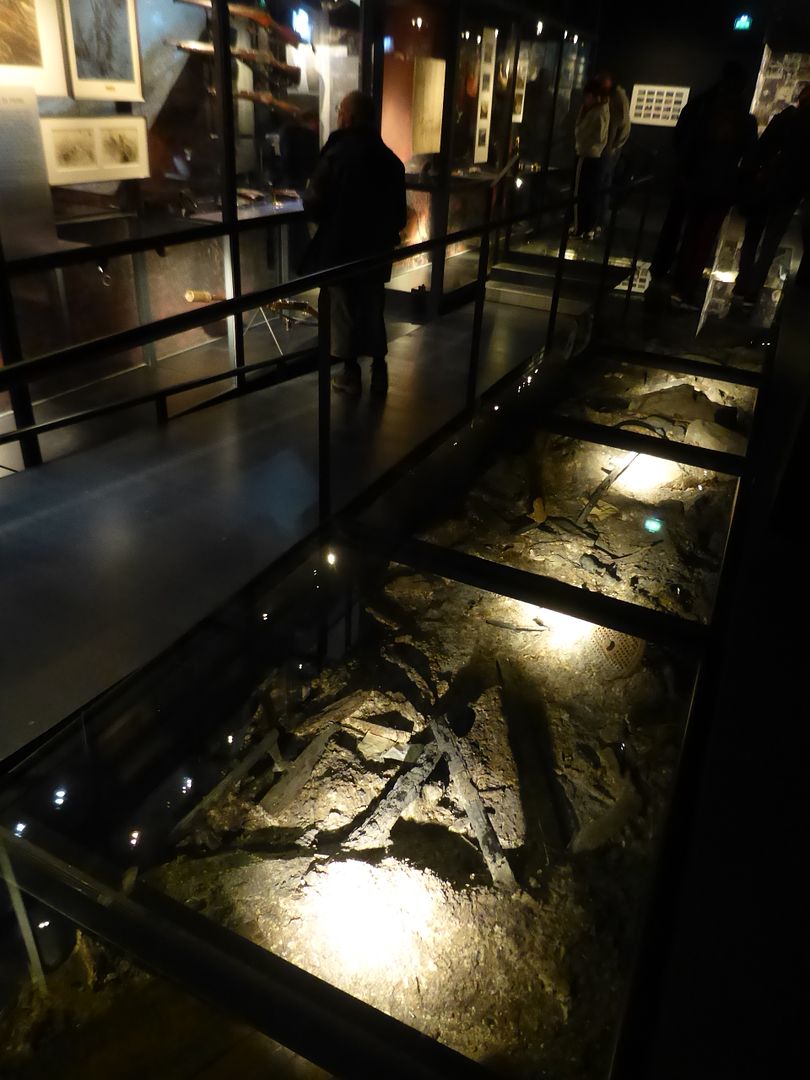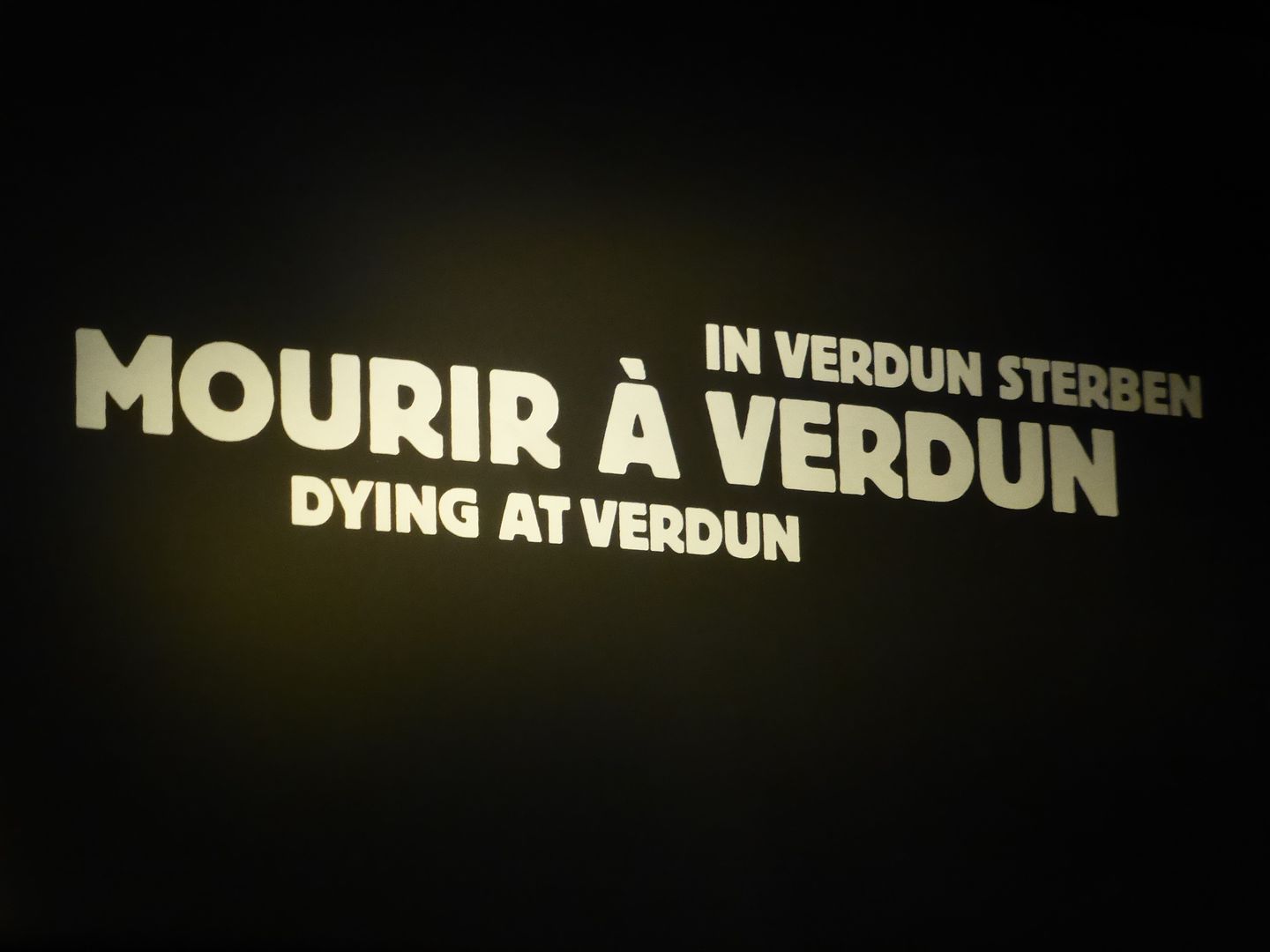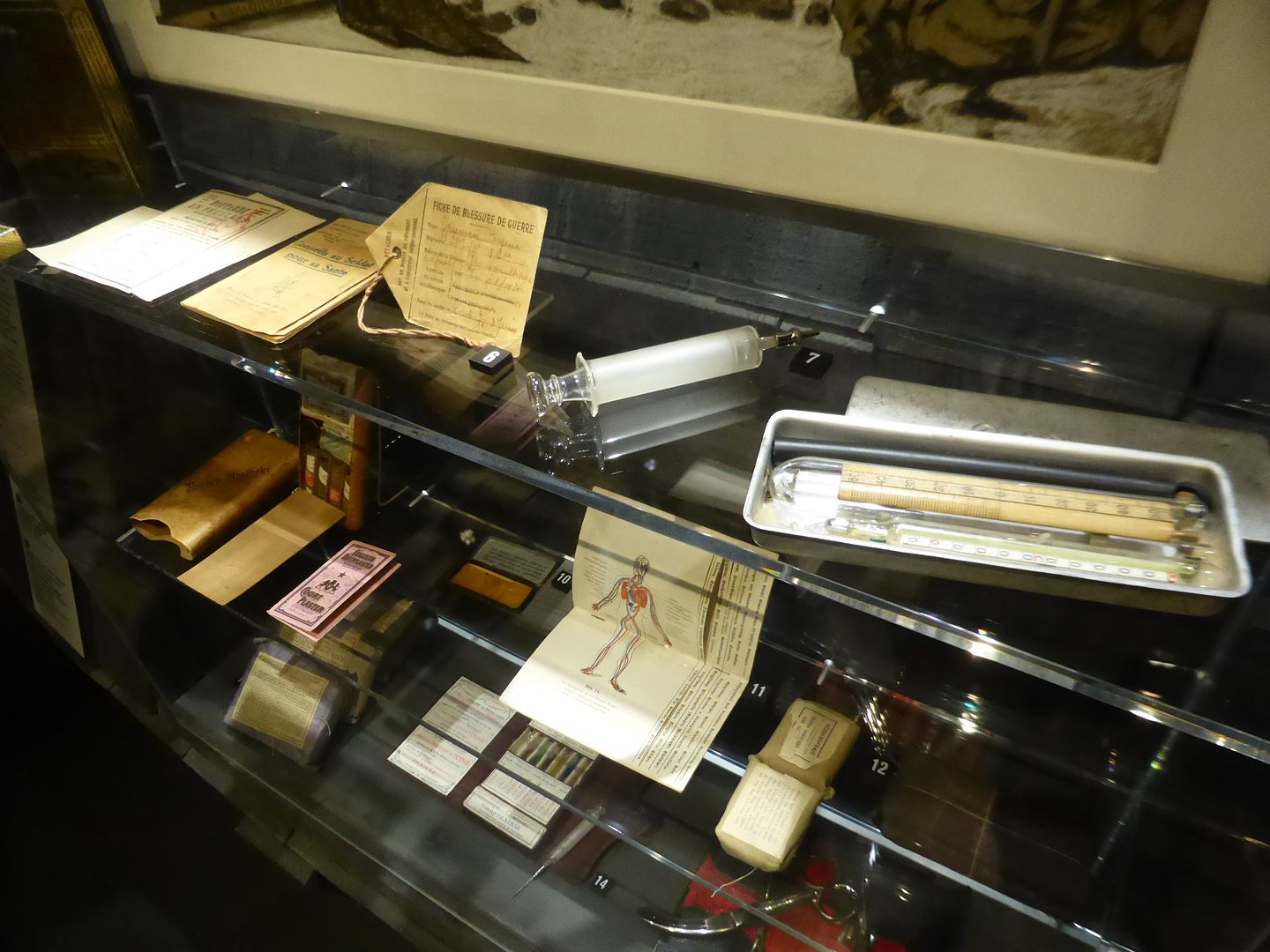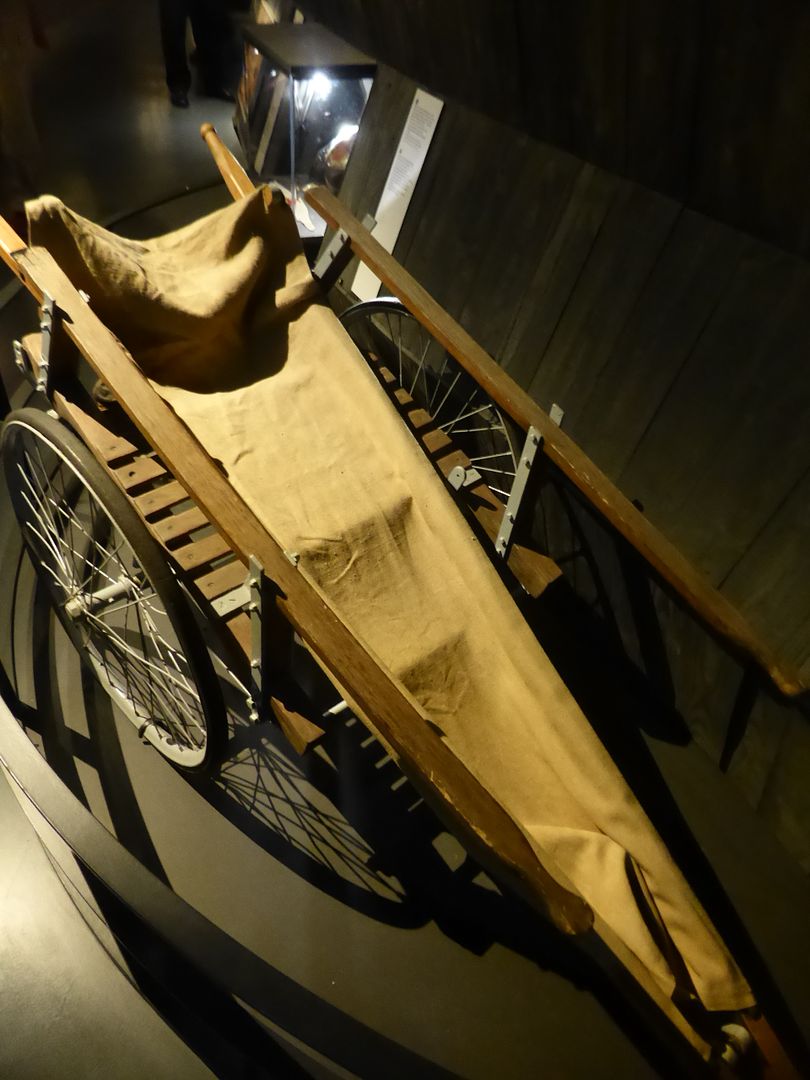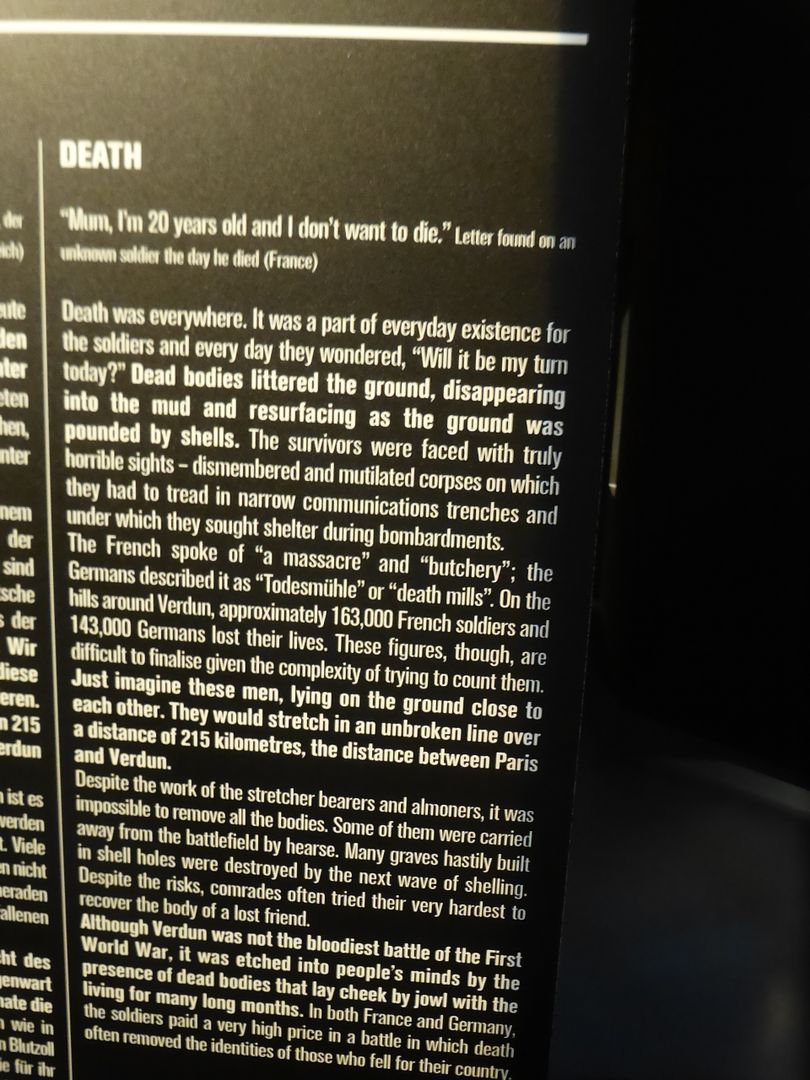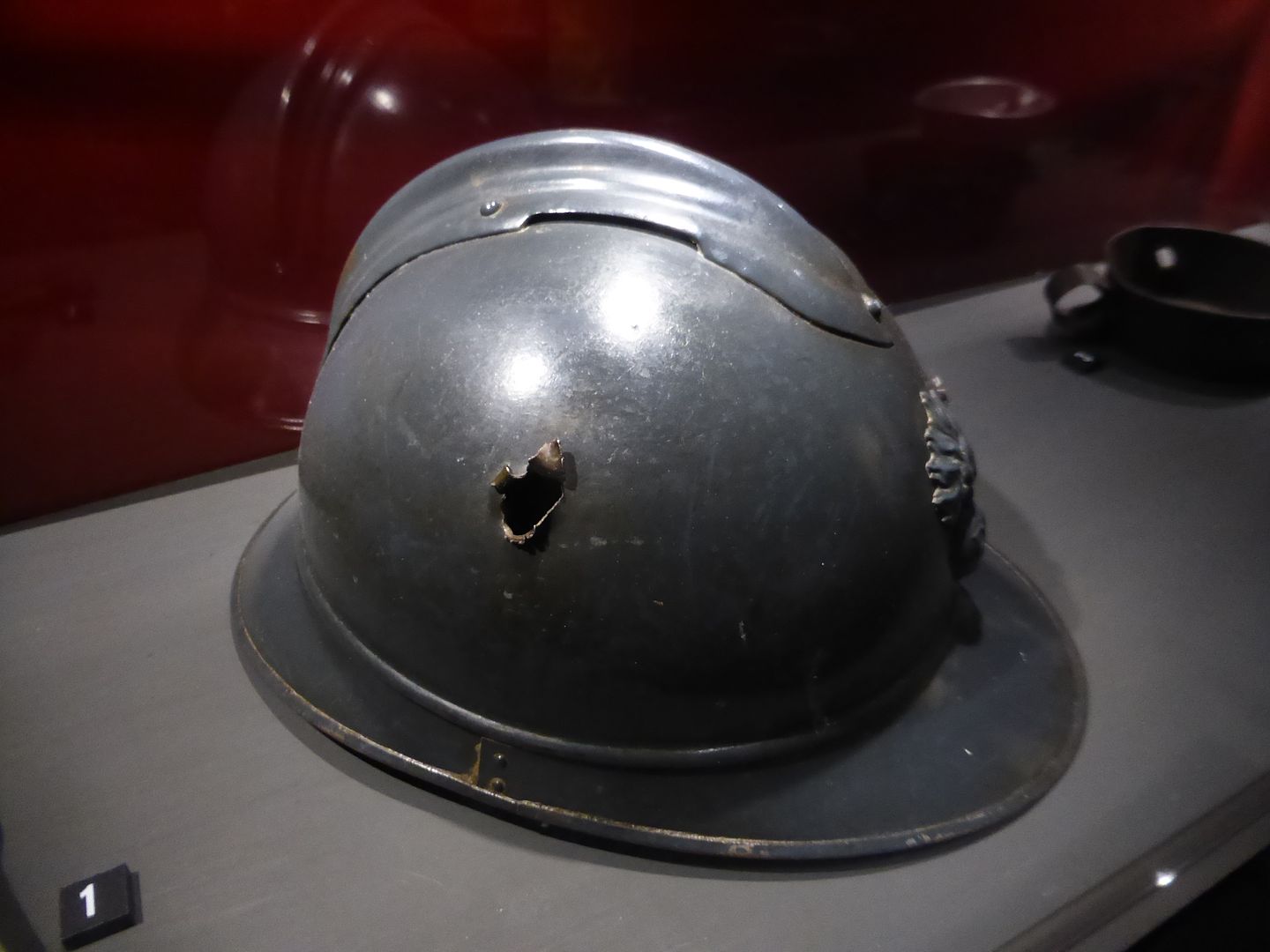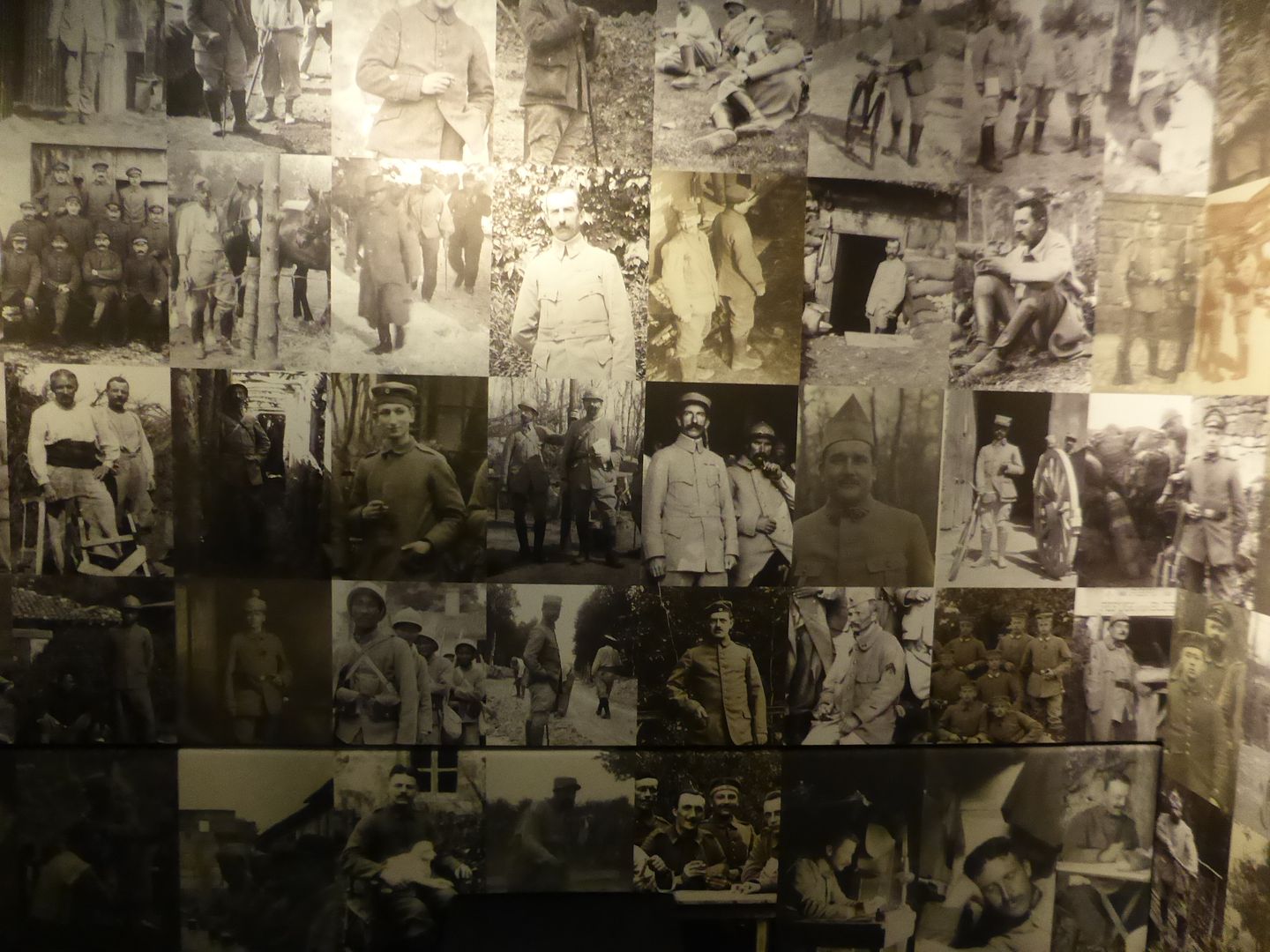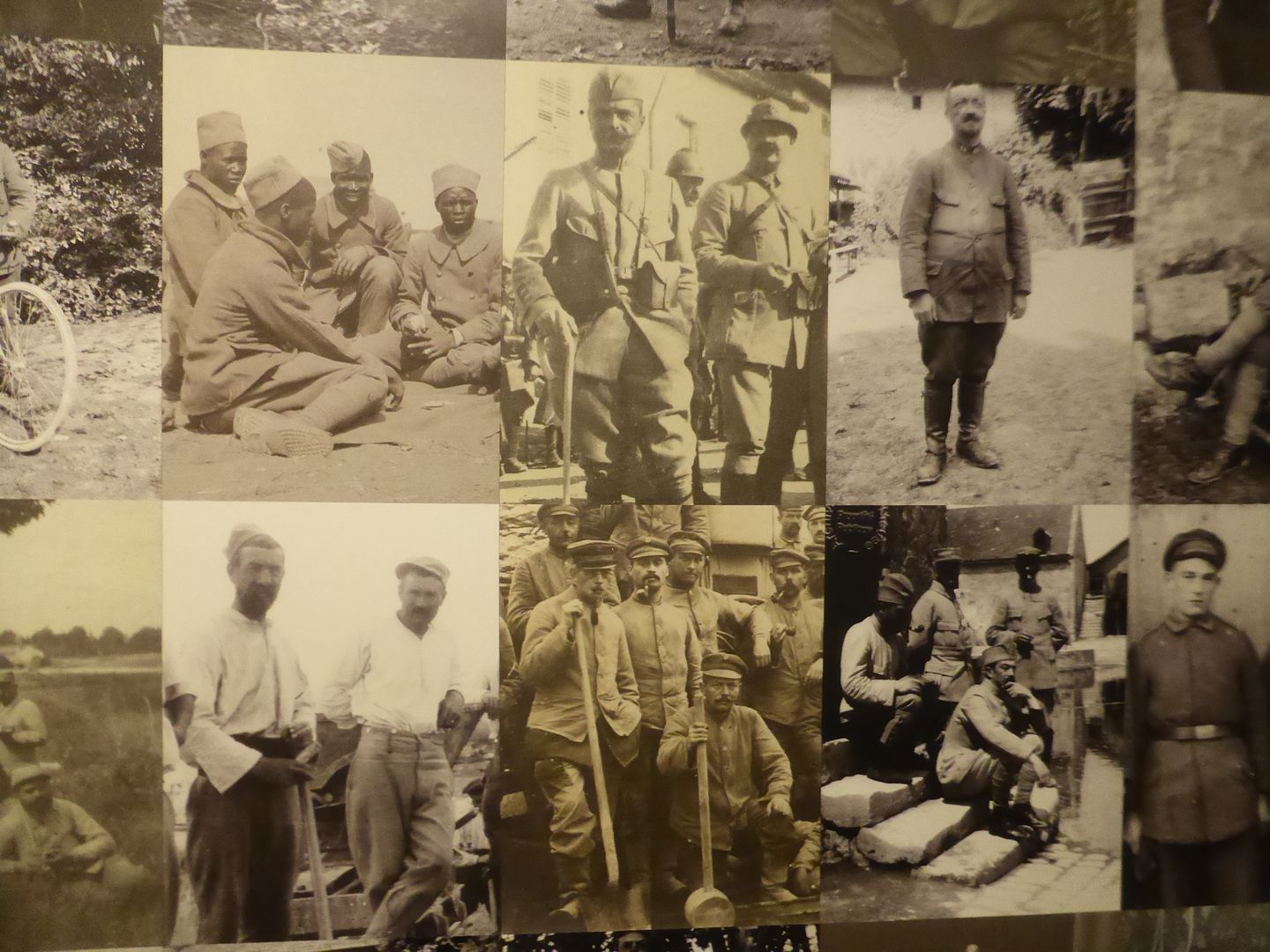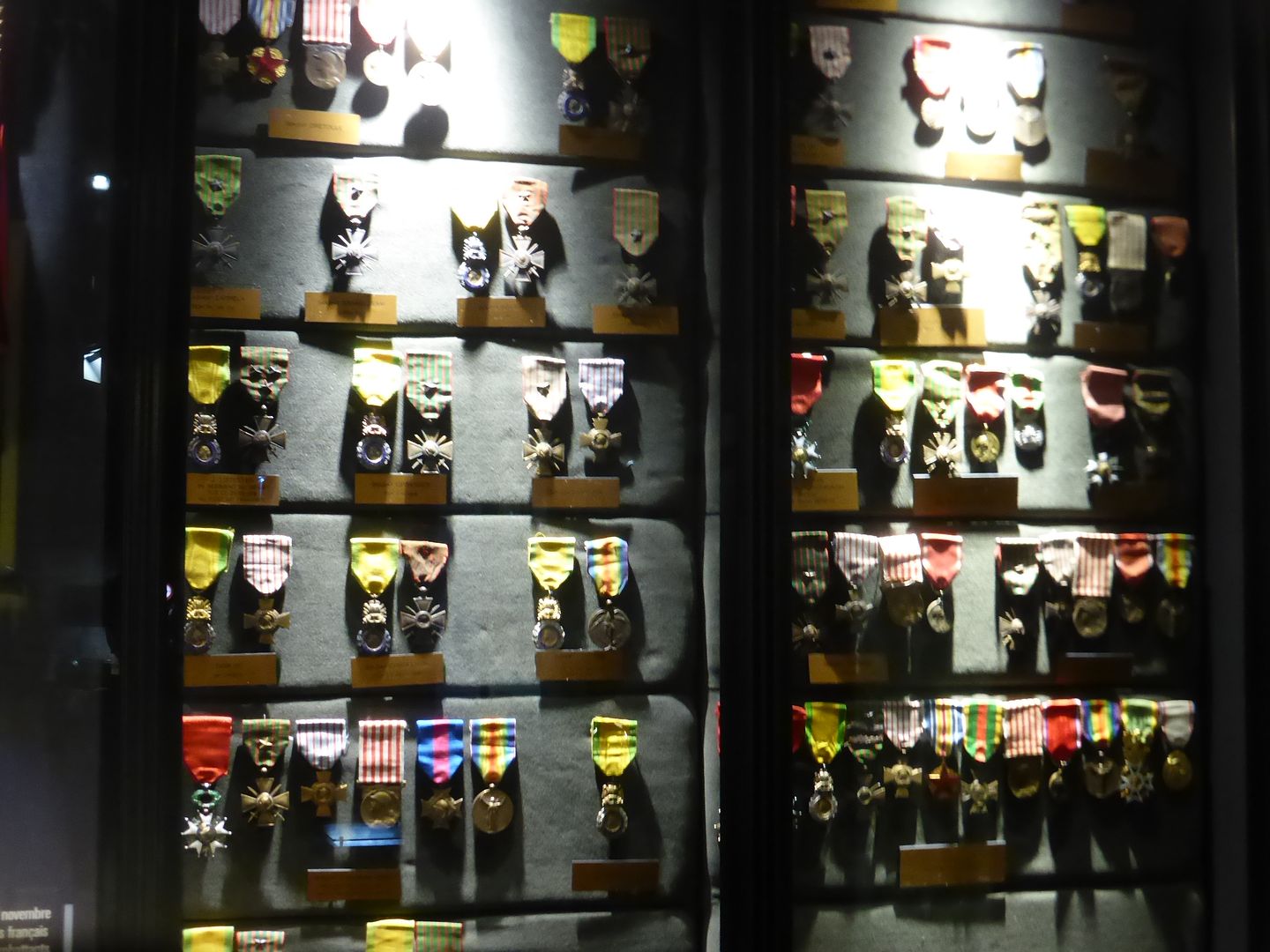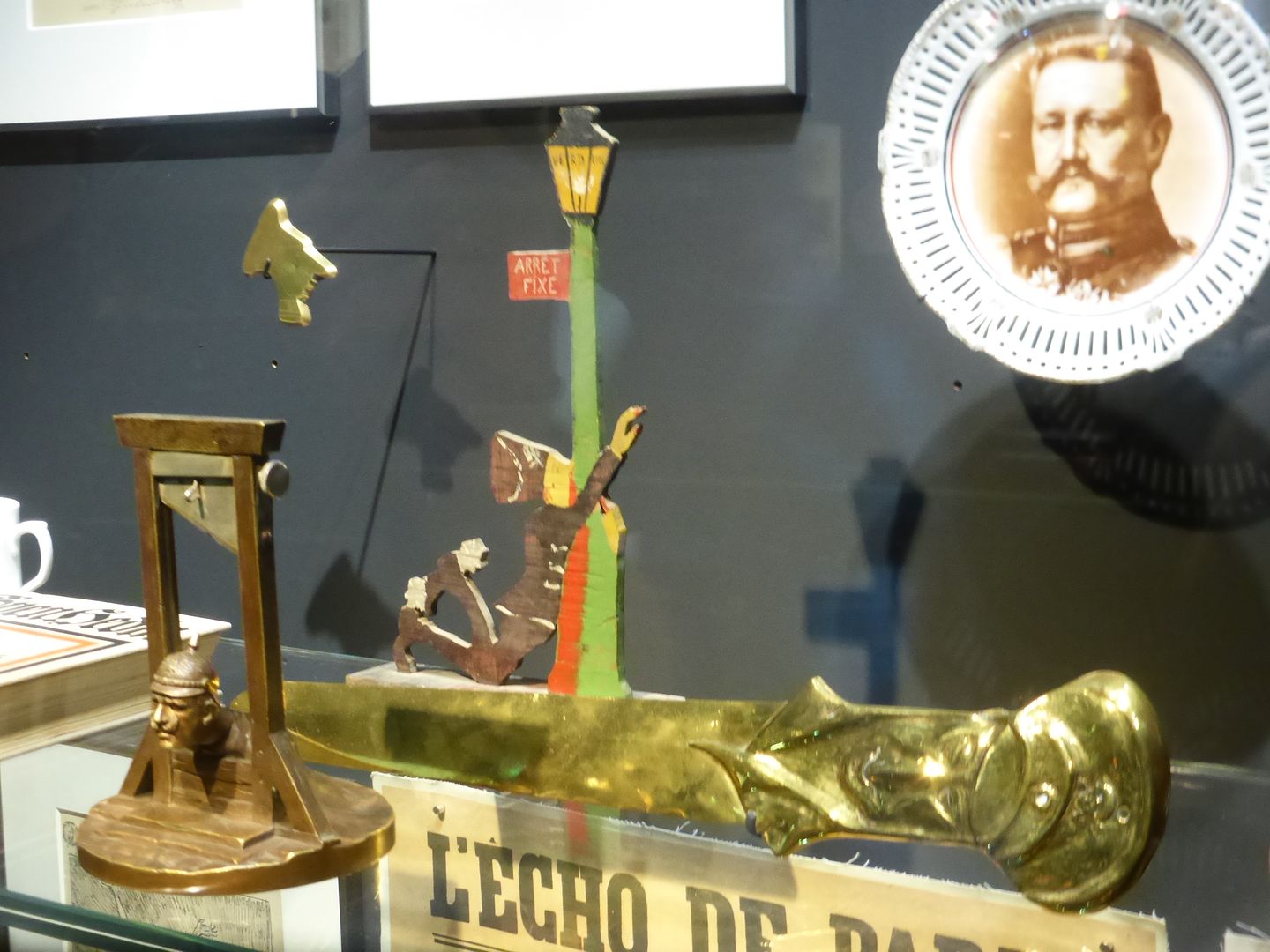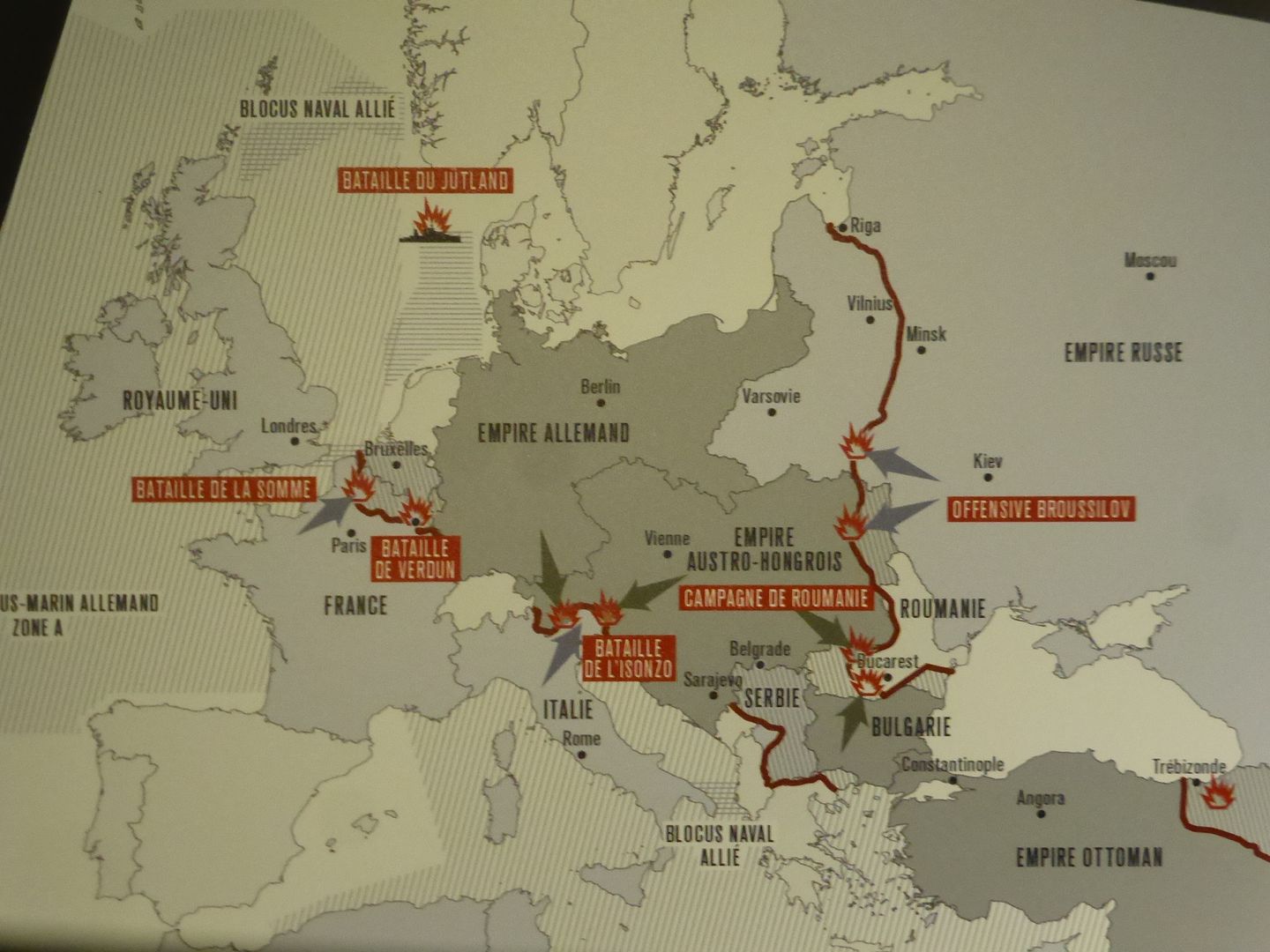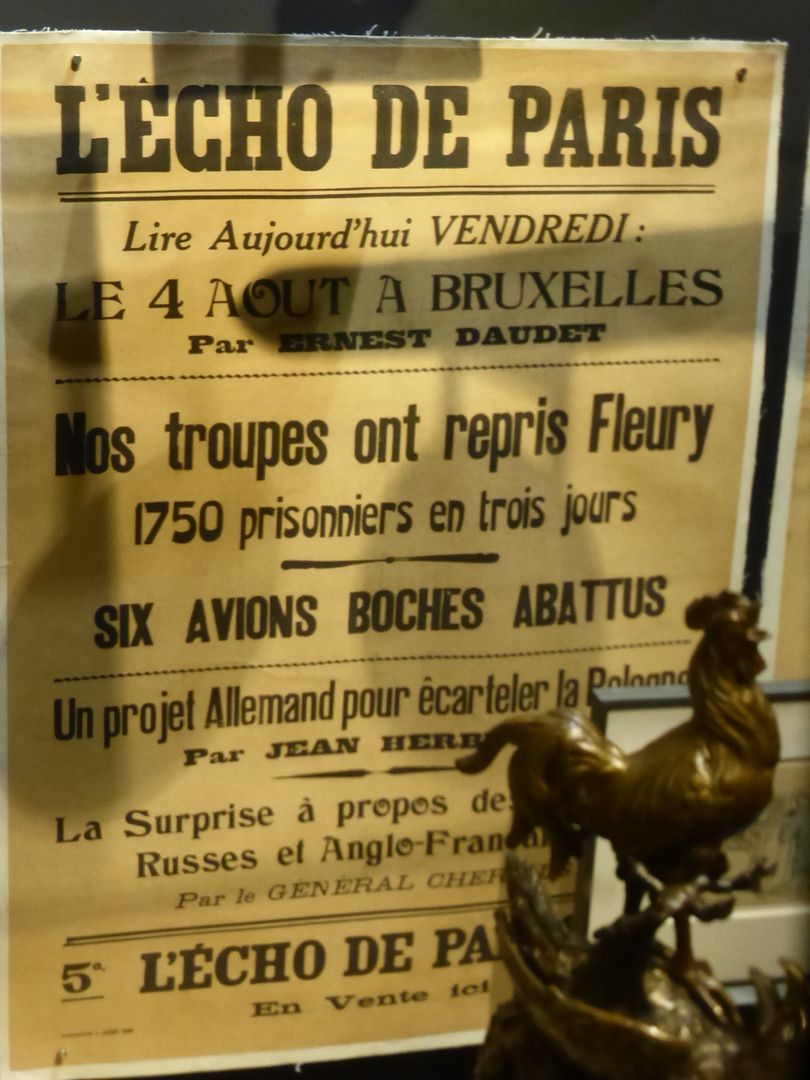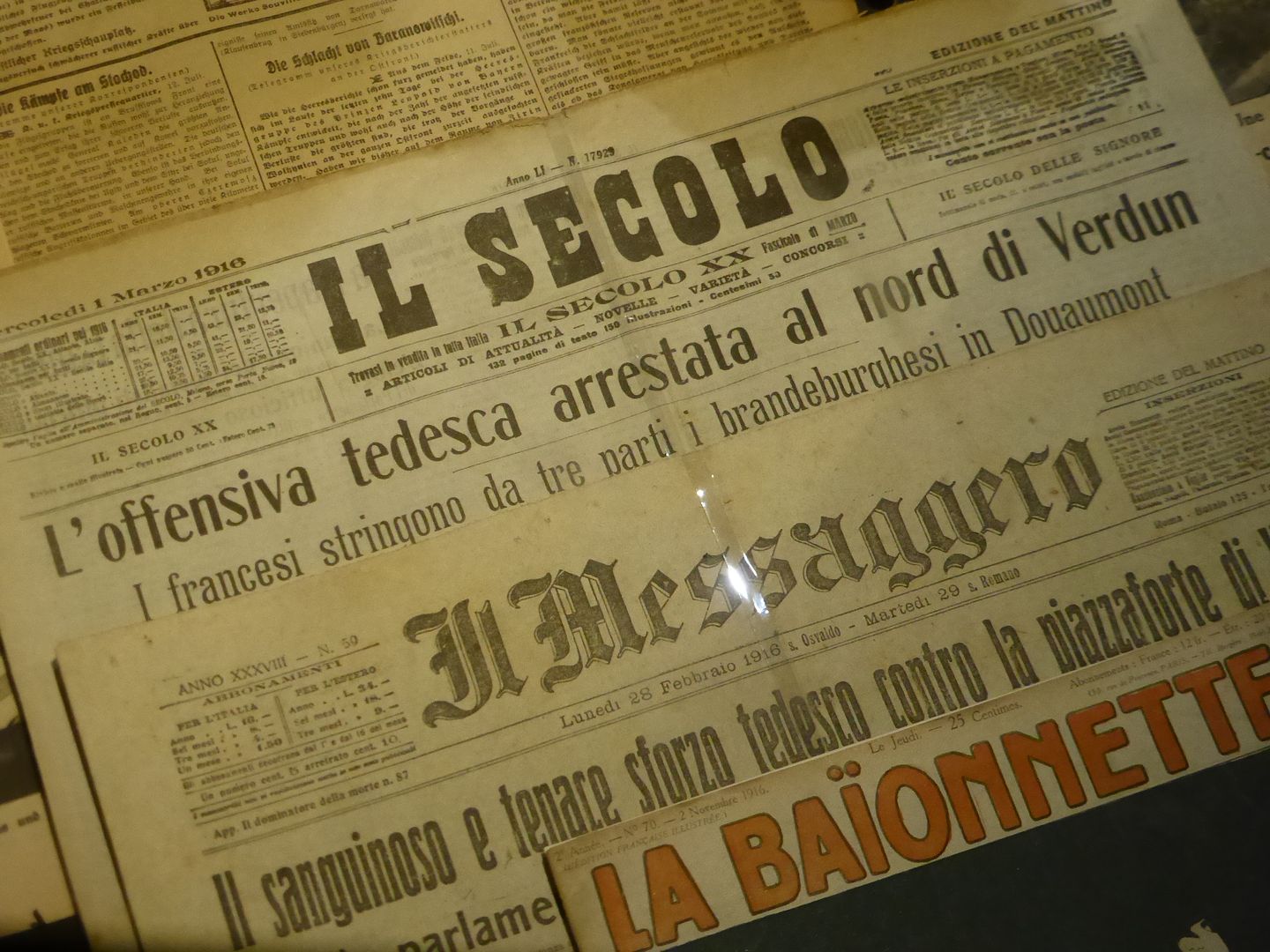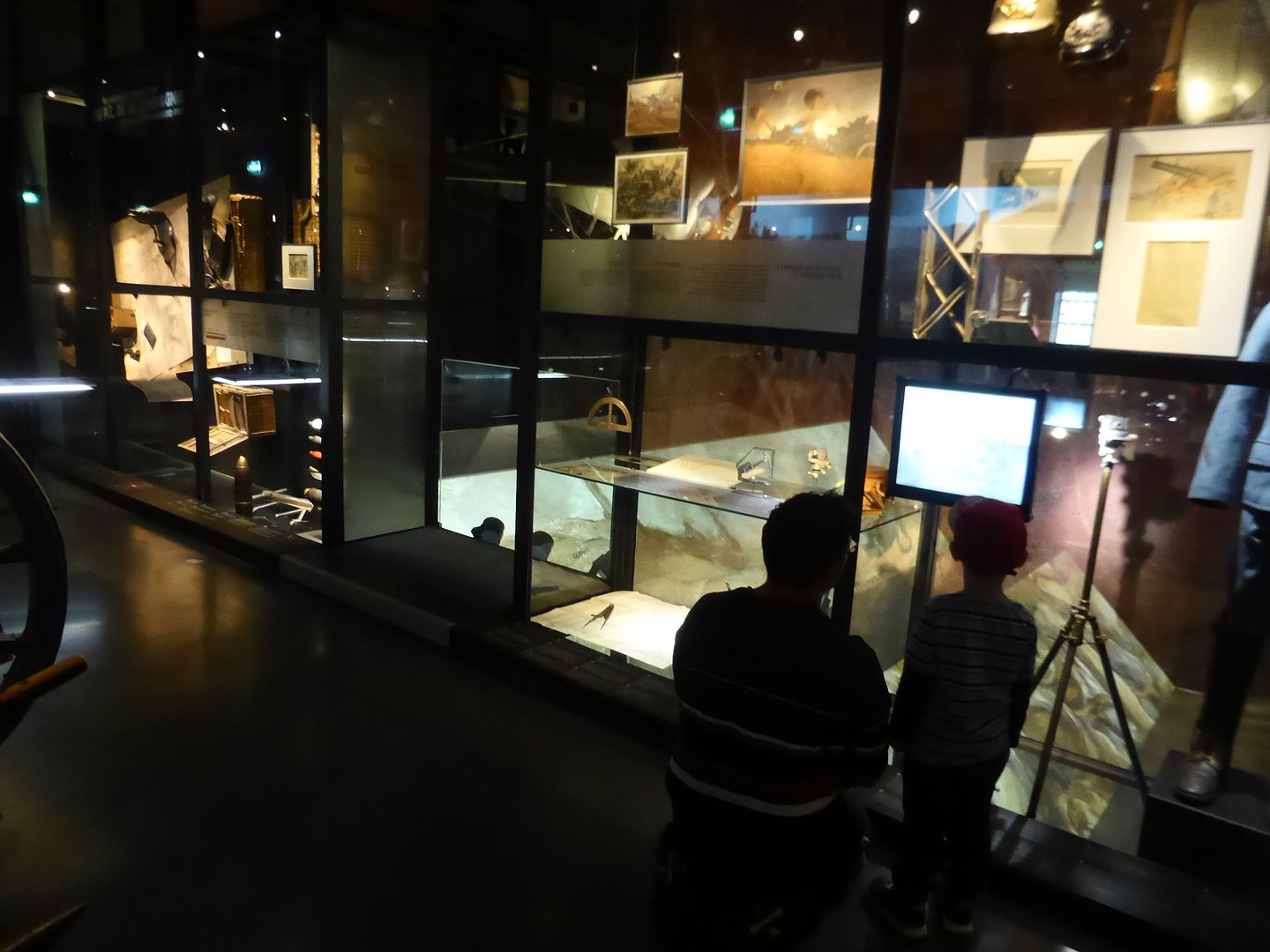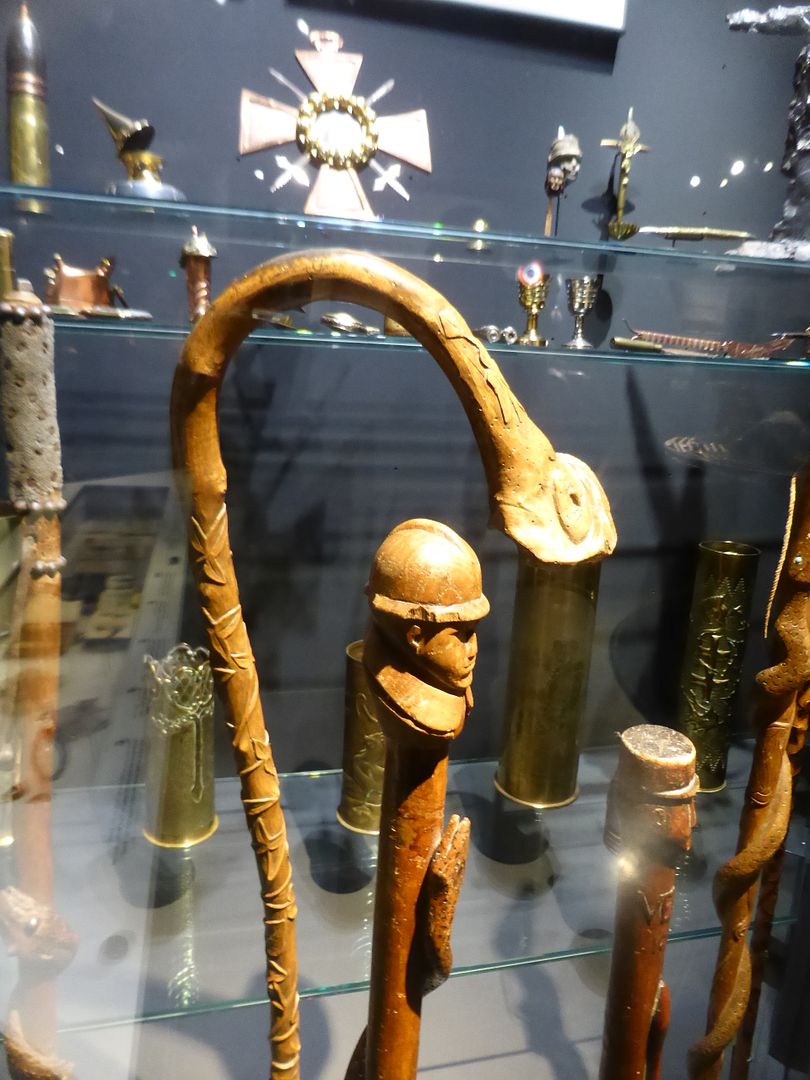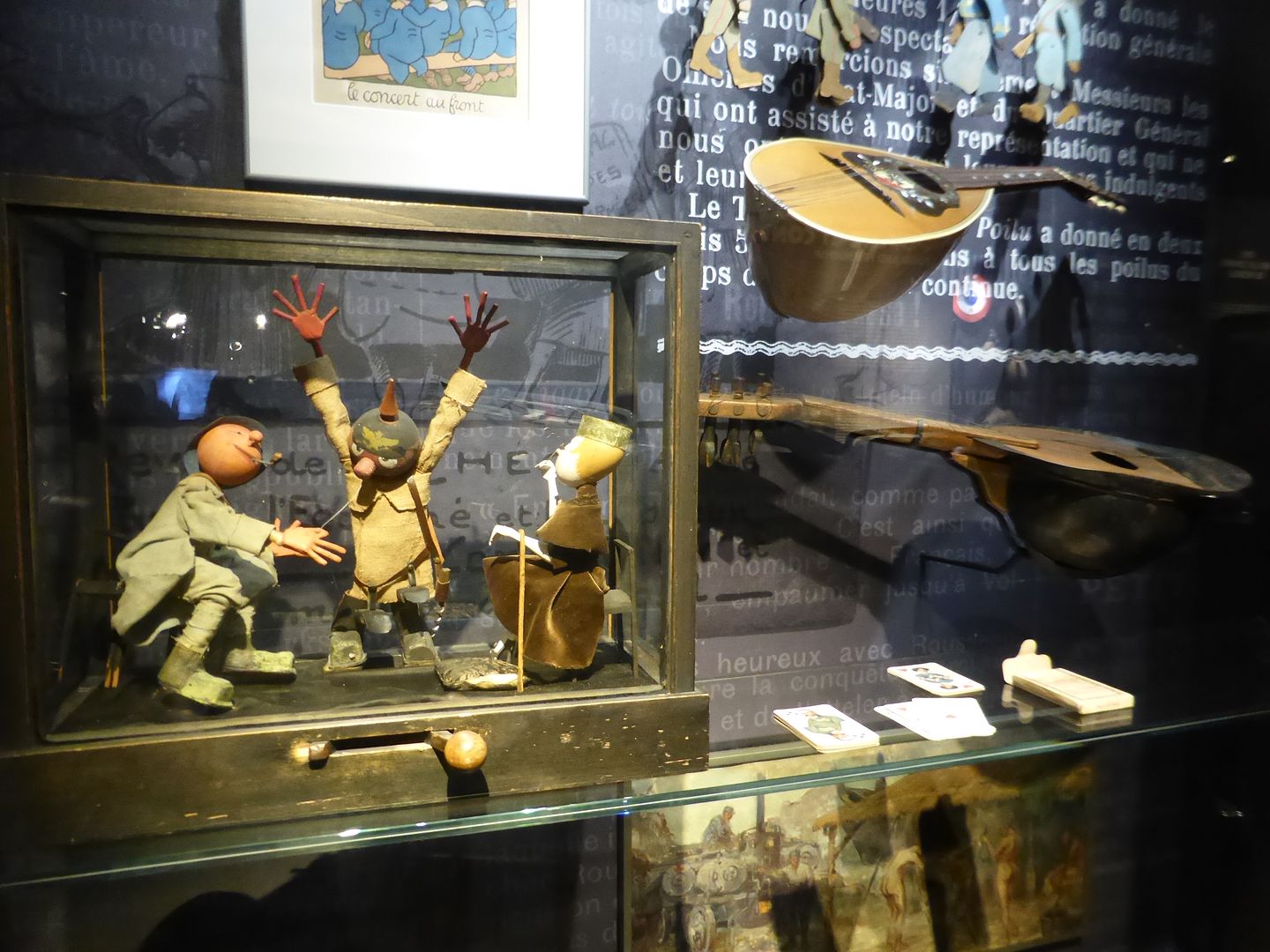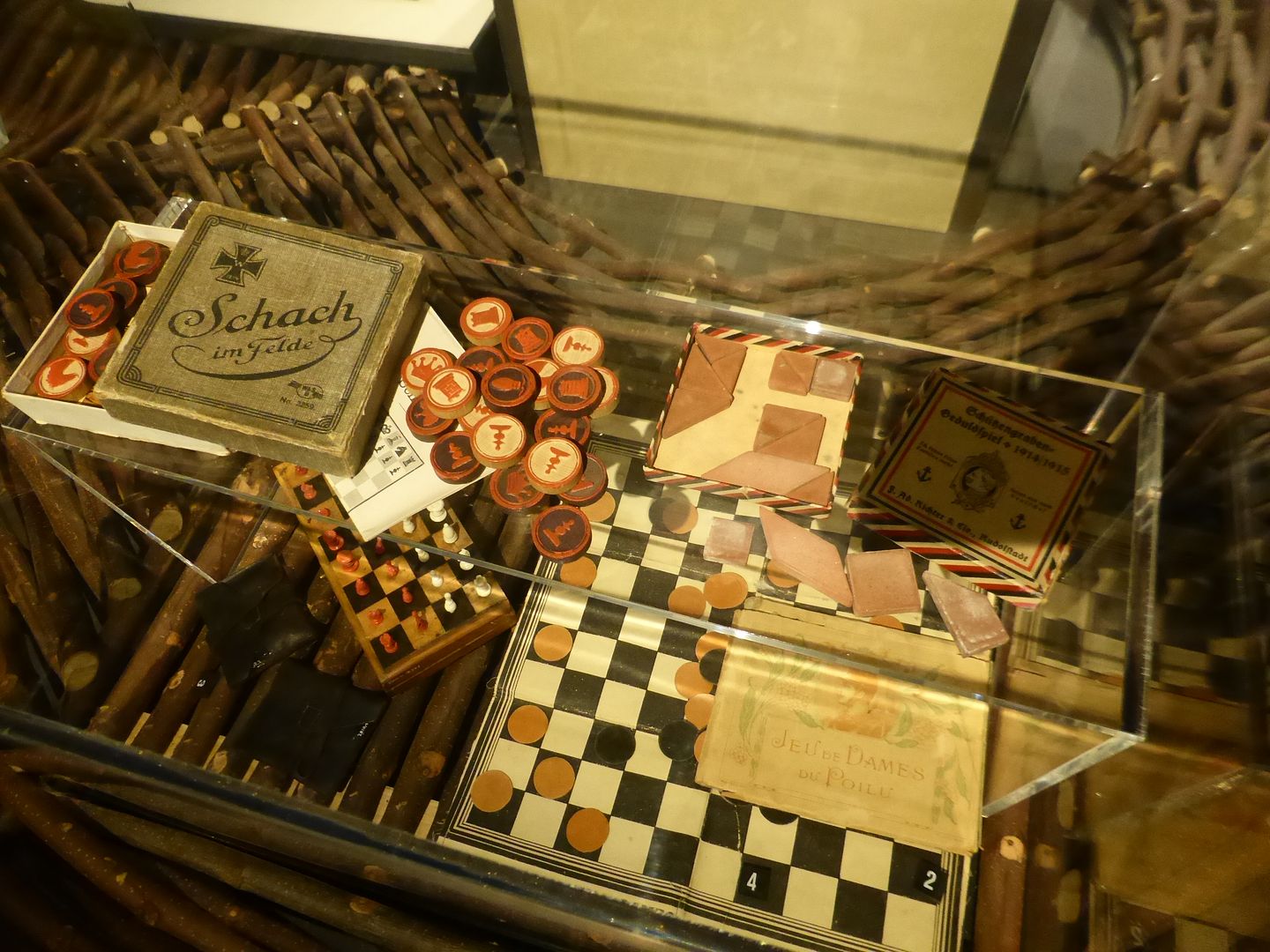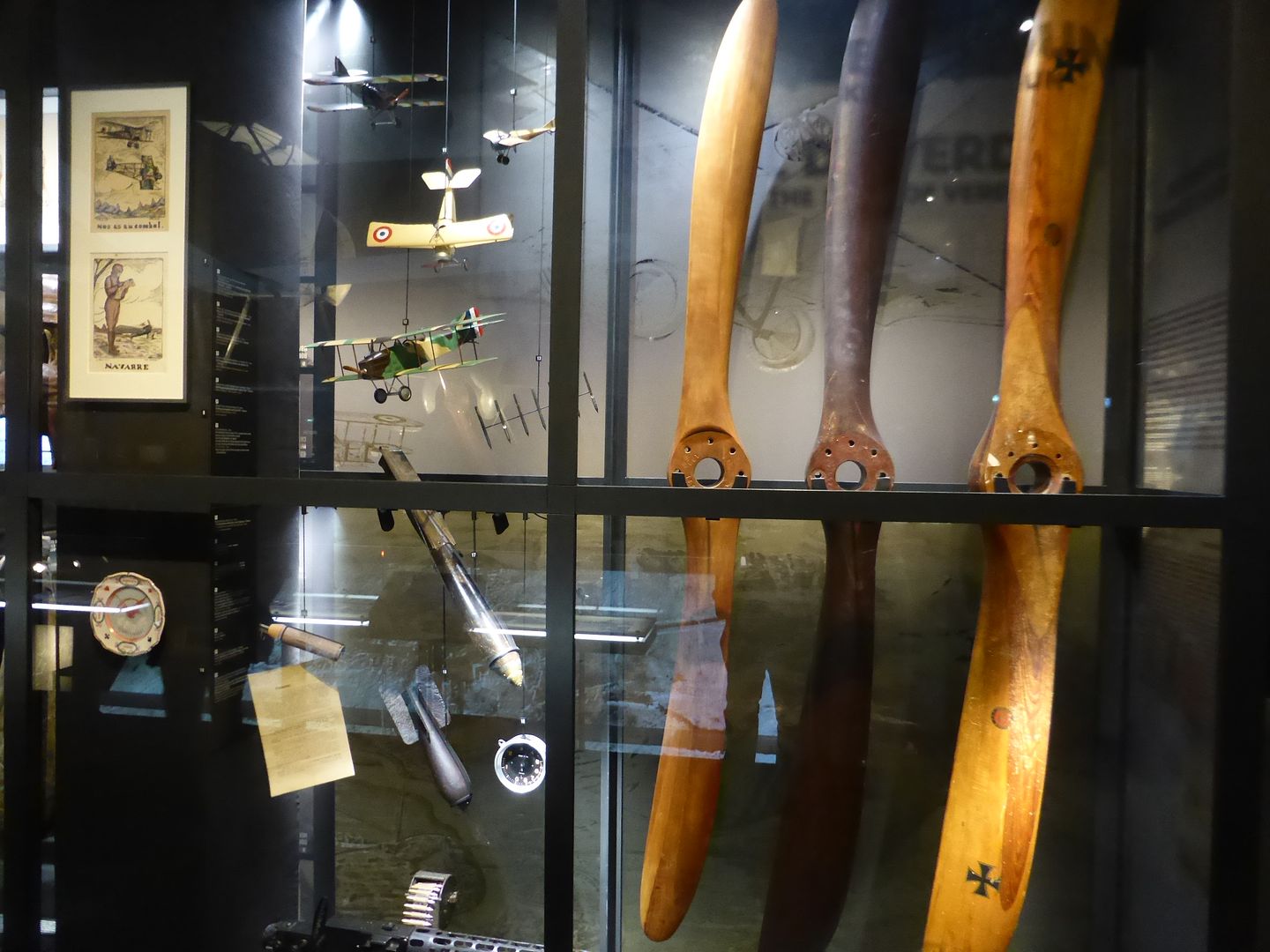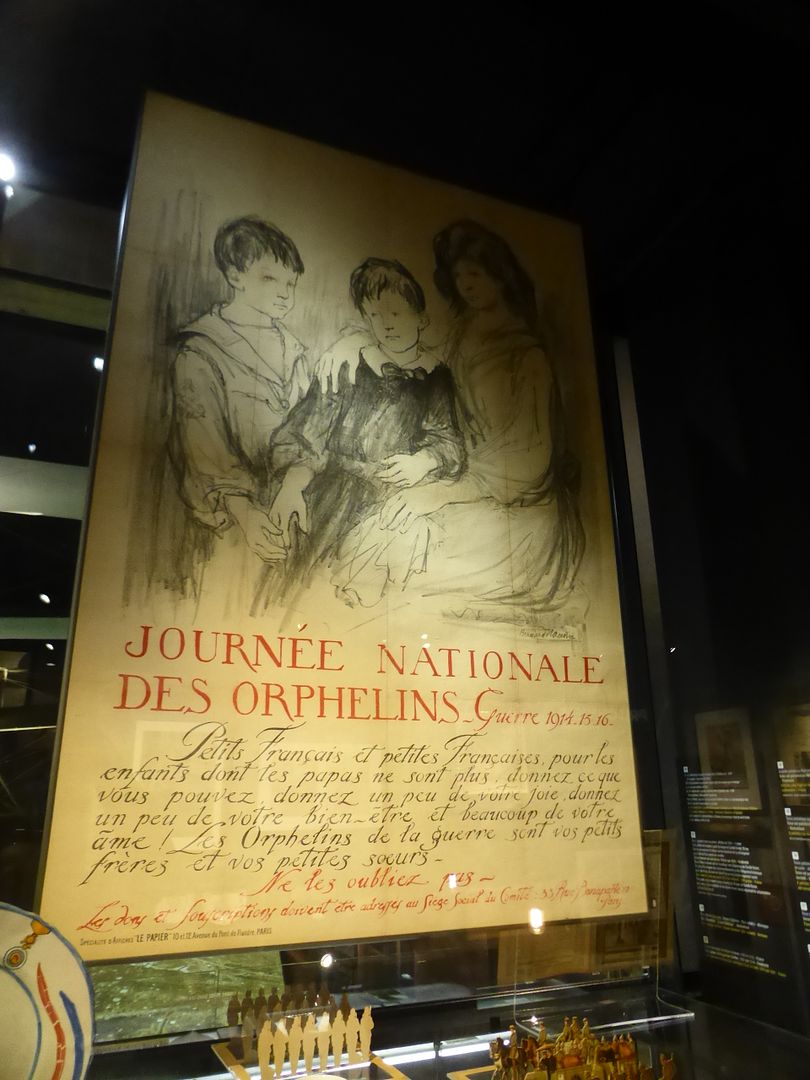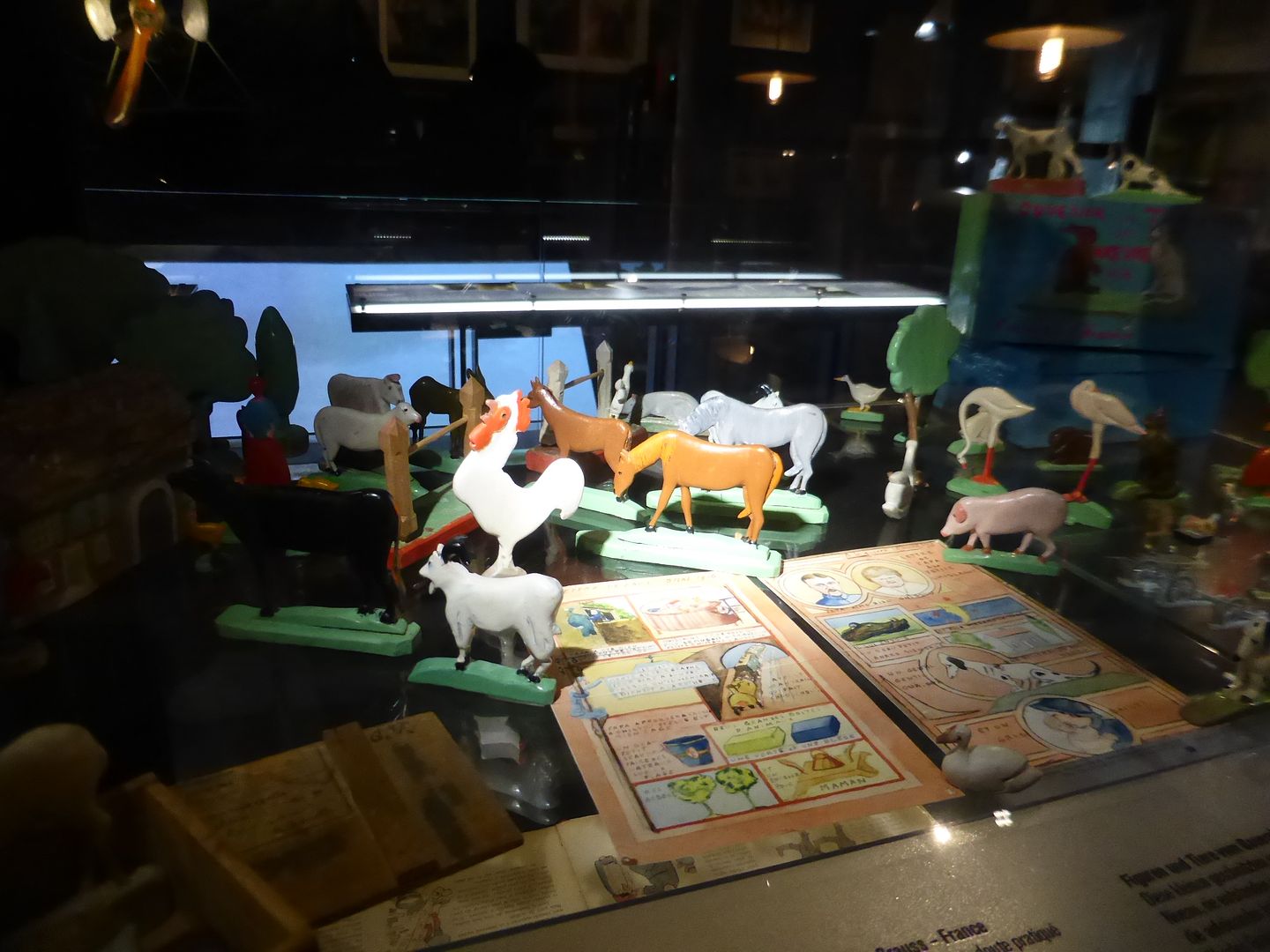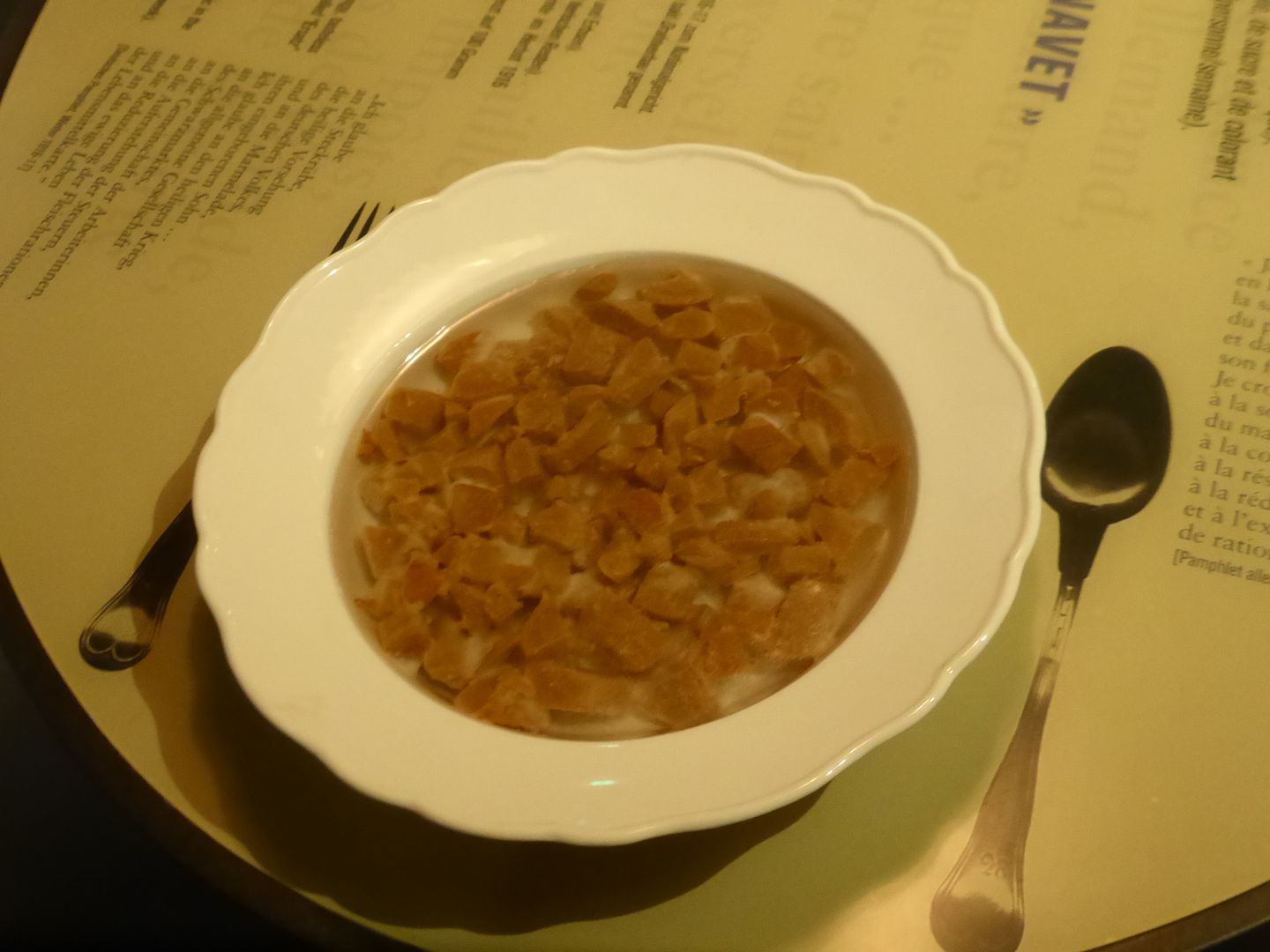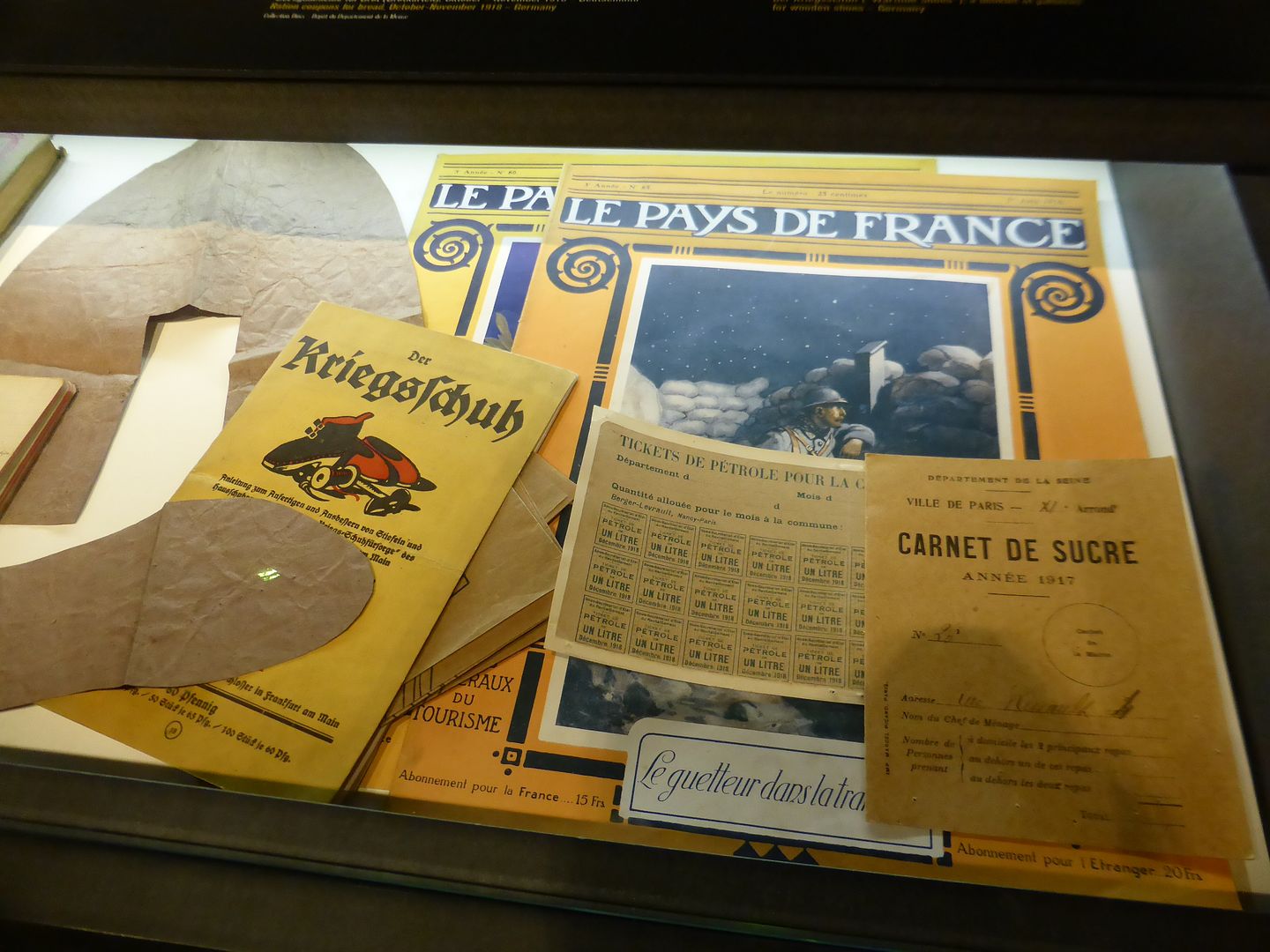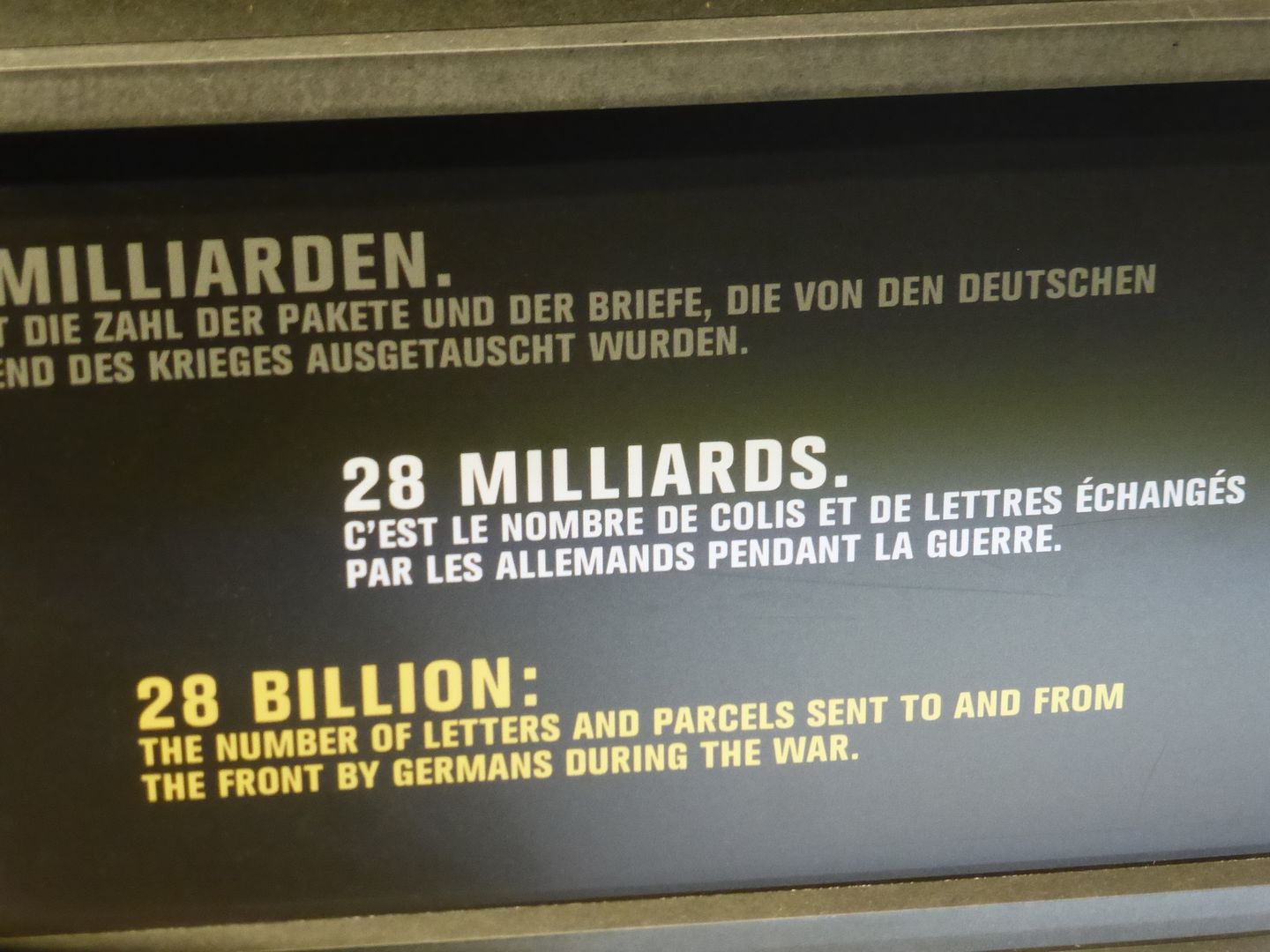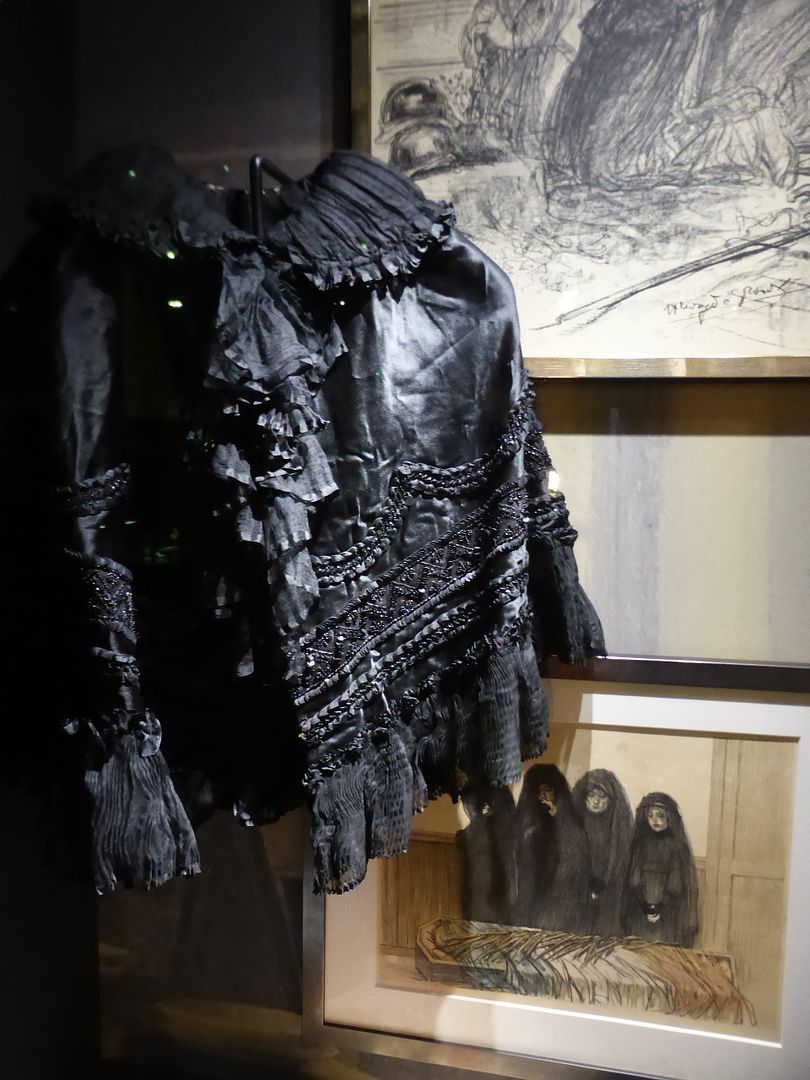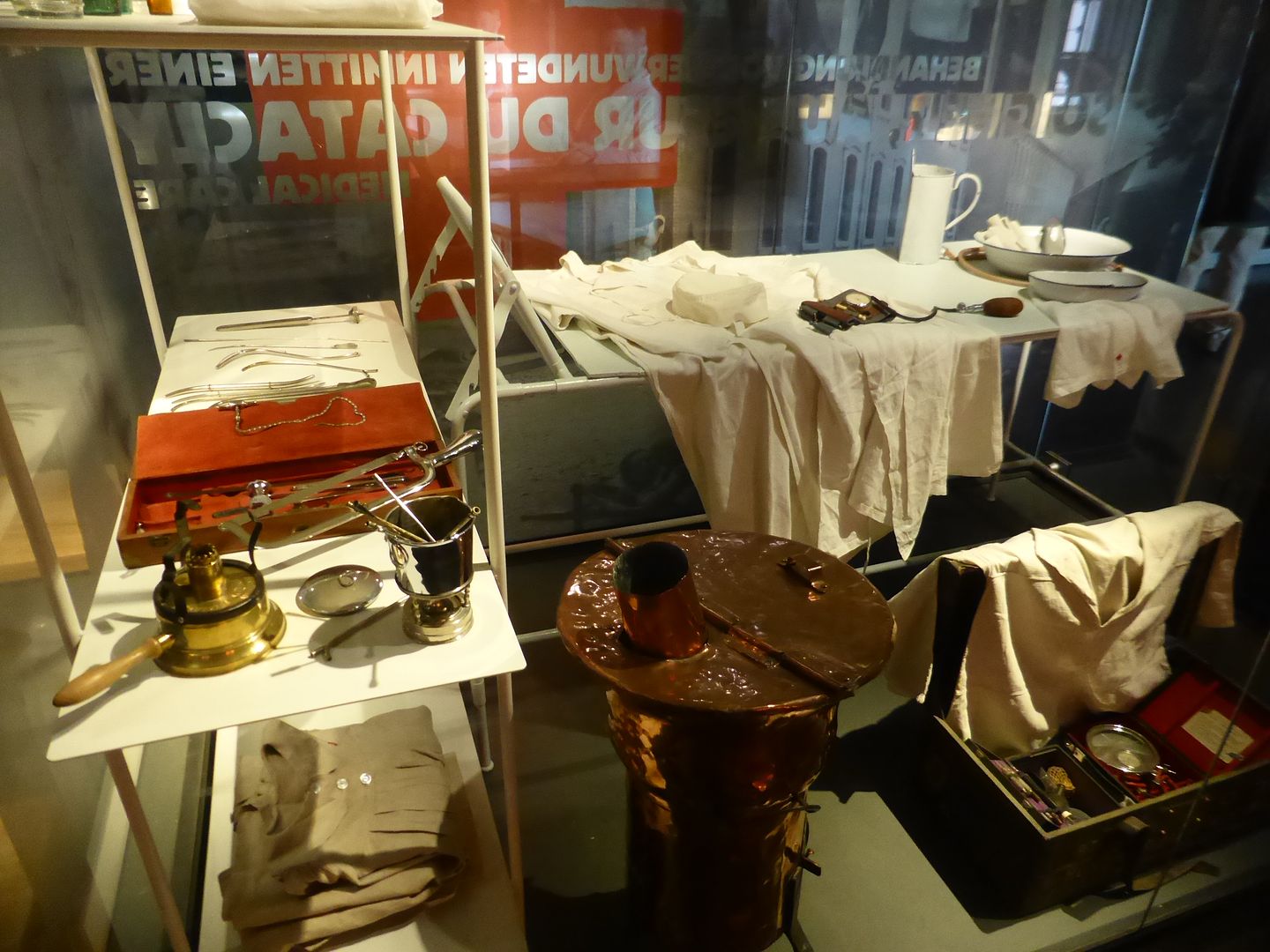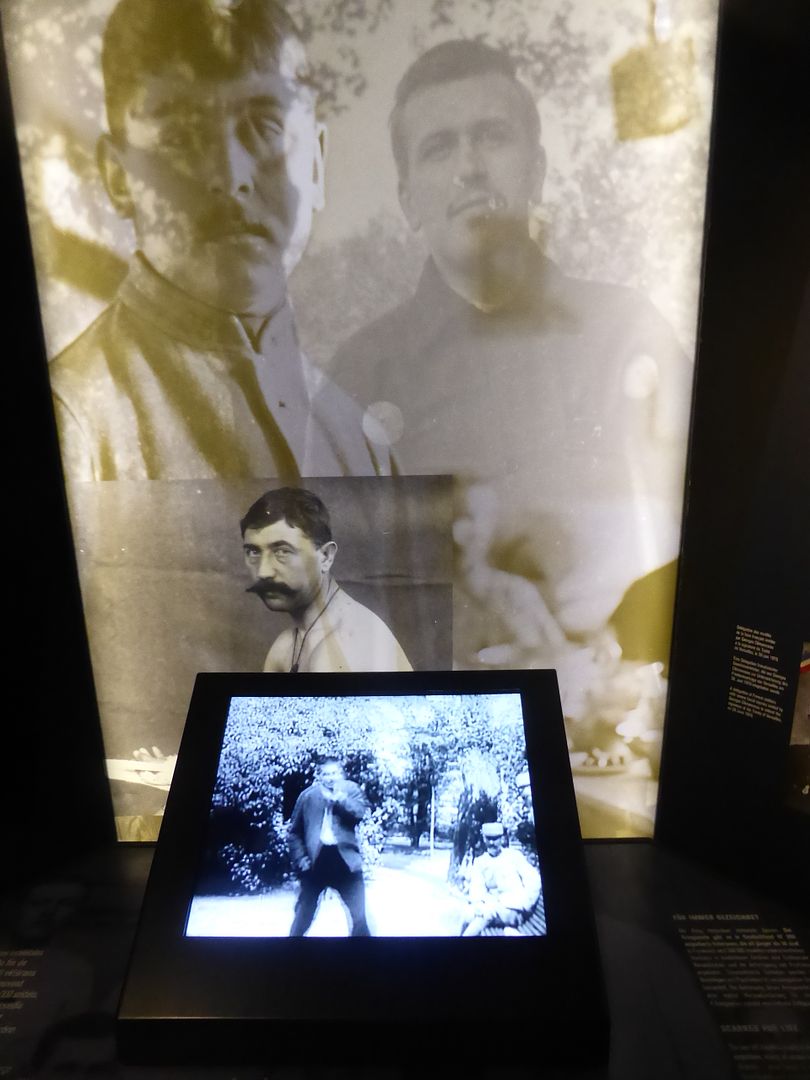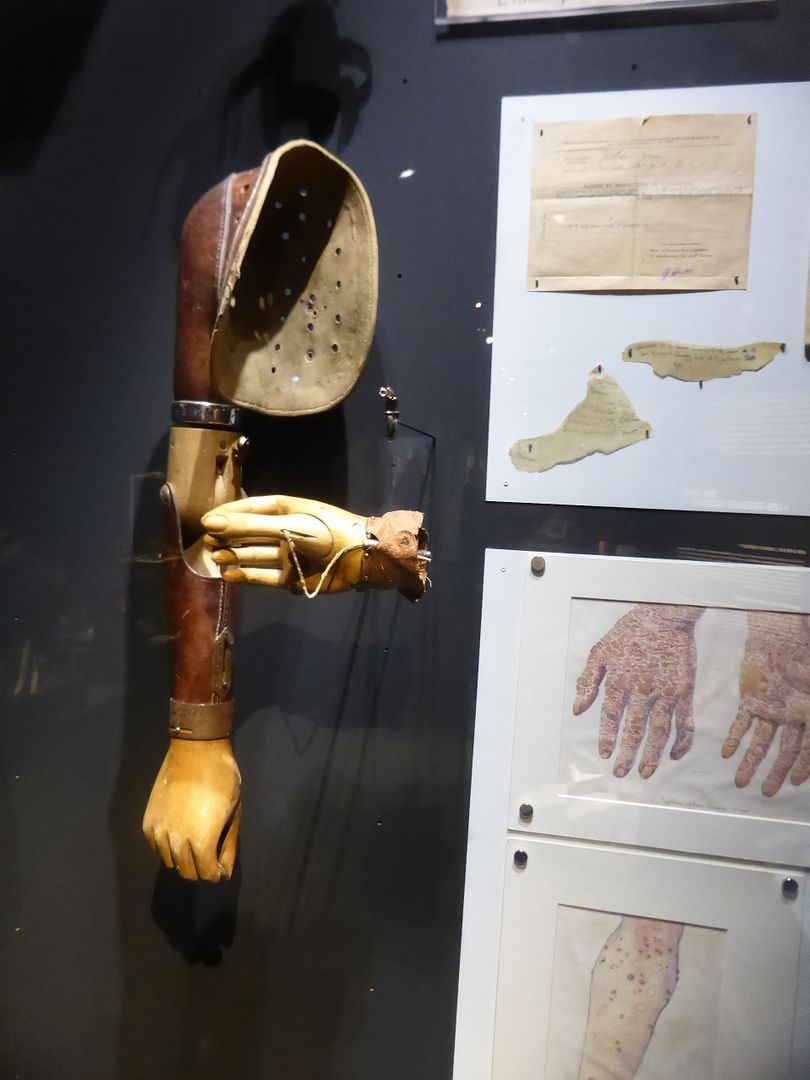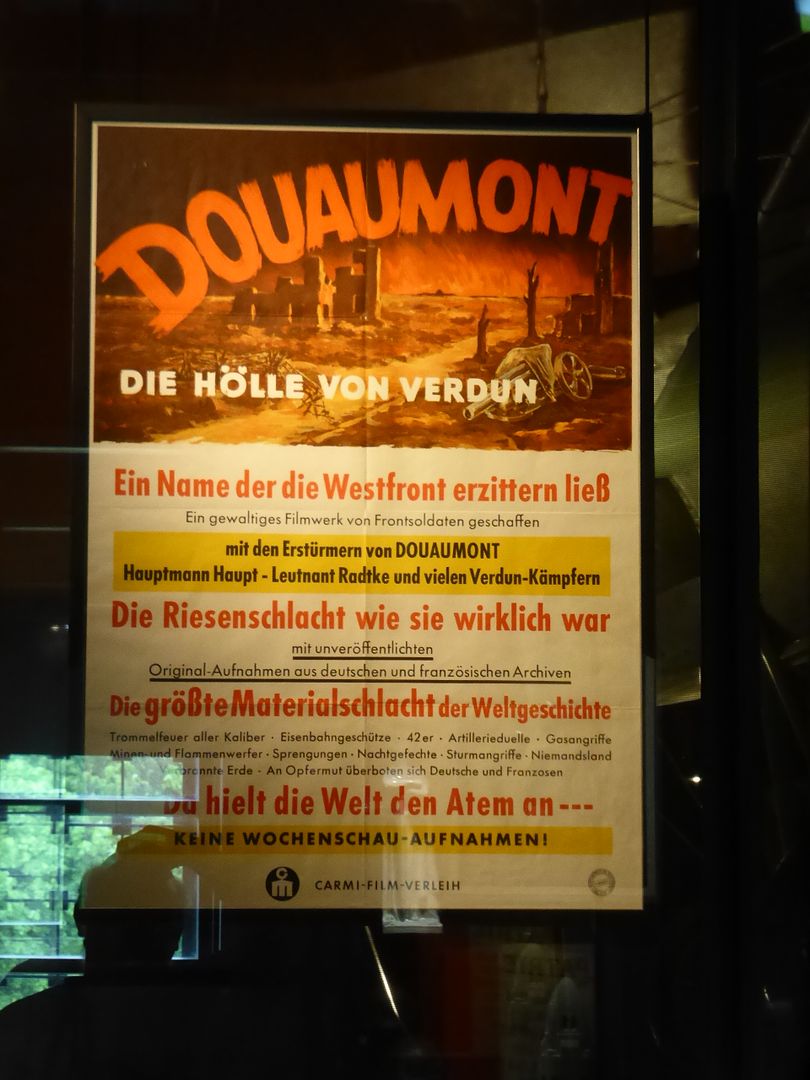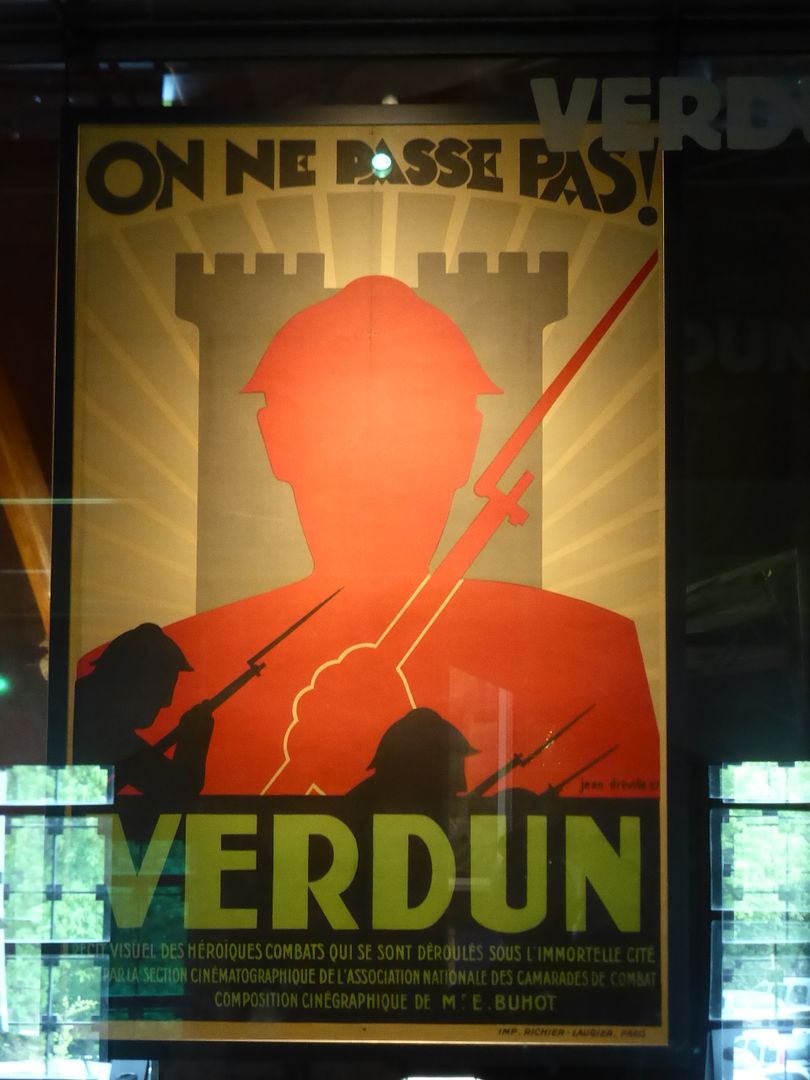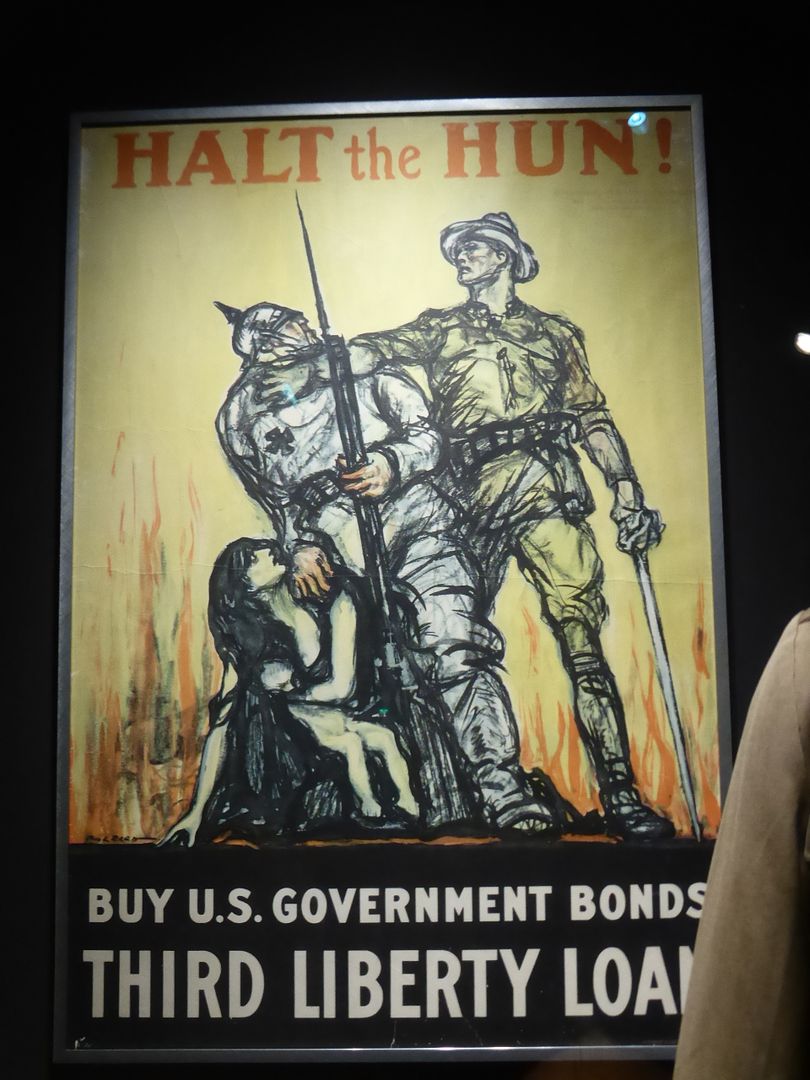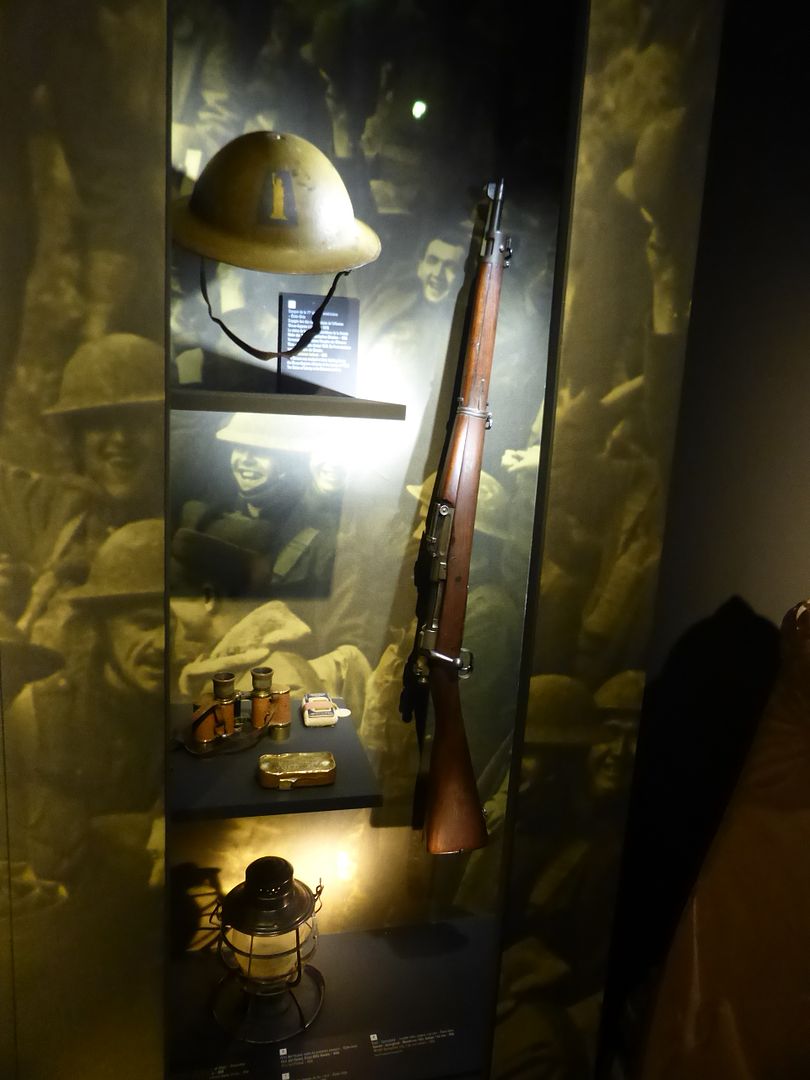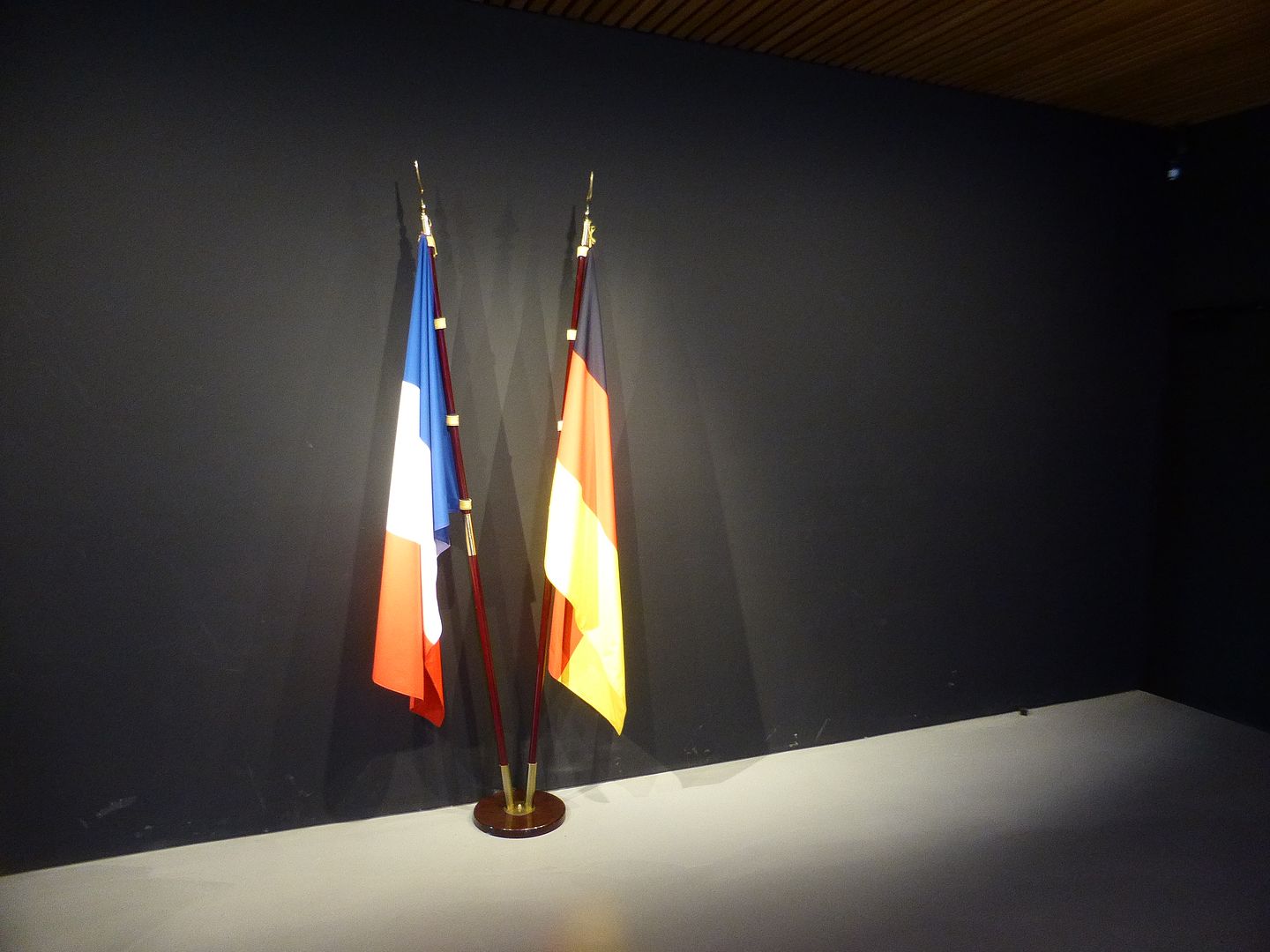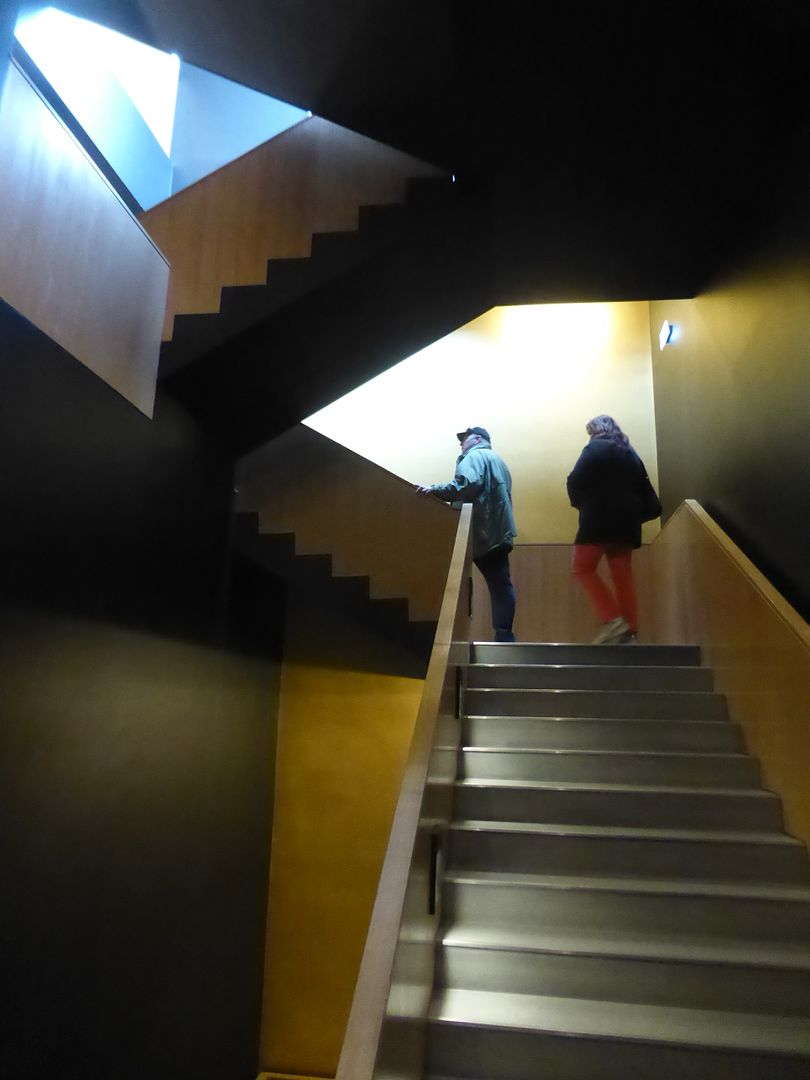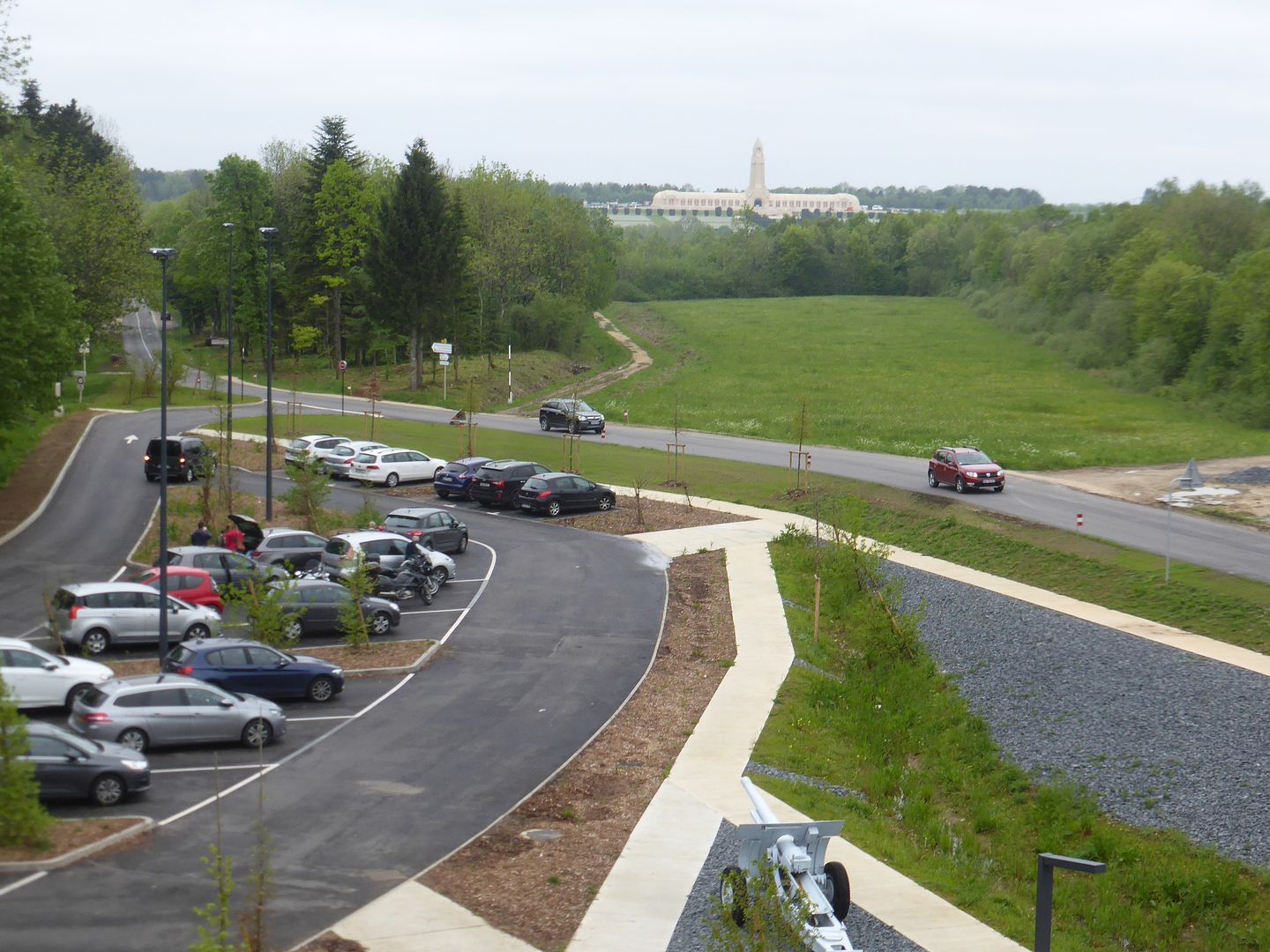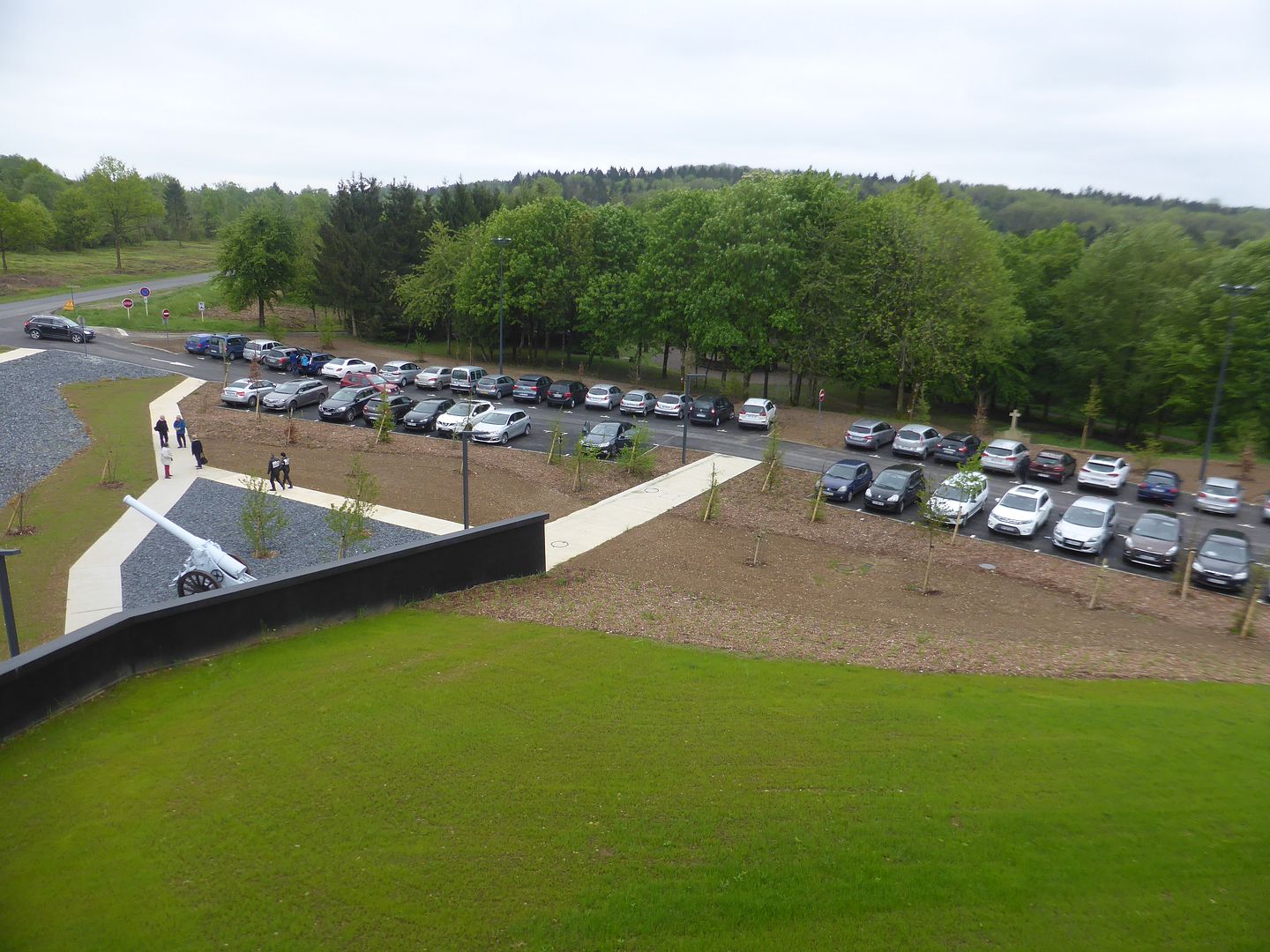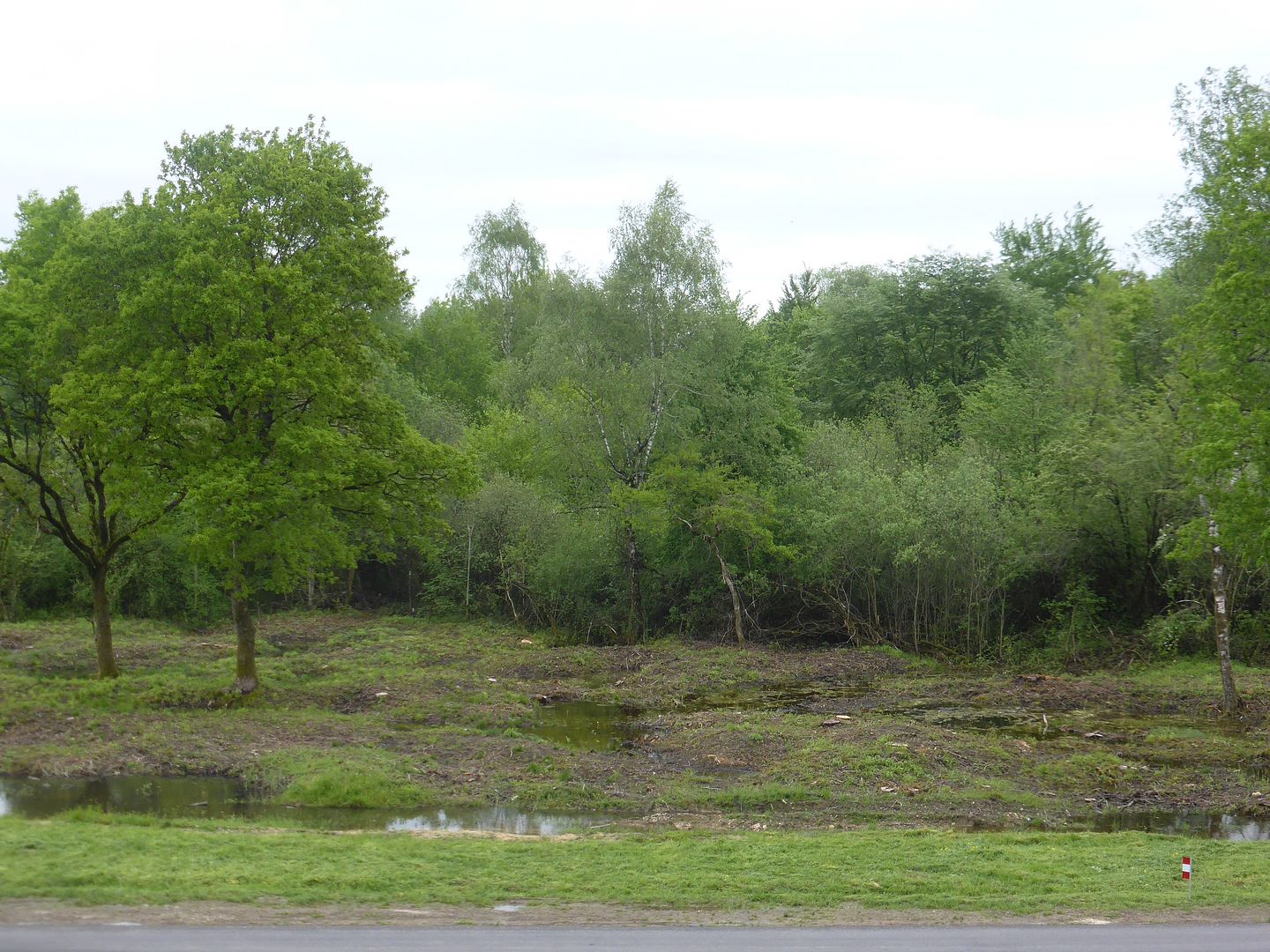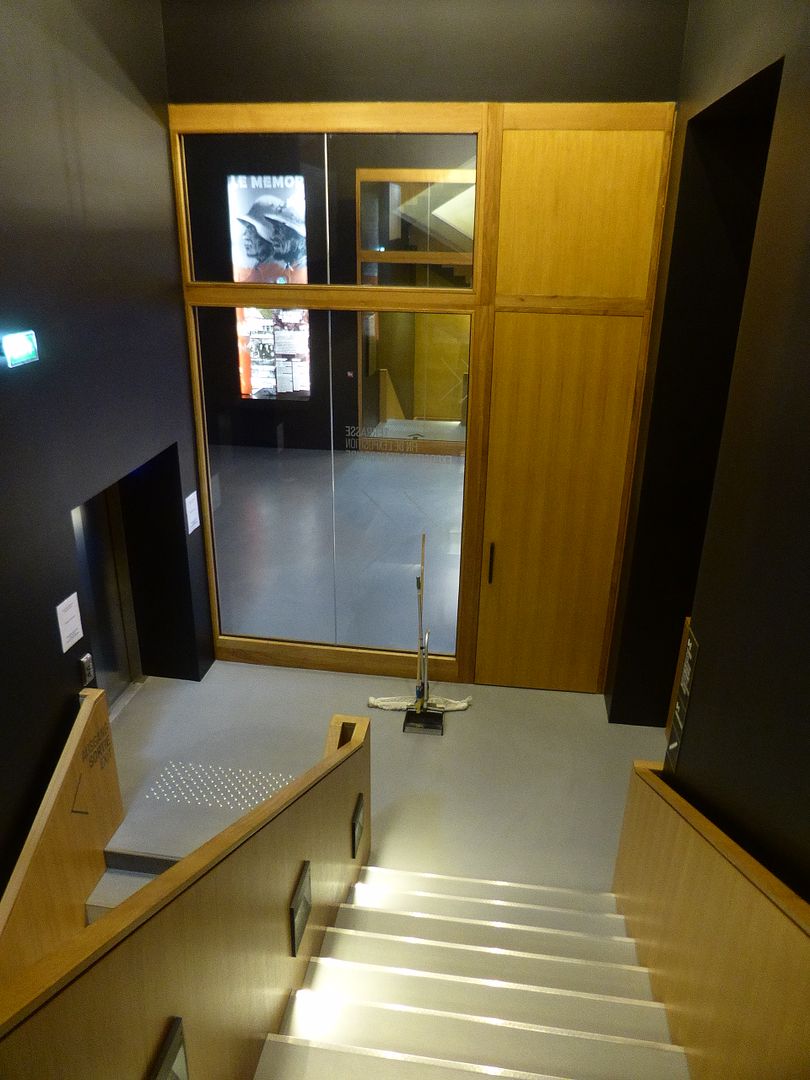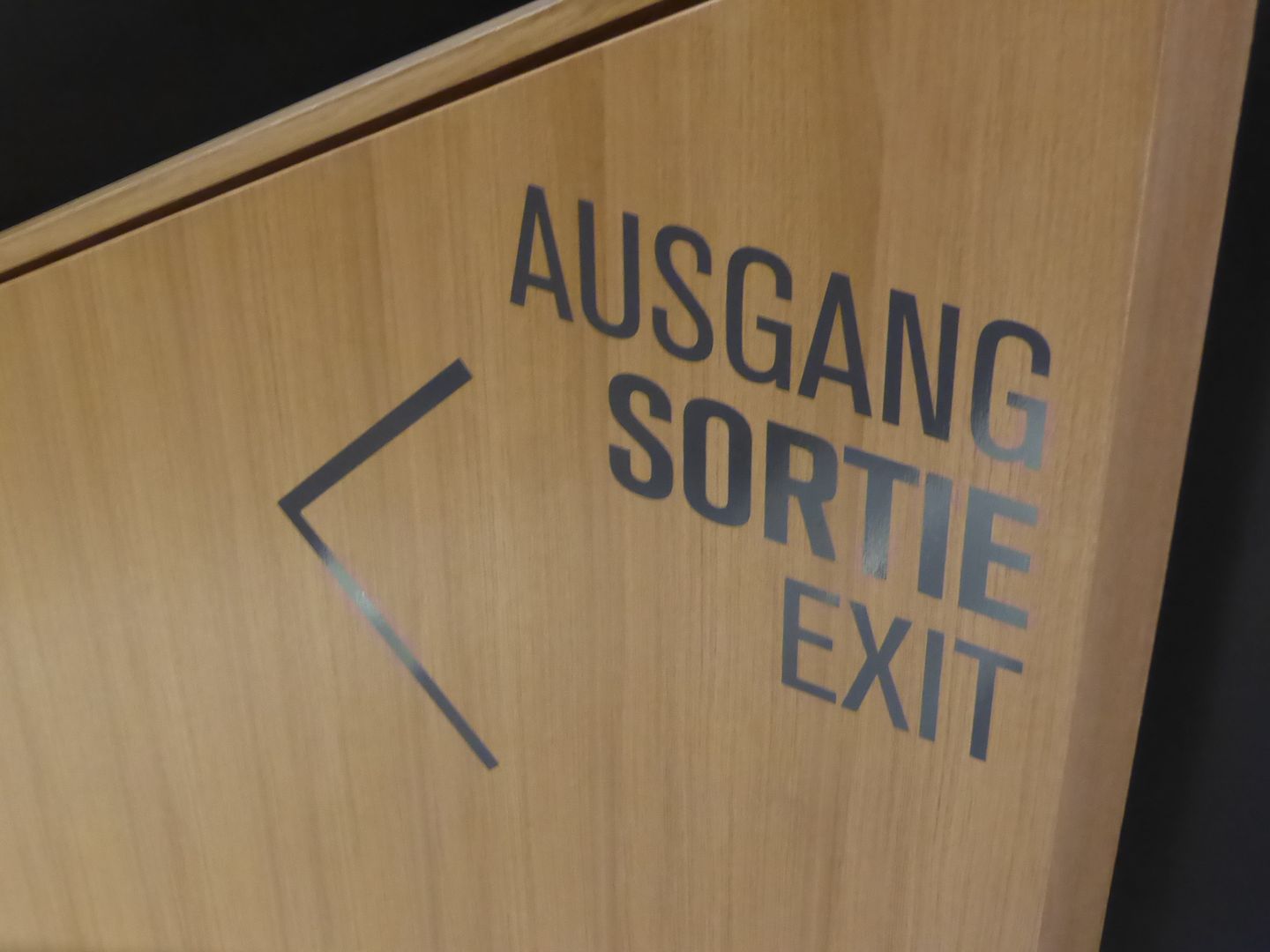Mémorial de Verdun / WW1 Verdun museum (by kerouac2)
May 18, 2016 17:03:30 GMT
Post by Deleted on May 18, 2016 17:03:30 GMT
The Mémorial de Verdun was created in 1967, but I never visited it. On my early trips to Verdun, it did not yet exist, and in later years our family would just go to the Douaumont ossuary and cemetery because it is just so damned impressive. When I have made trips on my own, I just drove past the boring looking Memorial and went straight to the ossuary, which looks like the presidential palace of the Morlocks with the crosses of the cemetery probably representing all of the Eloi that they have eaten.
In 2013, the Mémorial de Verdun closed for a three-year renovation and it reopened this year on February 21st. On May 29th, it will be officially inaugurated by François Hollande and Angela Merkel.
The Battle of Verdun was perhaps the longest and bloodiest battle of the Great War. It lasted for 10 months and killed or wounded 70,000 people each of those months. Their nationality doesn't really matter, but officially there were 362,000 French military casualities and 337,000 German casualties. Each side put one million soldiers into the battle. If any event of the 20th century deserves a memorial, it is this one. Just for comparison, the Normandy landings in 1944 concerned a grand total of 24,000 Allied troops and the related battles lasted less than two months. As the French expression goes, this is just "cat's pee" (du pipi de chat) in the grand scheme of things. I certainly do not want to demean this incredible achievement, but frankly it pales in comparison to what happened in Verdun.
For a long long time, French and German officials had great difficulty getting over this event. Normal French and German citizens had reconciled long before then, but governments never want to lose face about anything. The page was finally turned in 1984 when François Mitterrand and Helmut Kohl held hands during a commemoration ceremony in November. As recently as June 1984, Germany had still not been invited to the D-Day ceremonies, but the Verdun event reconciled the countries completely.
The Mémorial de Verdun had long been considered much too austere by the public, which did not go there much. I don't even want to try to imagine what sort of crap was on display. In any case, for the renovation it was decided to have a completely balanced Franco-German vision of the battle whereas the previous version was from an exclusively French viewpoint. The museum contains more than 2000 items on three floors. Just for the record, there is another WW1 museum in the city of Verdun itself, called the Centre Mondial de la Paix (World Centre for Peace). I have never been there either.
The original building is the white structure, and the black parts on top were added during the renovation.
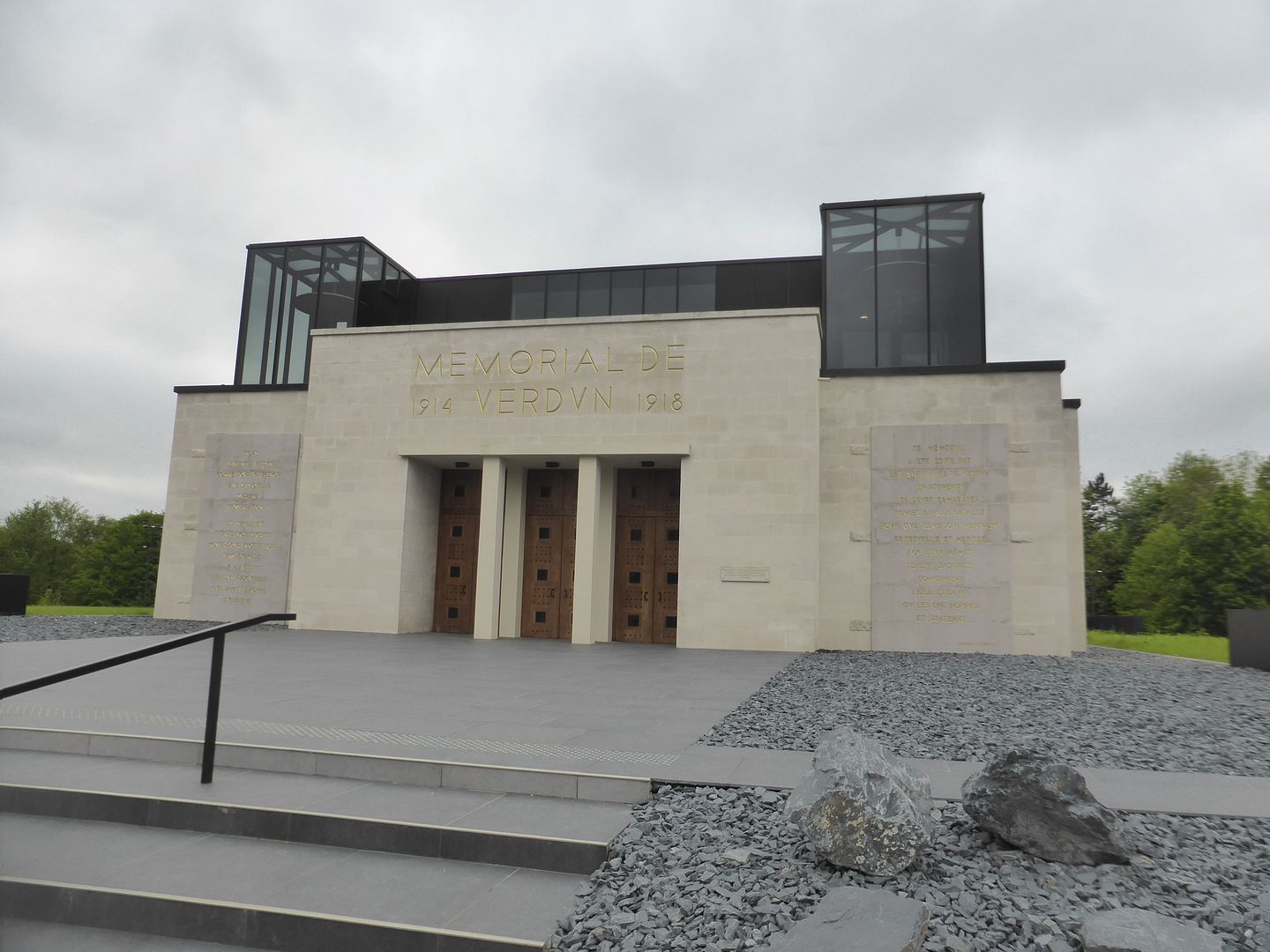
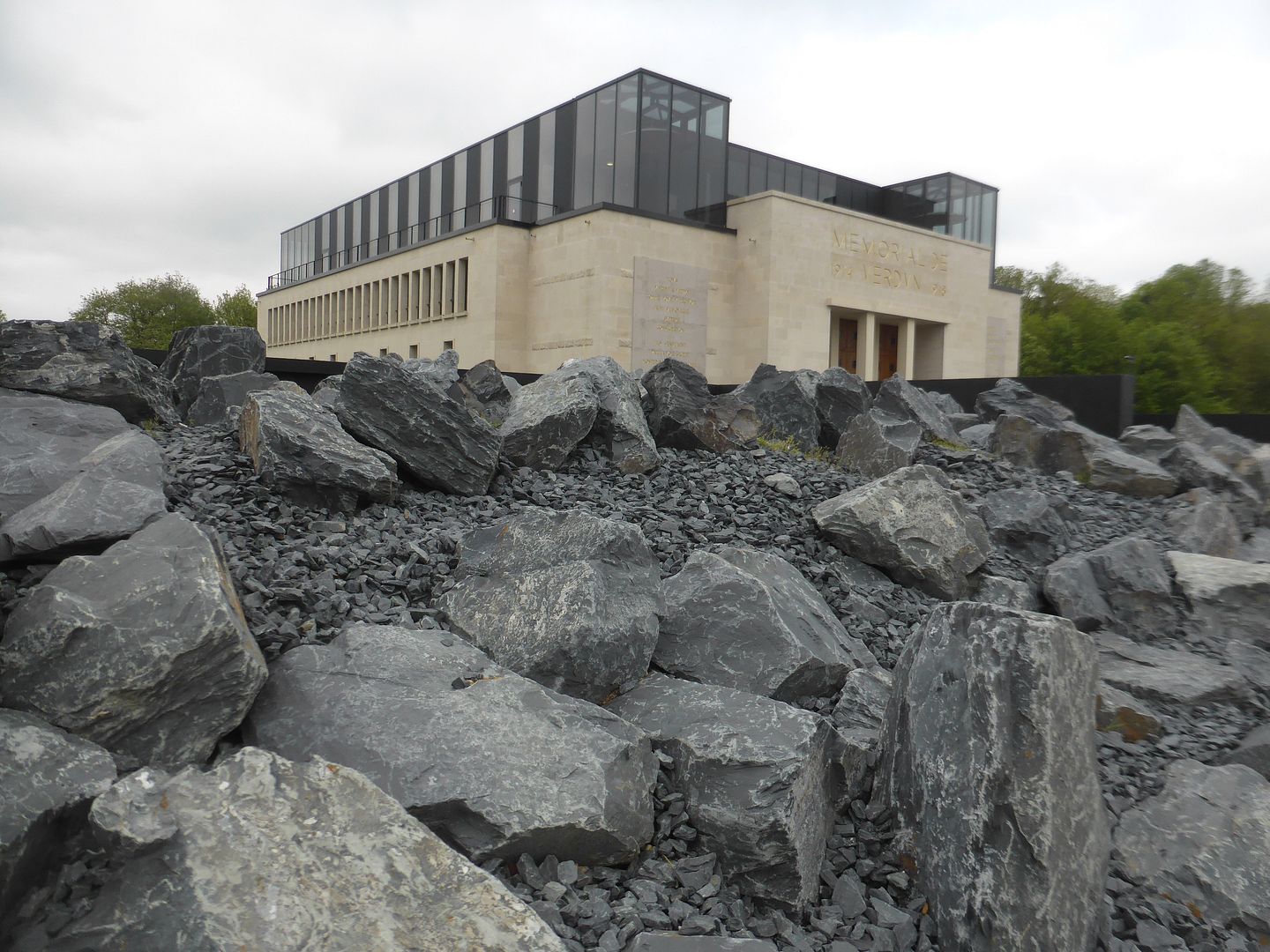
As usual, there were as many German plates on the cars in the parking lot as French cars. There were also some Belgians.
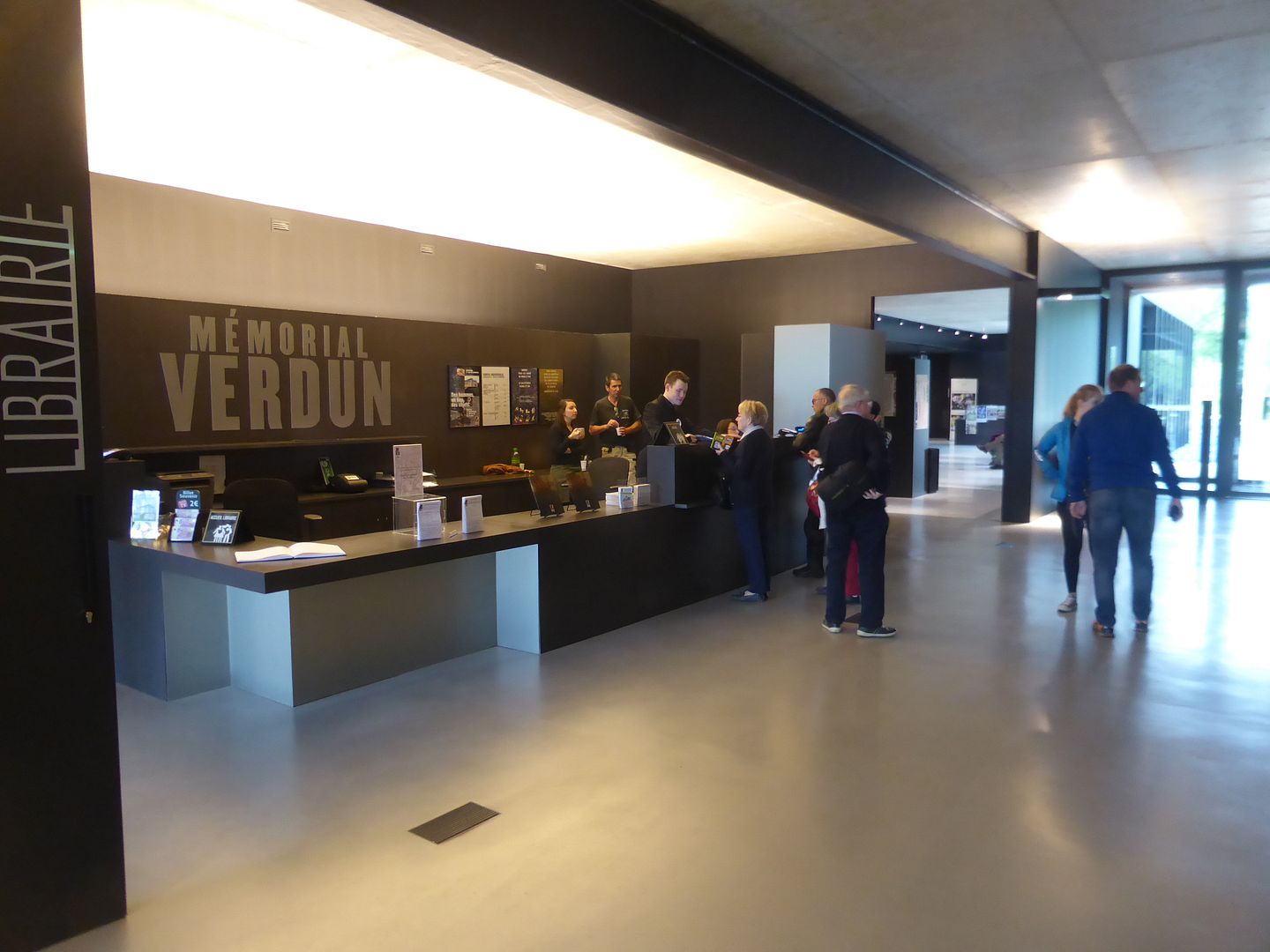
In the first room, there is a lot of stuff to read and a map of the battlefront. My grandparents' village had been overrun by then.
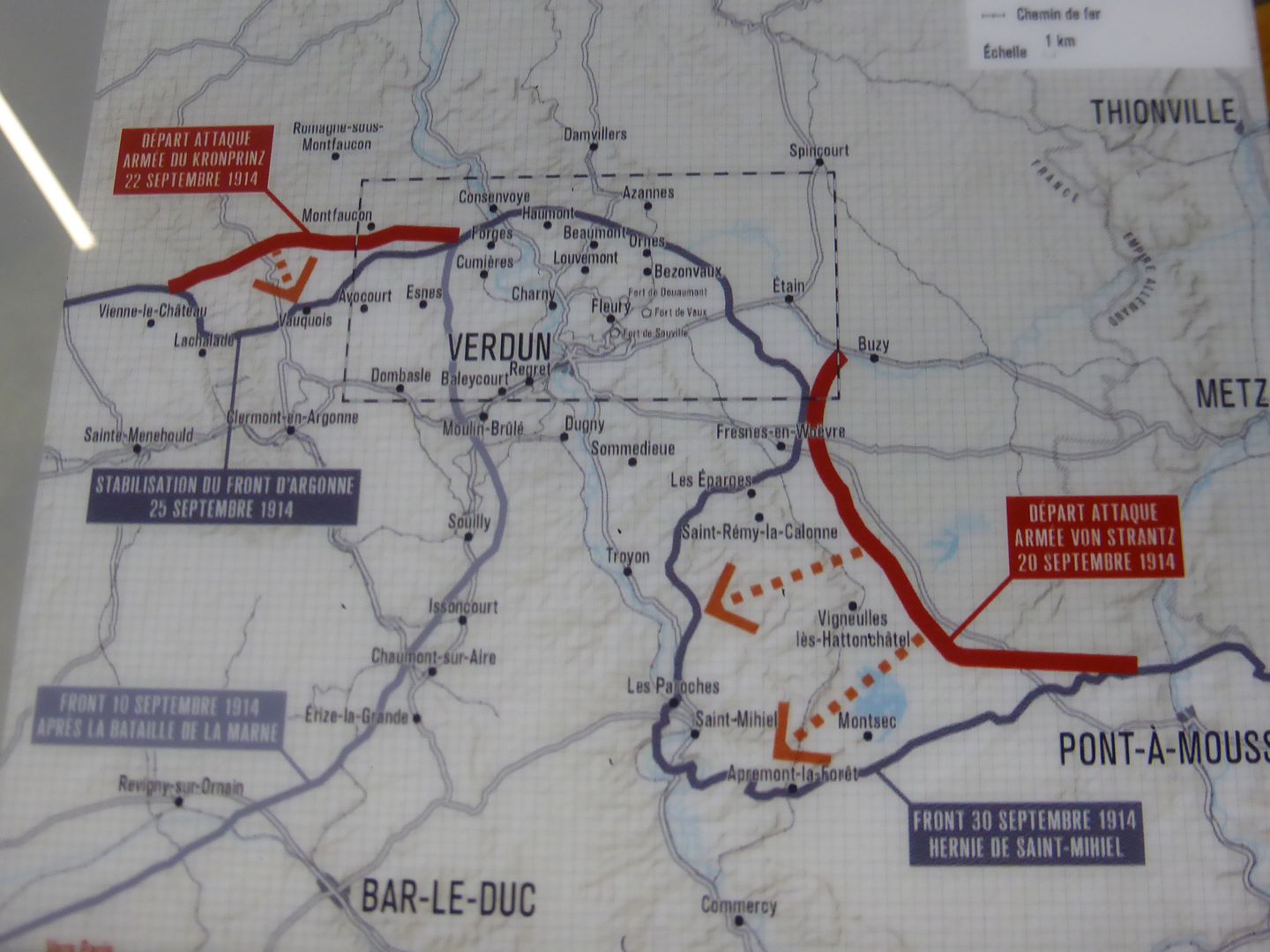
A lot of the floors were made of glass so that one was obliged to walk over all of the elements of the battlefields.
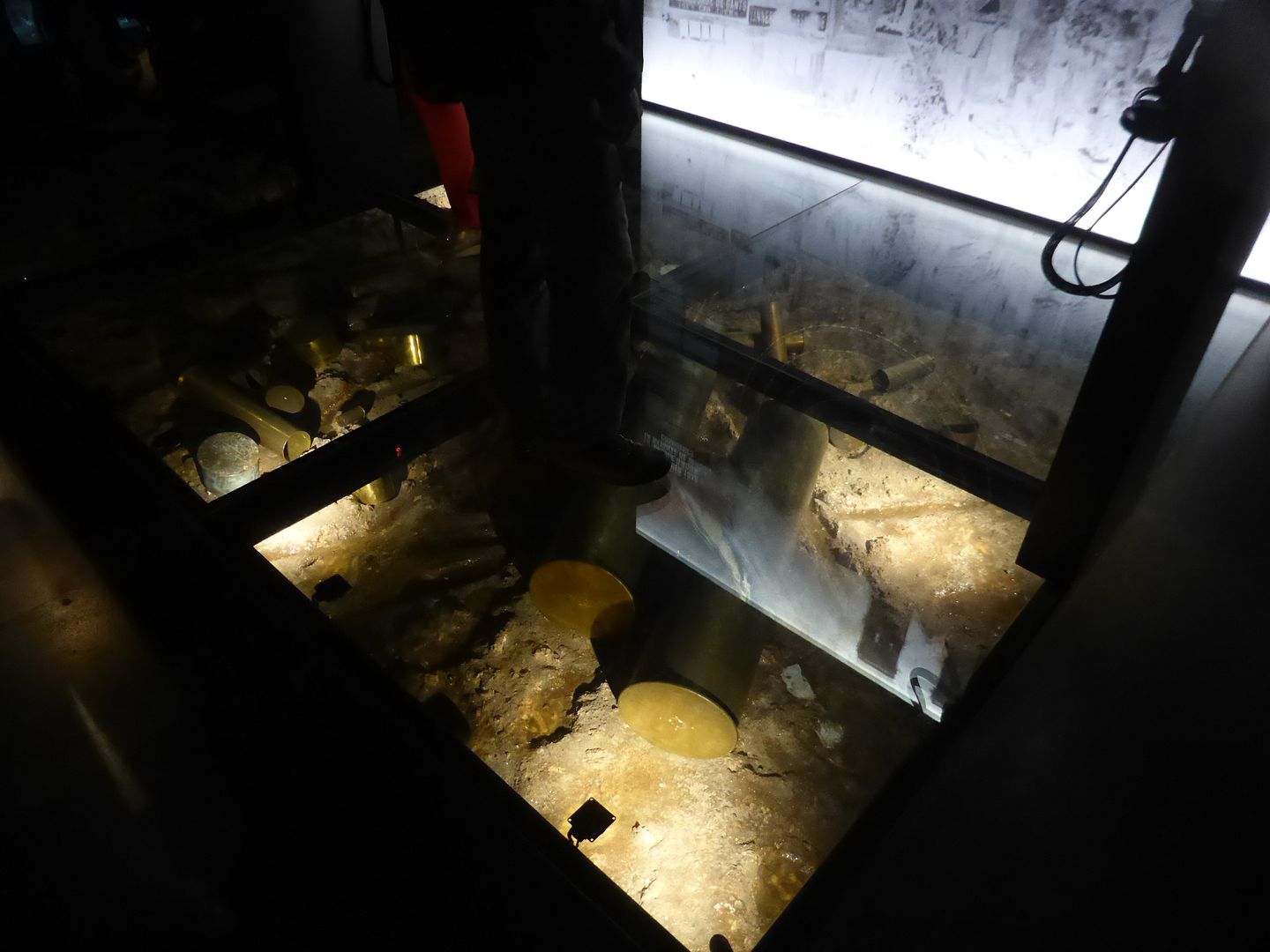
It is not at all forgotten that many of the French troops came from Africa.

Another major source of troops was Annam (Vietnam).
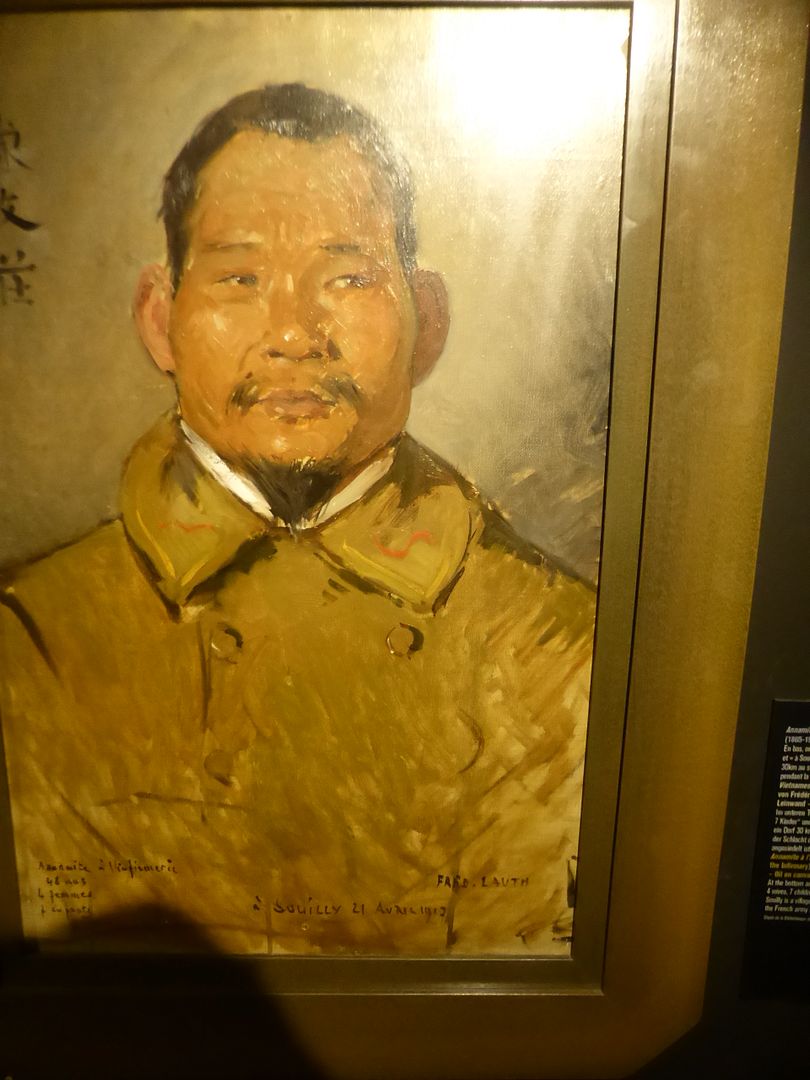
What was at stake in this war? This map shows all of the French and German colonial territories on the planet at that time.

German officers had lovely helmets and medals.
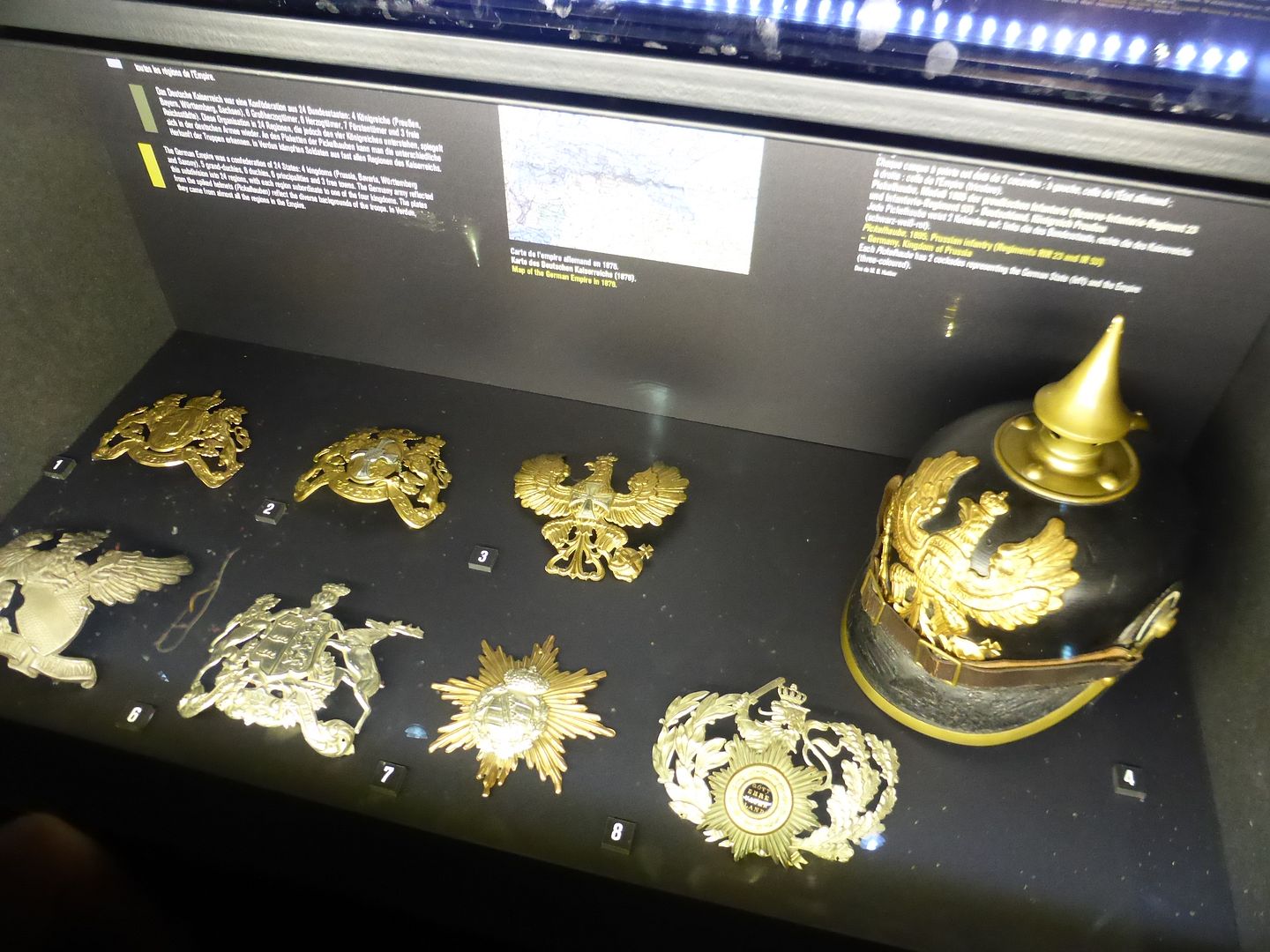
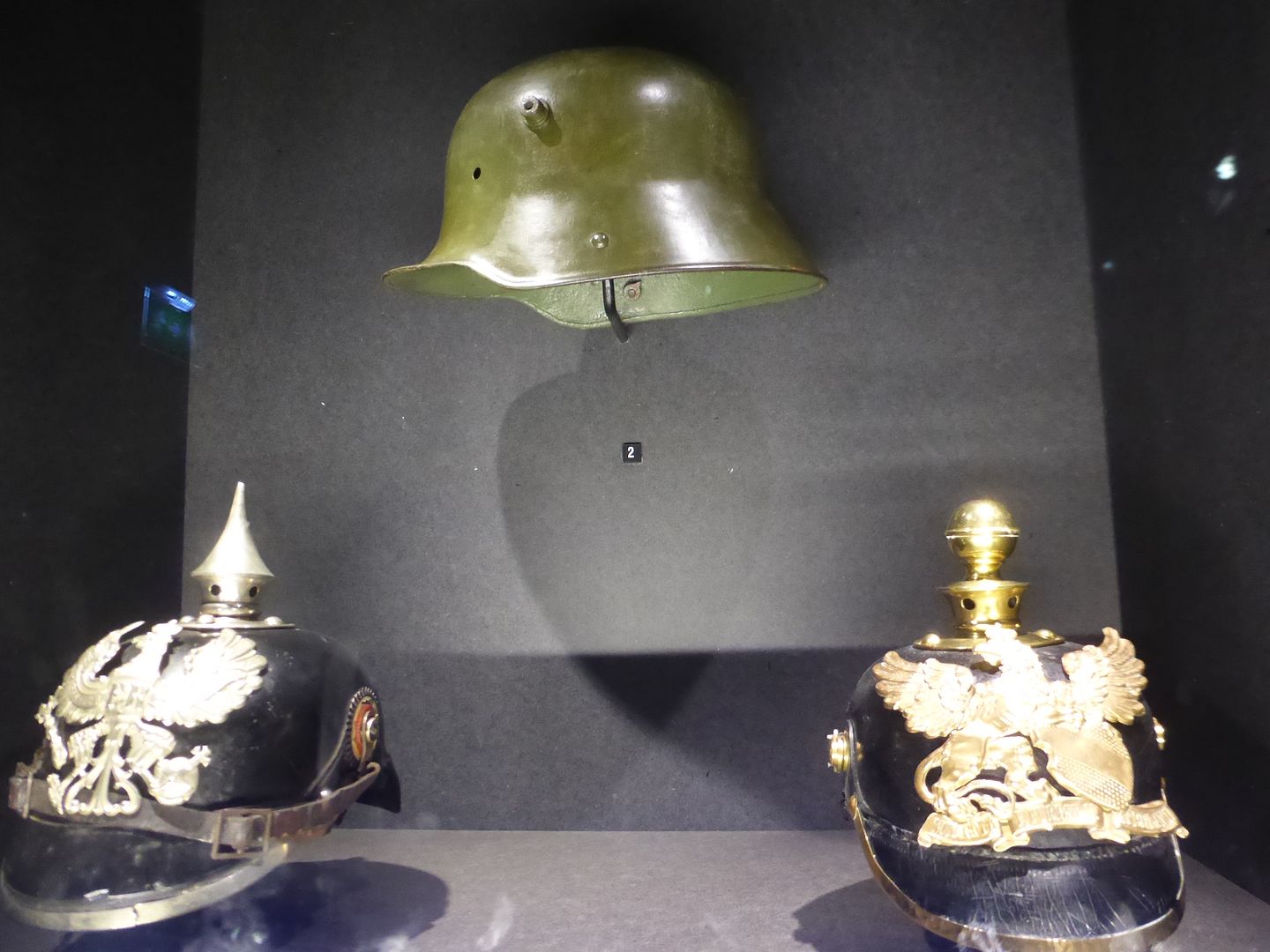
Soldiers' uniforms were designed not to show dirt. The French were still wearing red trousers at that time before changing to a similar colour during the war.
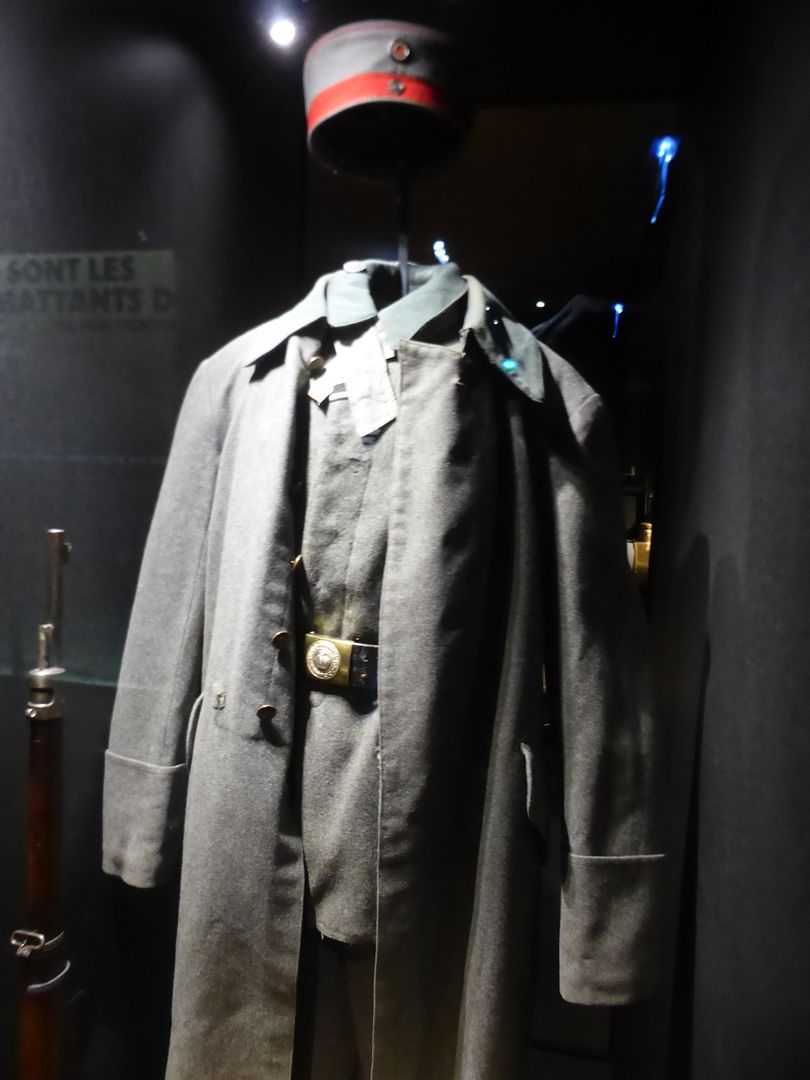
It was very important to be in possession of your identity booklet, particularly if you got killed.
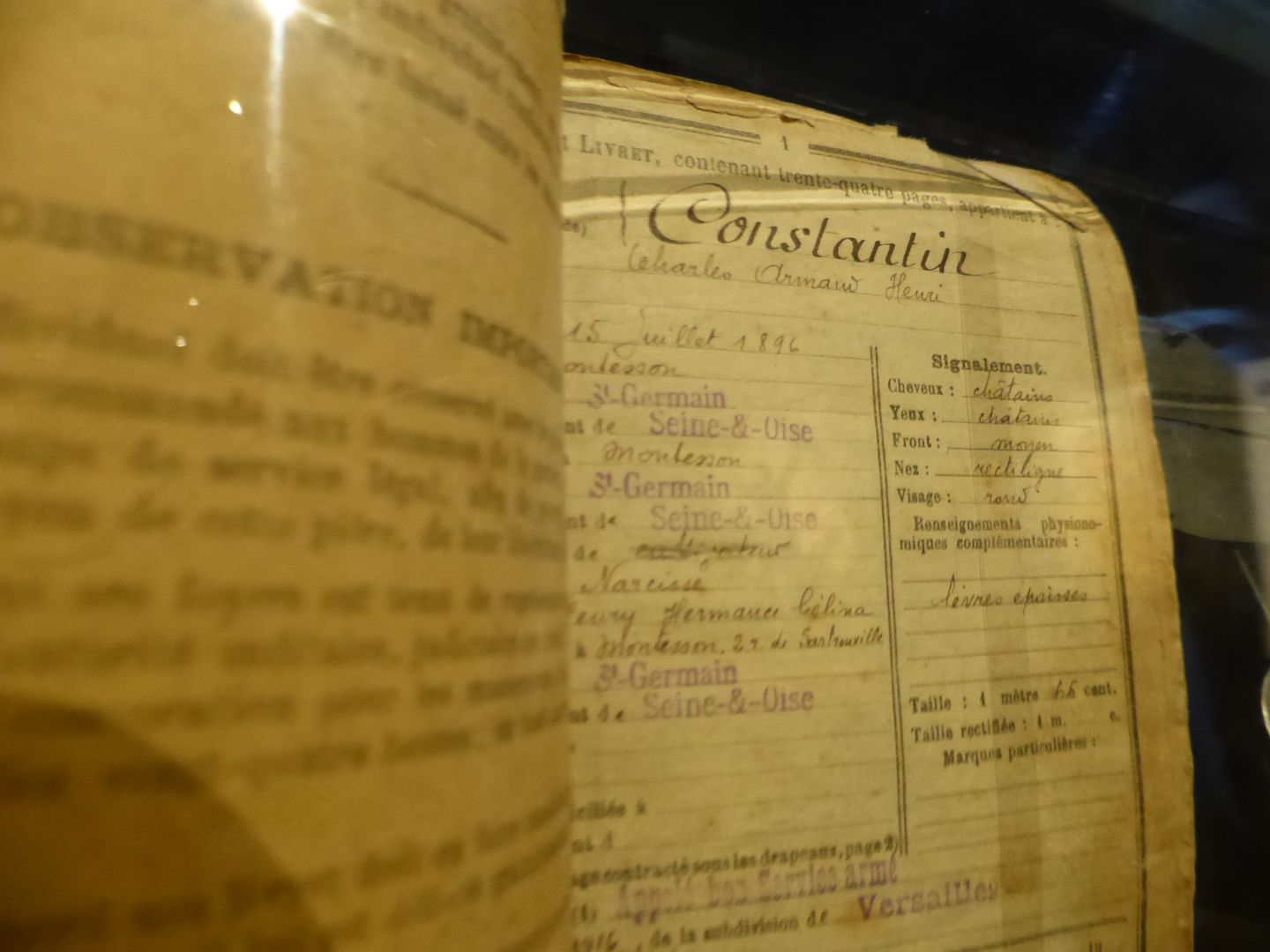
In 2013, the Mémorial de Verdun closed for a three-year renovation and it reopened this year on February 21st. On May 29th, it will be officially inaugurated by François Hollande and Angela Merkel.
The Battle of Verdun was perhaps the longest and bloodiest battle of the Great War. It lasted for 10 months and killed or wounded 70,000 people each of those months. Their nationality doesn't really matter, but officially there were 362,000 French military casualities and 337,000 German casualties. Each side put one million soldiers into the battle. If any event of the 20th century deserves a memorial, it is this one. Just for comparison, the Normandy landings in 1944 concerned a grand total of 24,000 Allied troops and the related battles lasted less than two months. As the French expression goes, this is just "cat's pee" (du pipi de chat) in the grand scheme of things. I certainly do not want to demean this incredible achievement, but frankly it pales in comparison to what happened in Verdun.
For a long long time, French and German officials had great difficulty getting over this event. Normal French and German citizens had reconciled long before then, but governments never want to lose face about anything. The page was finally turned in 1984 when François Mitterrand and Helmut Kohl held hands during a commemoration ceremony in November. As recently as June 1984, Germany had still not been invited to the D-Day ceremonies, but the Verdun event reconciled the countries completely.
The Mémorial de Verdun had long been considered much too austere by the public, which did not go there much. I don't even want to try to imagine what sort of crap was on display. In any case, for the renovation it was decided to have a completely balanced Franco-German vision of the battle whereas the previous version was from an exclusively French viewpoint. The museum contains more than 2000 items on three floors. Just for the record, there is another WW1 museum in the city of Verdun itself, called the Centre Mondial de la Paix (World Centre for Peace). I have never been there either.
The original building is the white structure, and the black parts on top were added during the renovation.


As usual, there were as many German plates on the cars in the parking lot as French cars. There were also some Belgians.

In the first room, there is a lot of stuff to read and a map of the battlefront. My grandparents' village had been overrun by then.

A lot of the floors were made of glass so that one was obliged to walk over all of the elements of the battlefields.

It is not at all forgotten that many of the French troops came from Africa.

Another major source of troops was Annam (Vietnam).

What was at stake in this war? This map shows all of the French and German colonial territories on the planet at that time.

German officers had lovely helmets and medals.


Soldiers' uniforms were designed not to show dirt. The French were still wearing red trousers at that time before changing to a similar colour during the war.

It was very important to be in possession of your identity booklet, particularly if you got killed.




